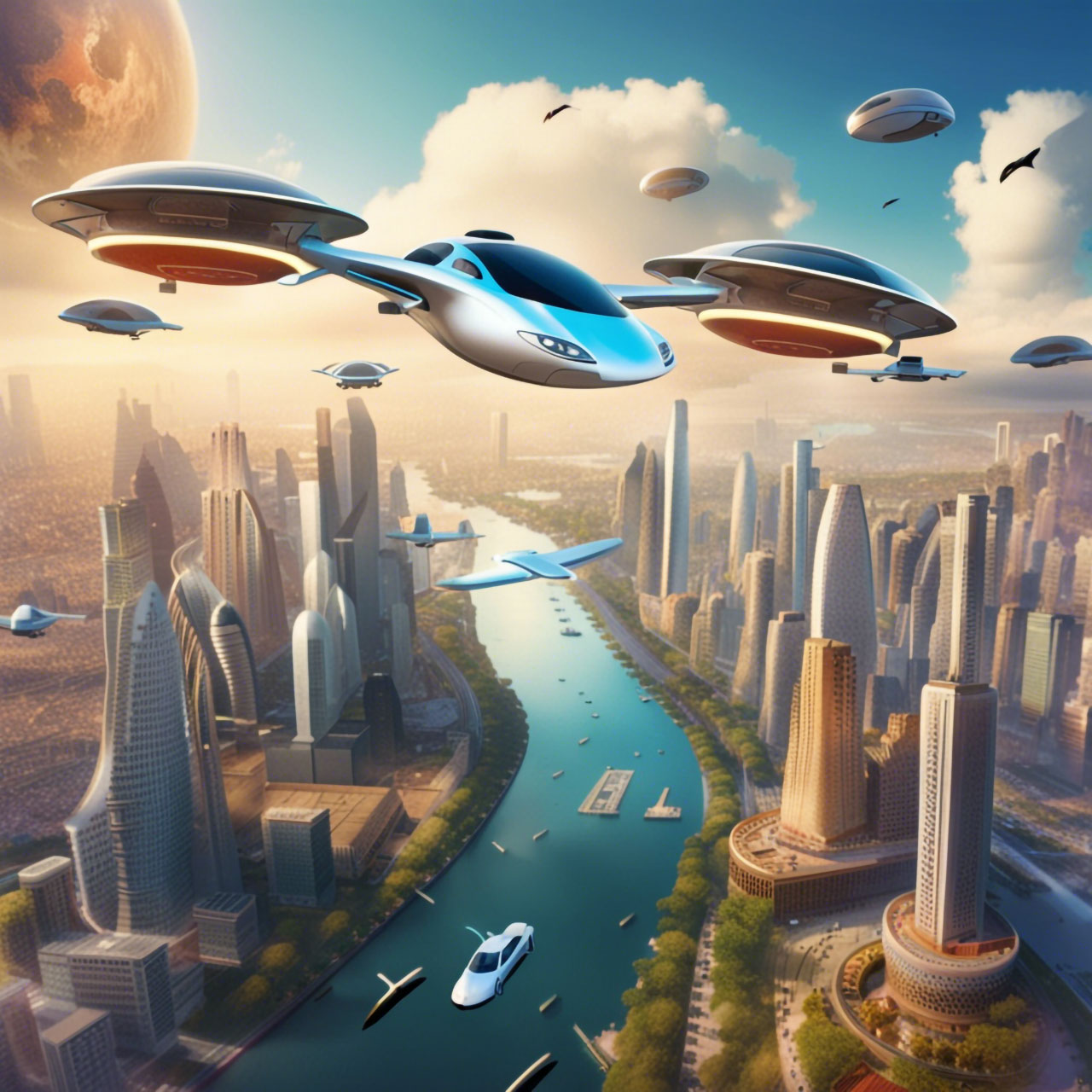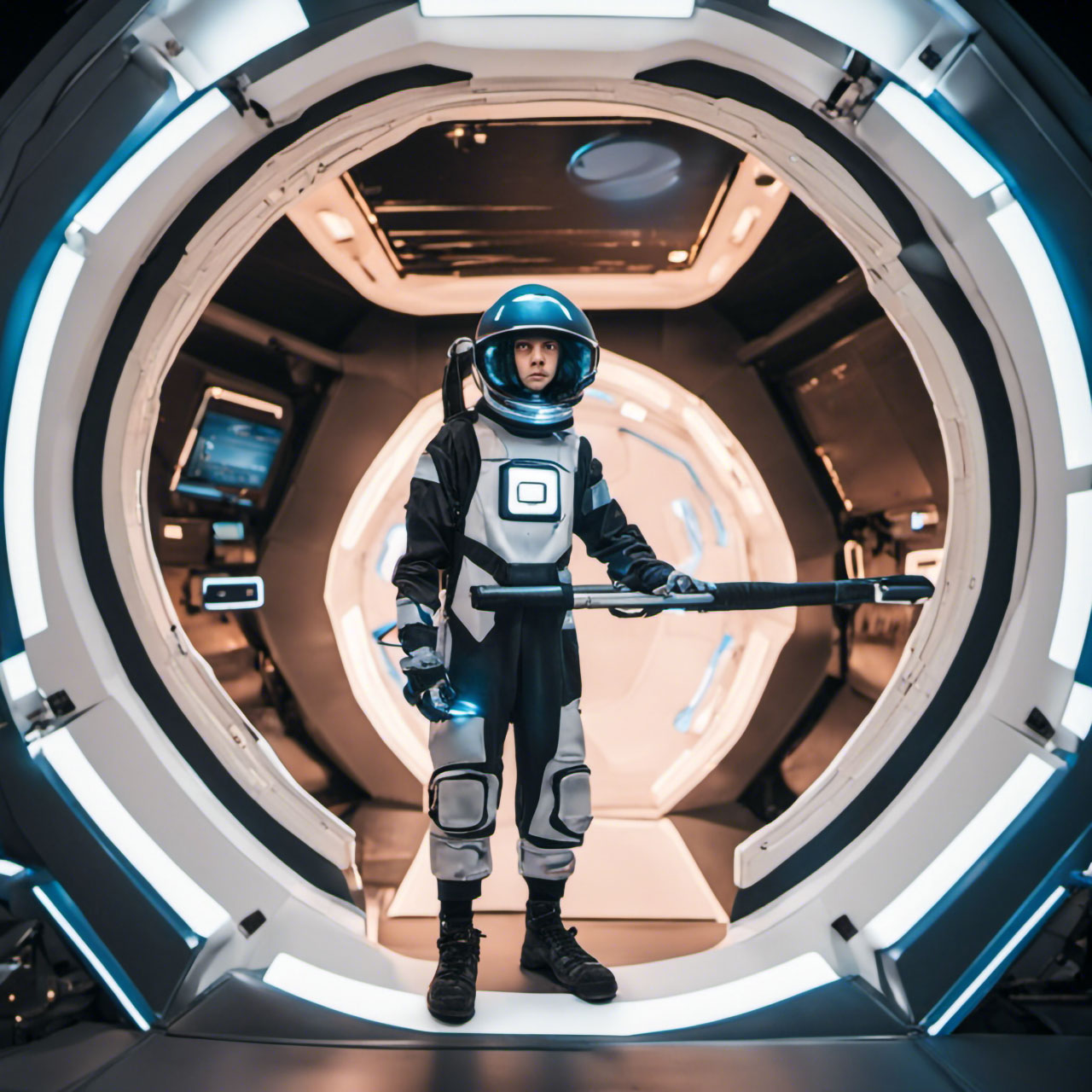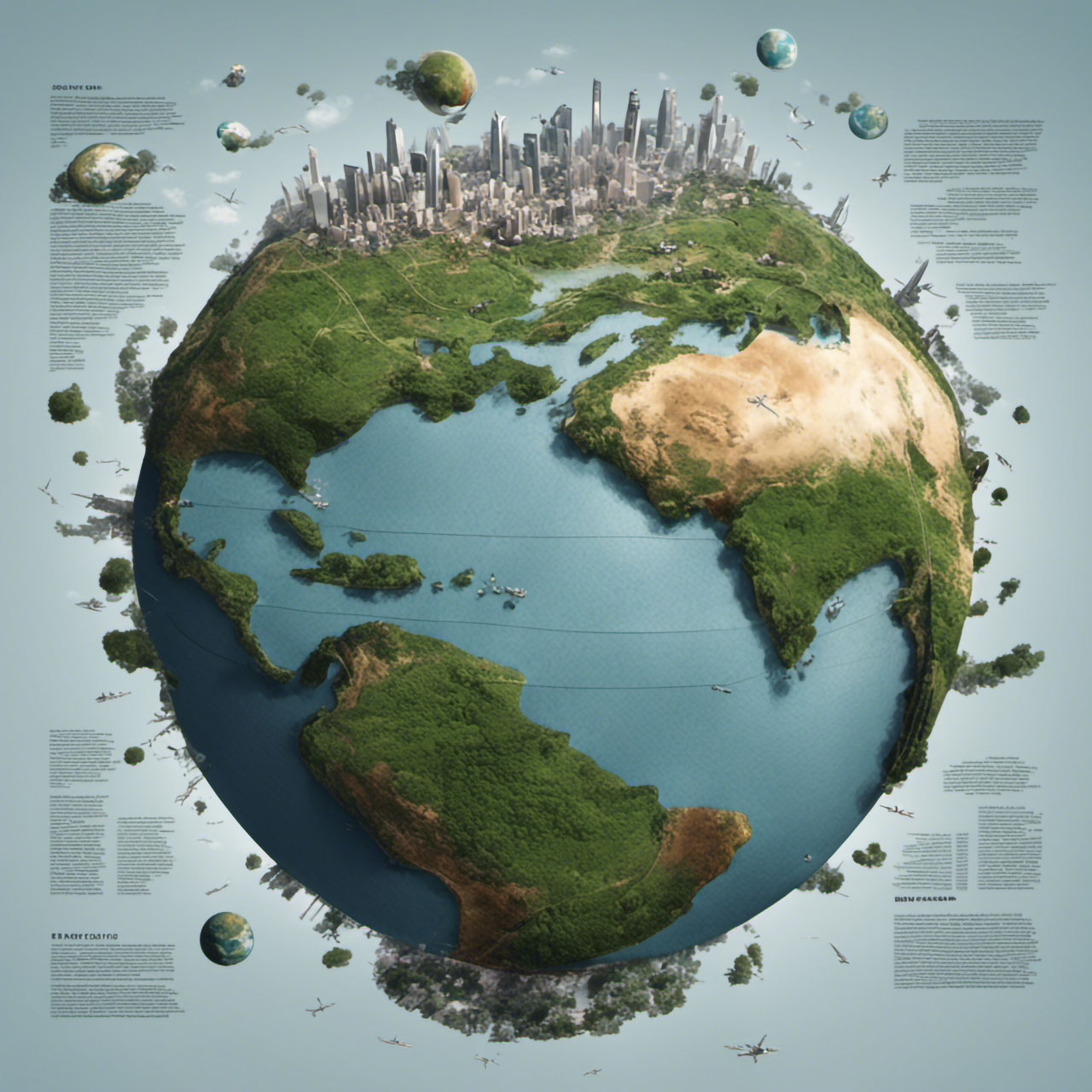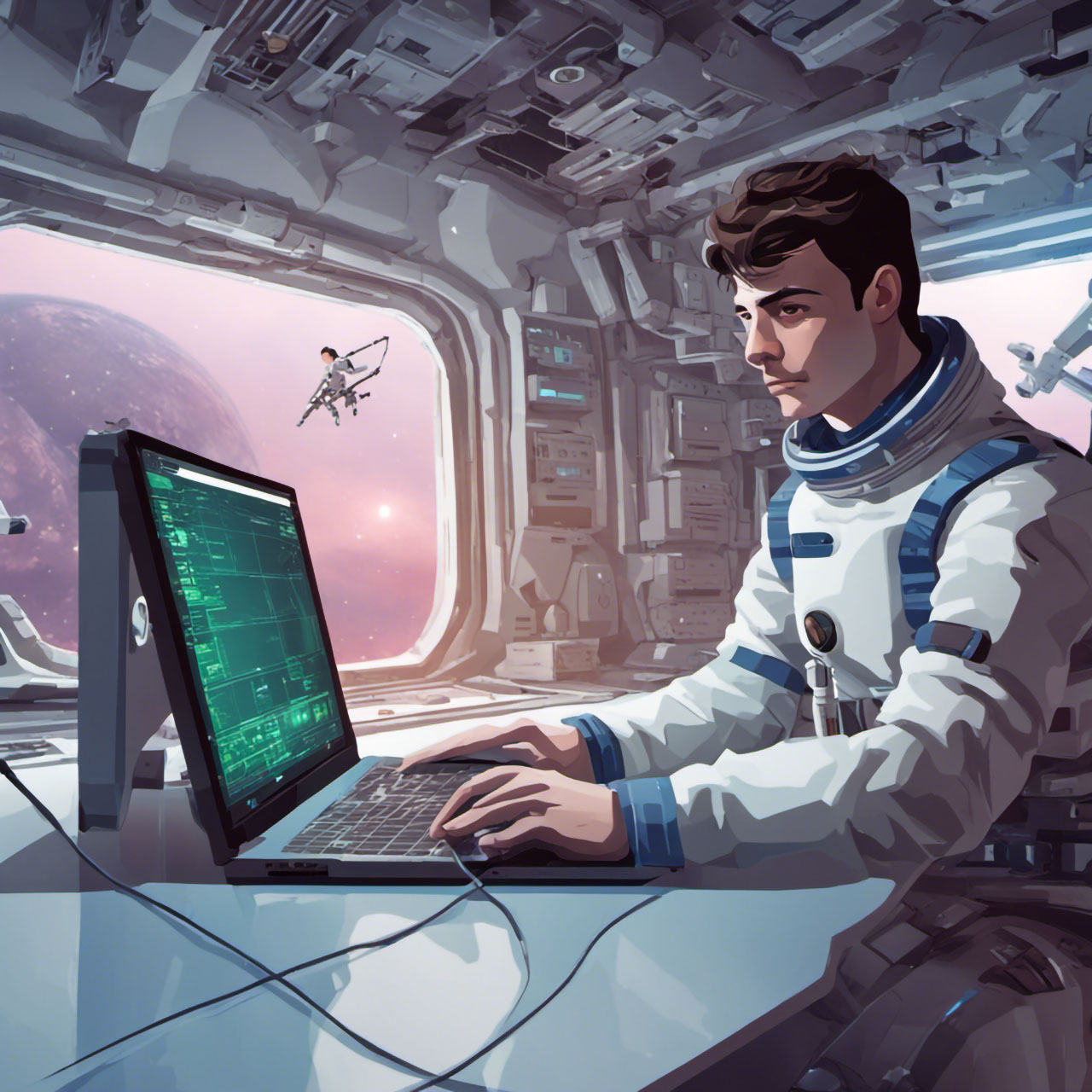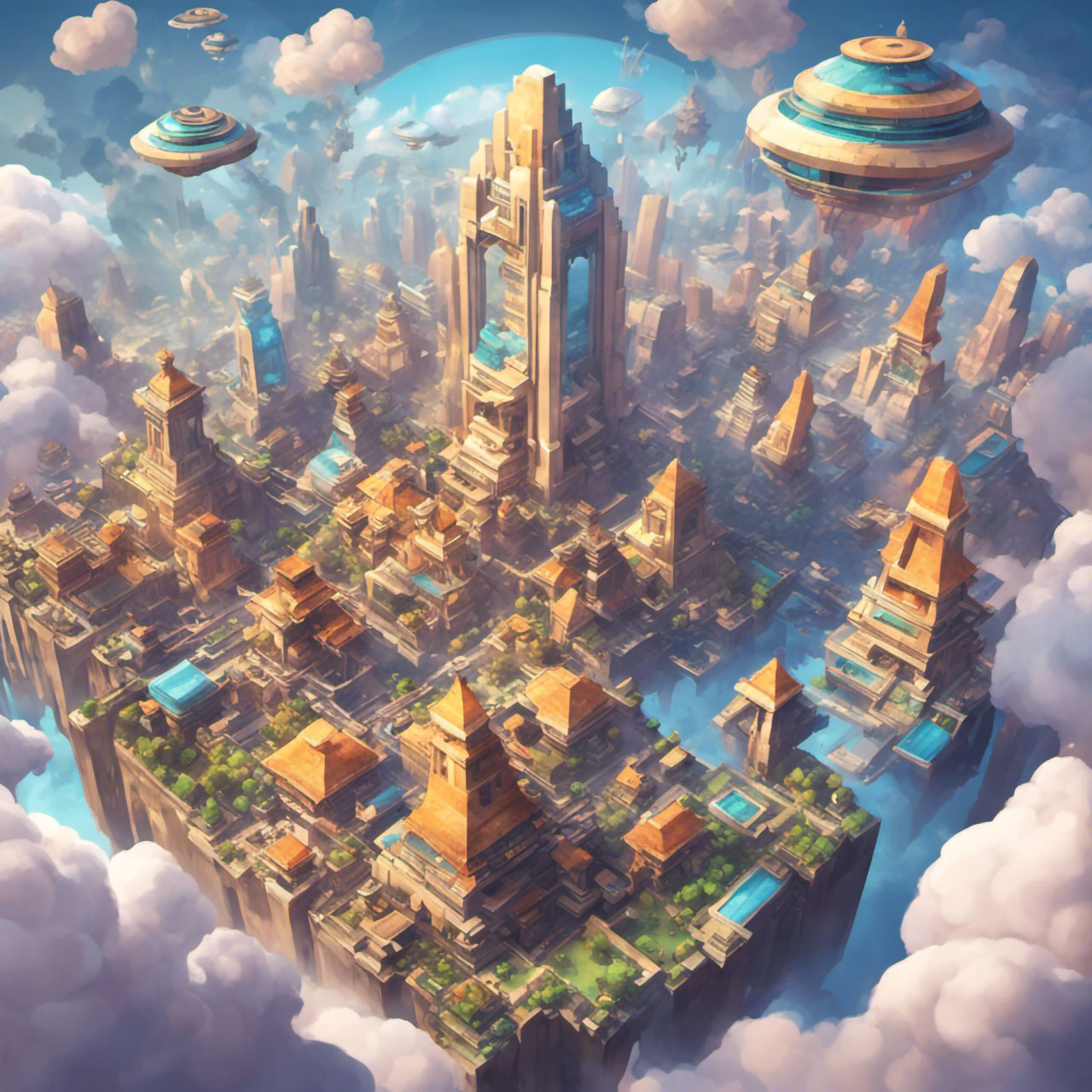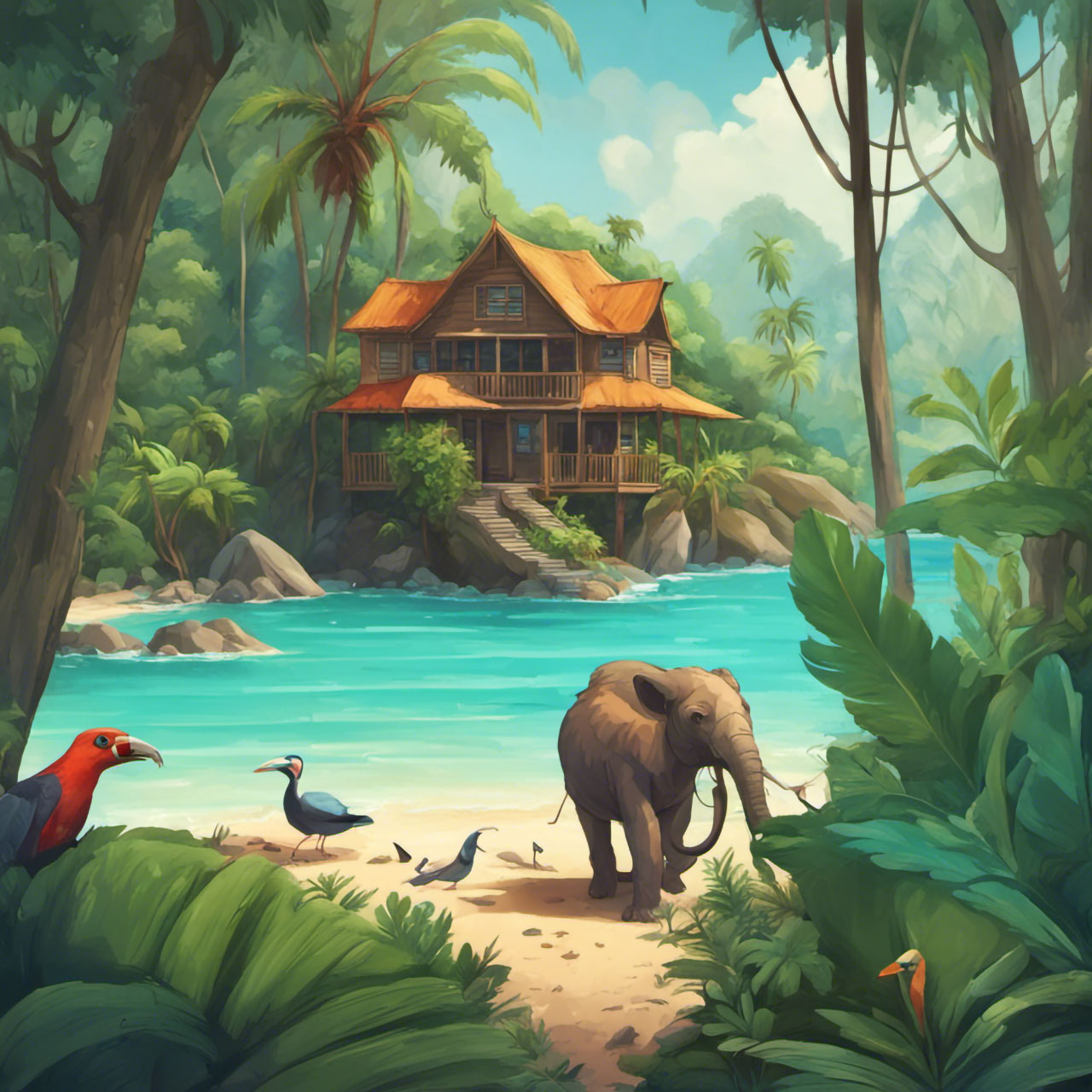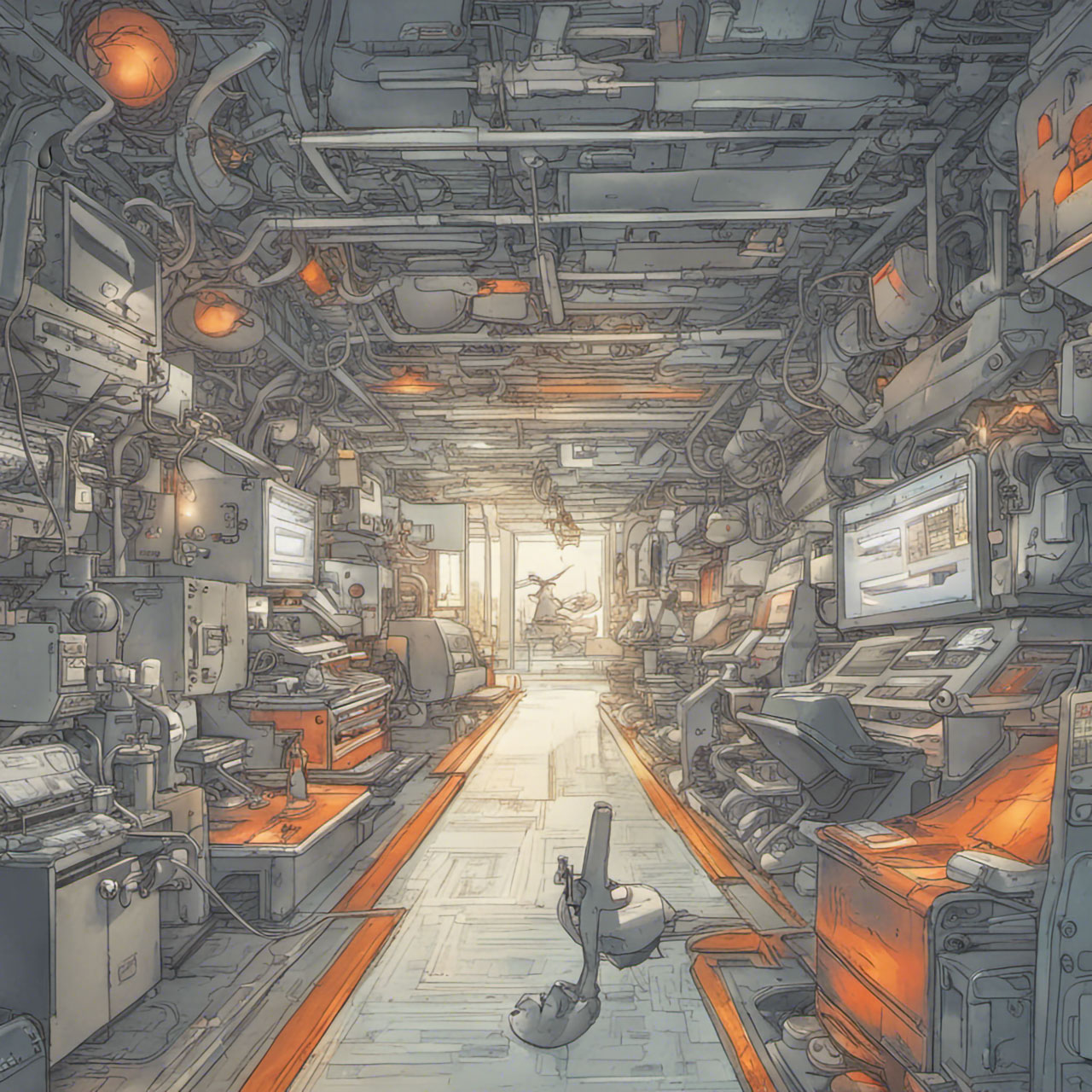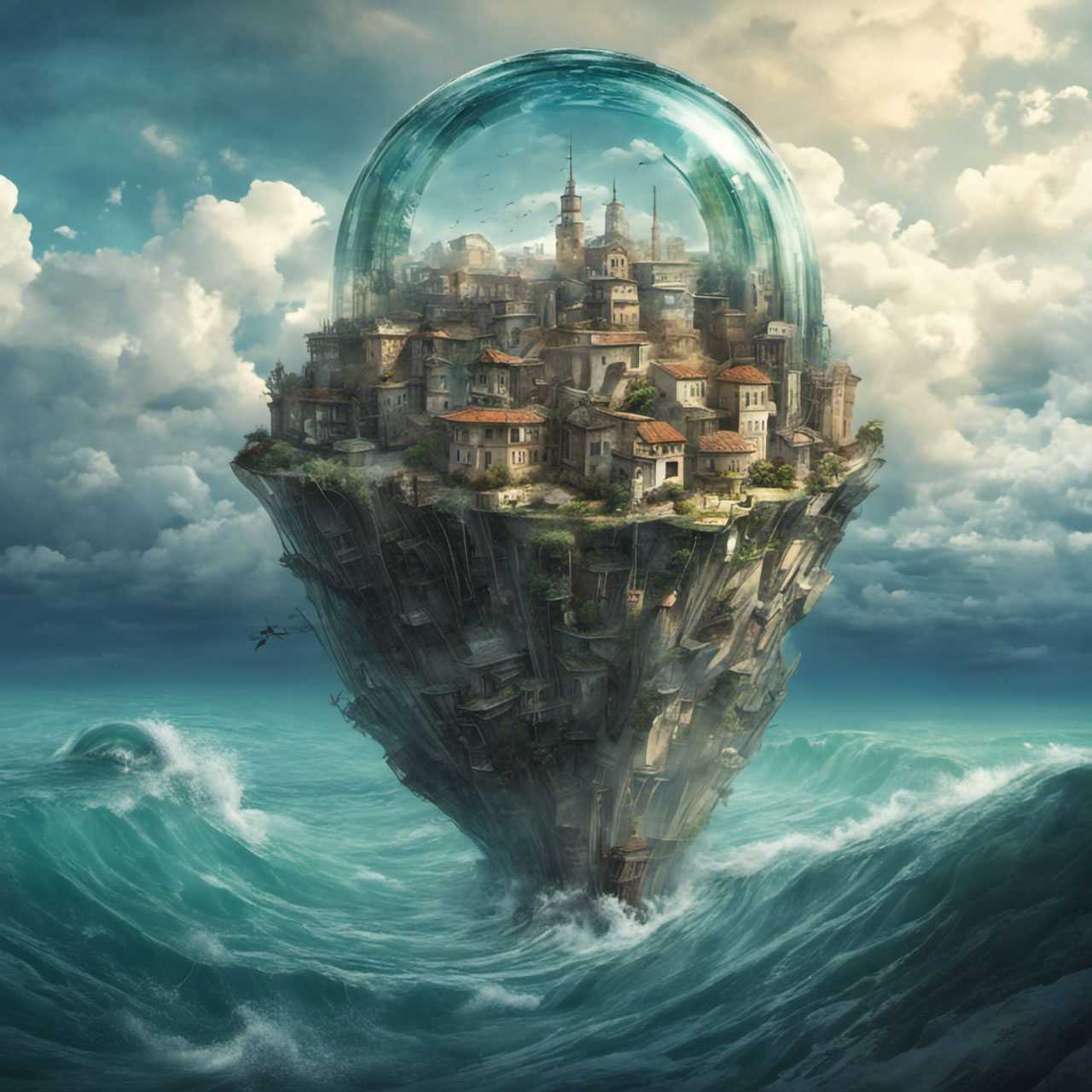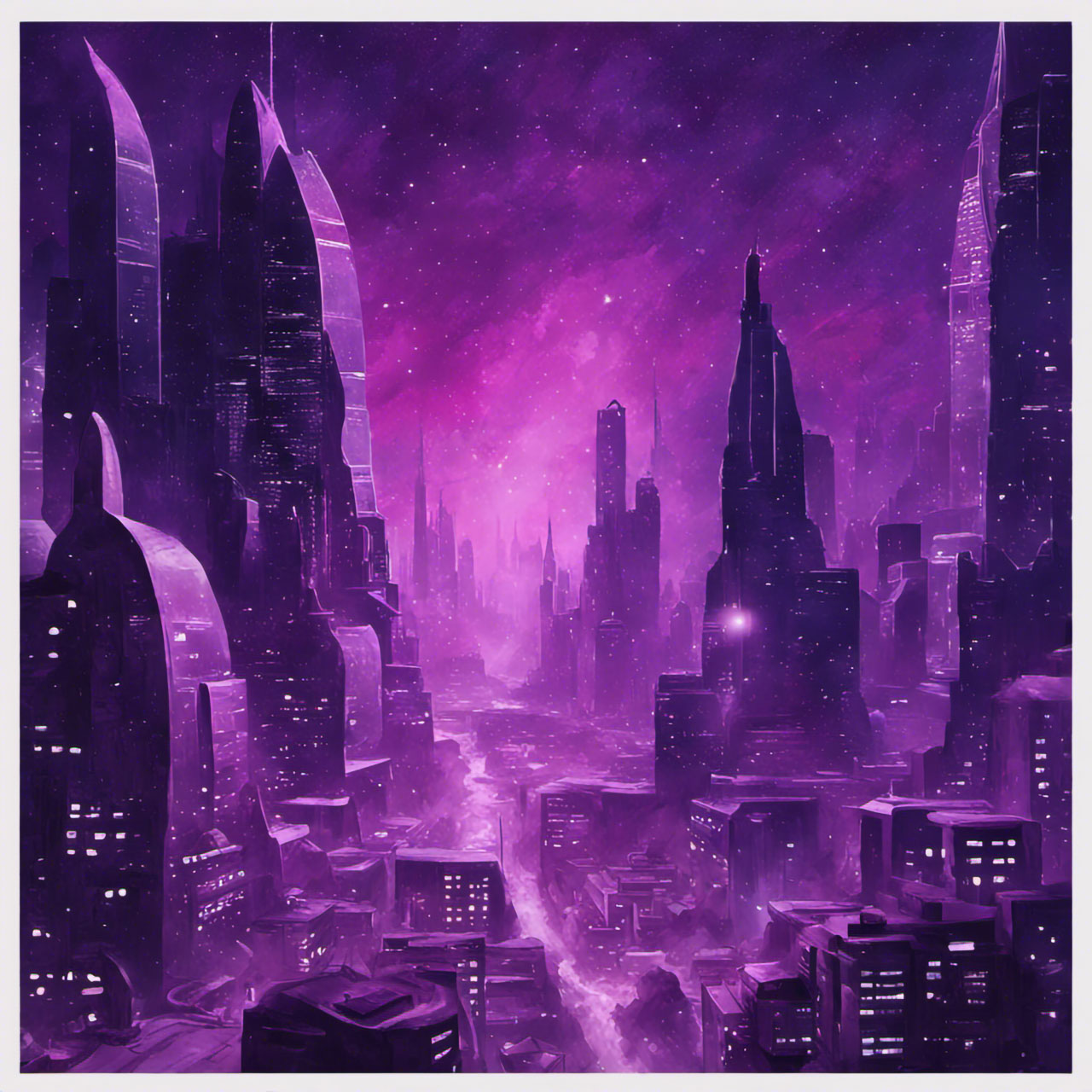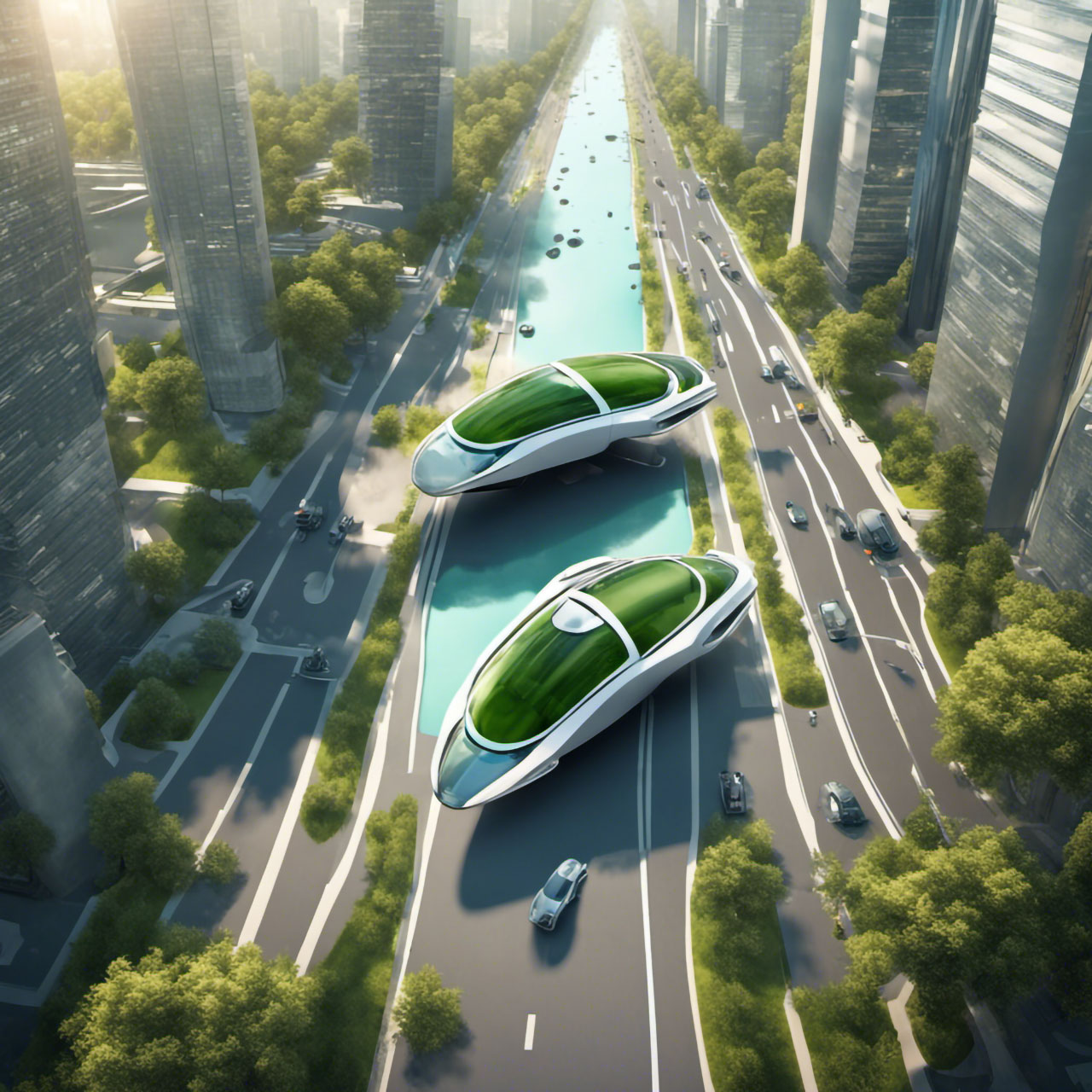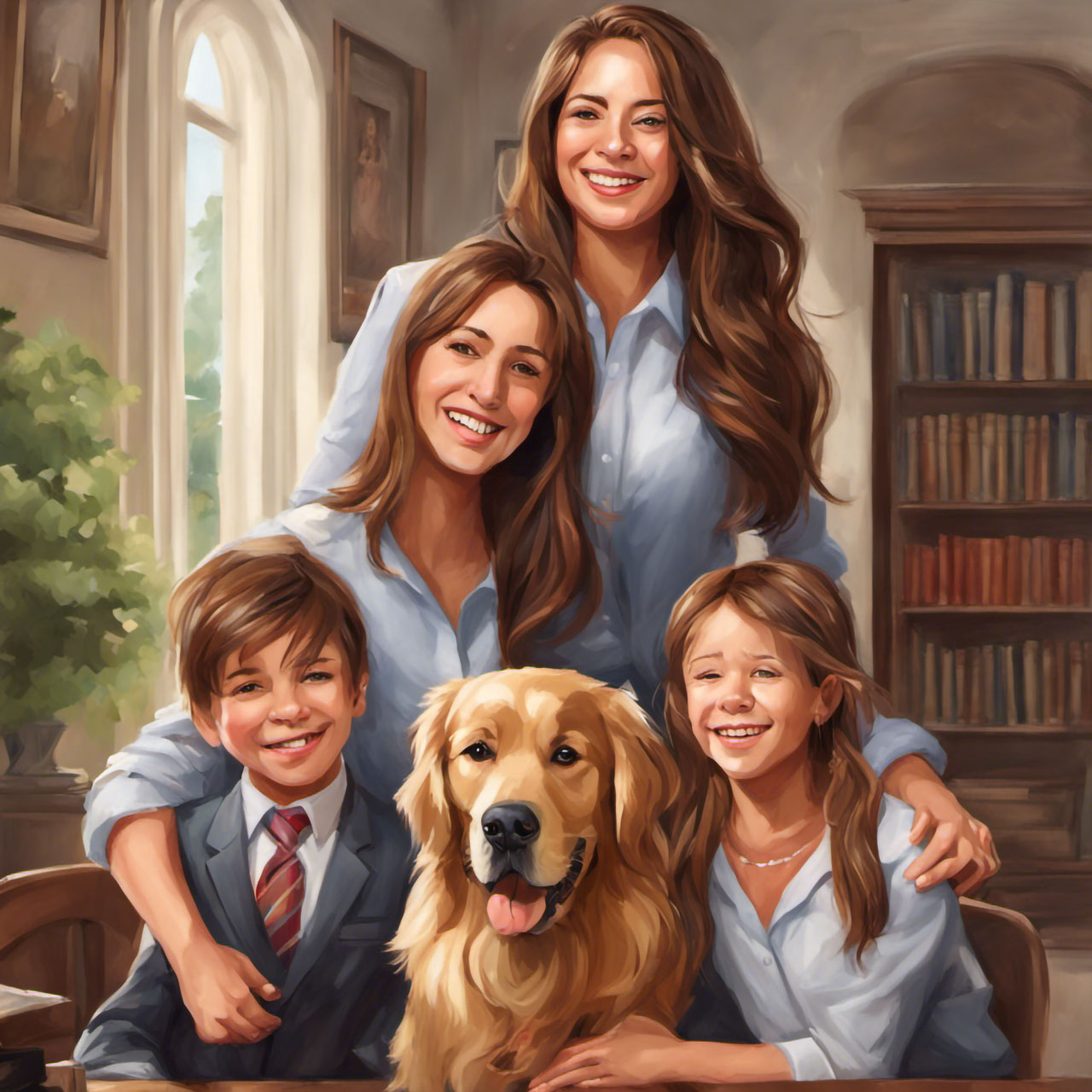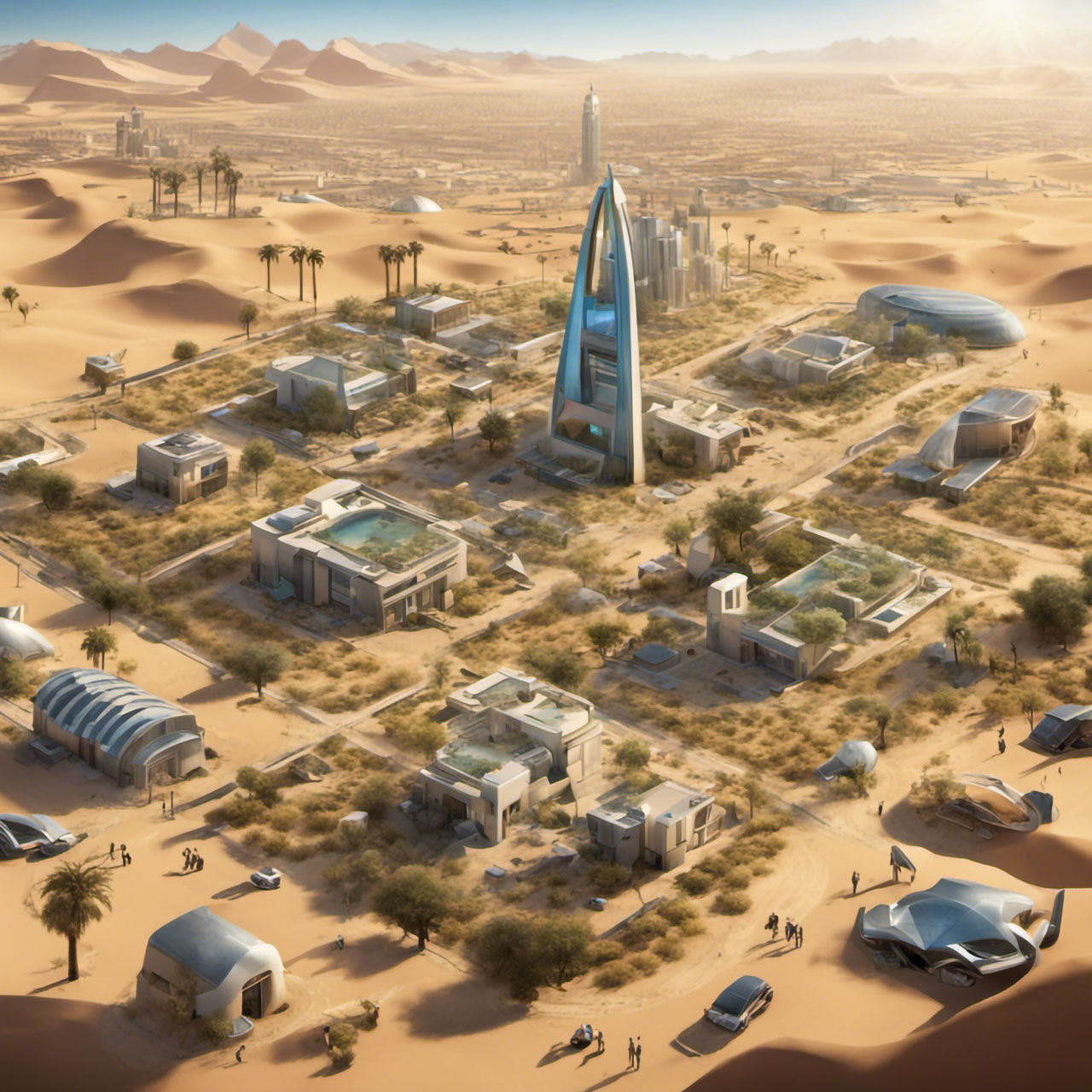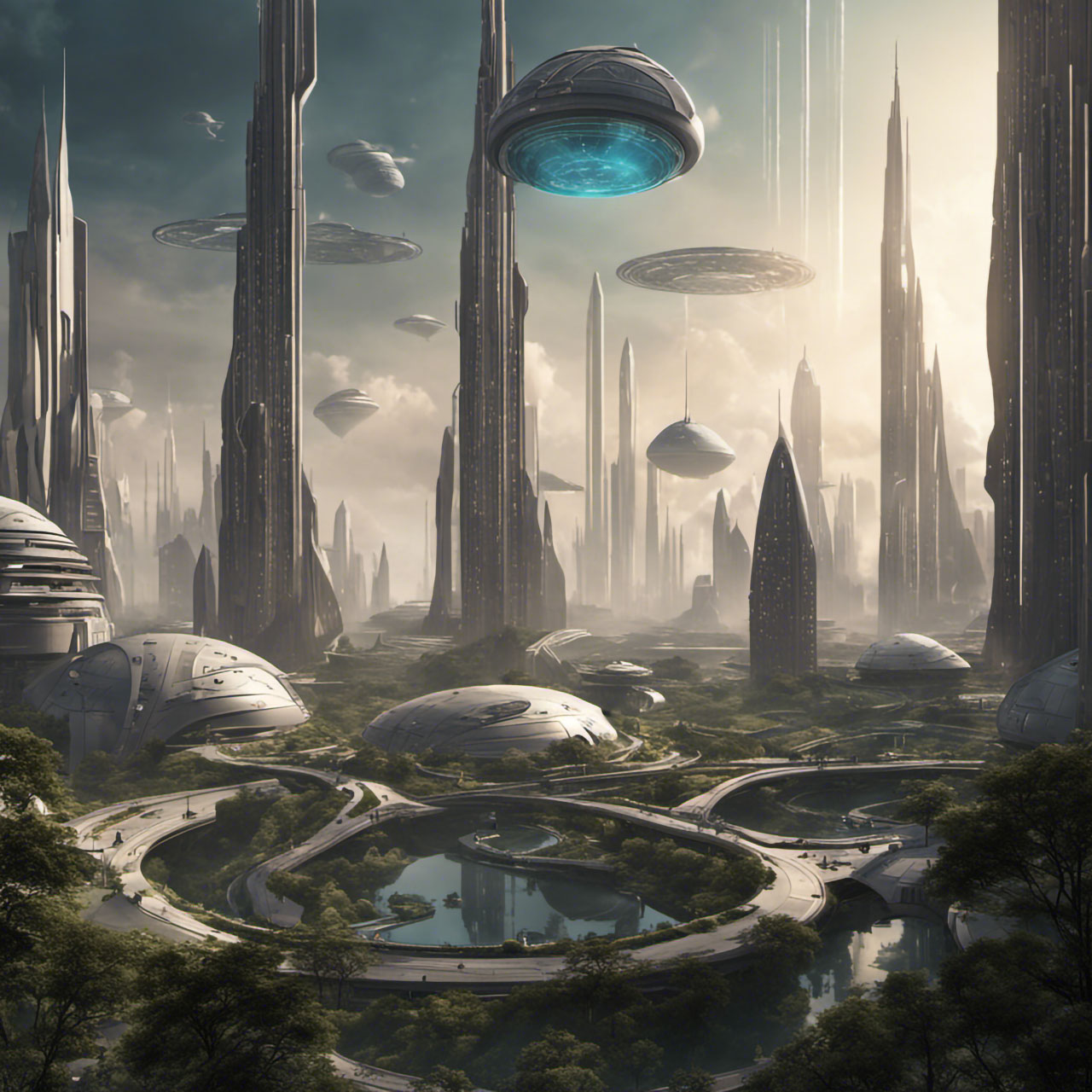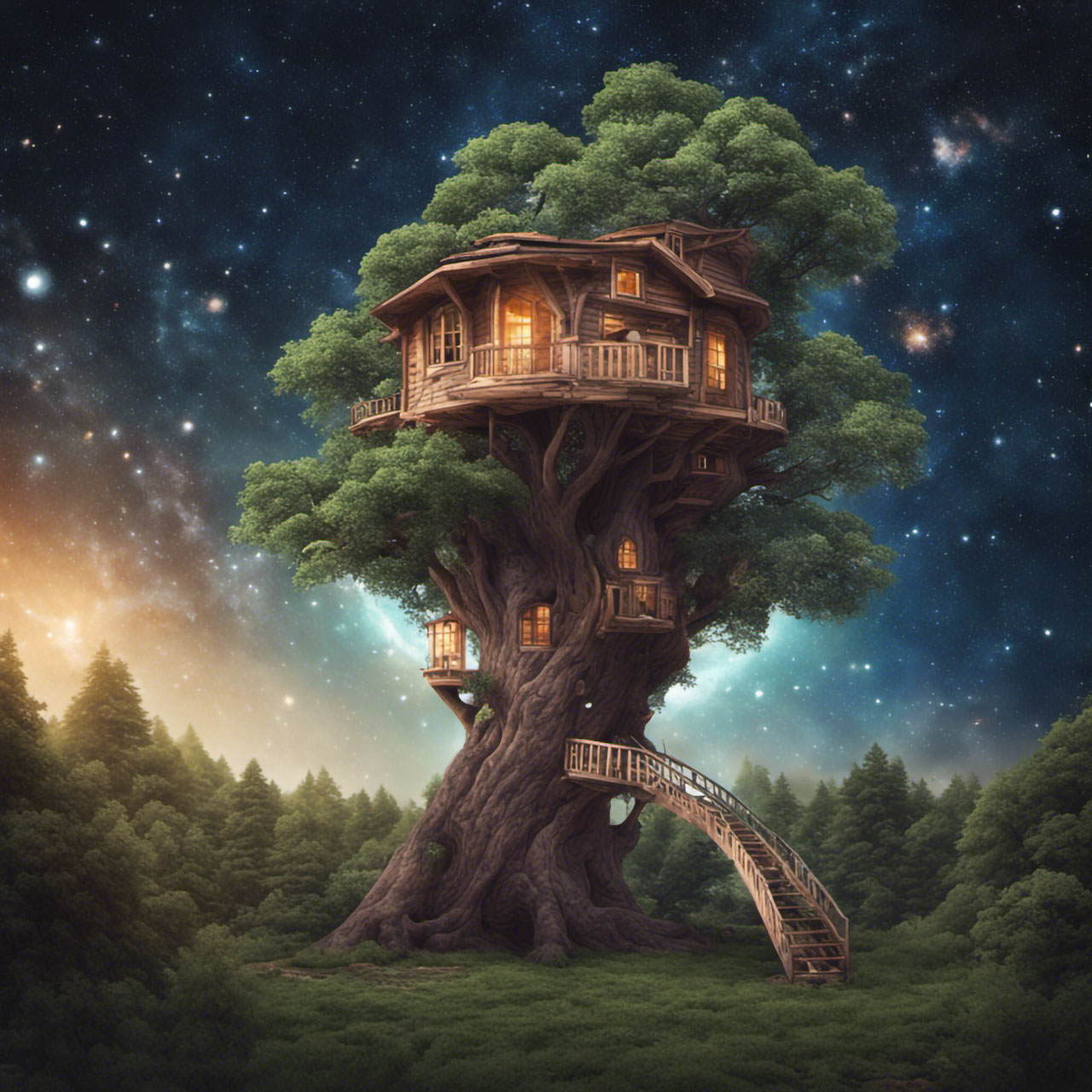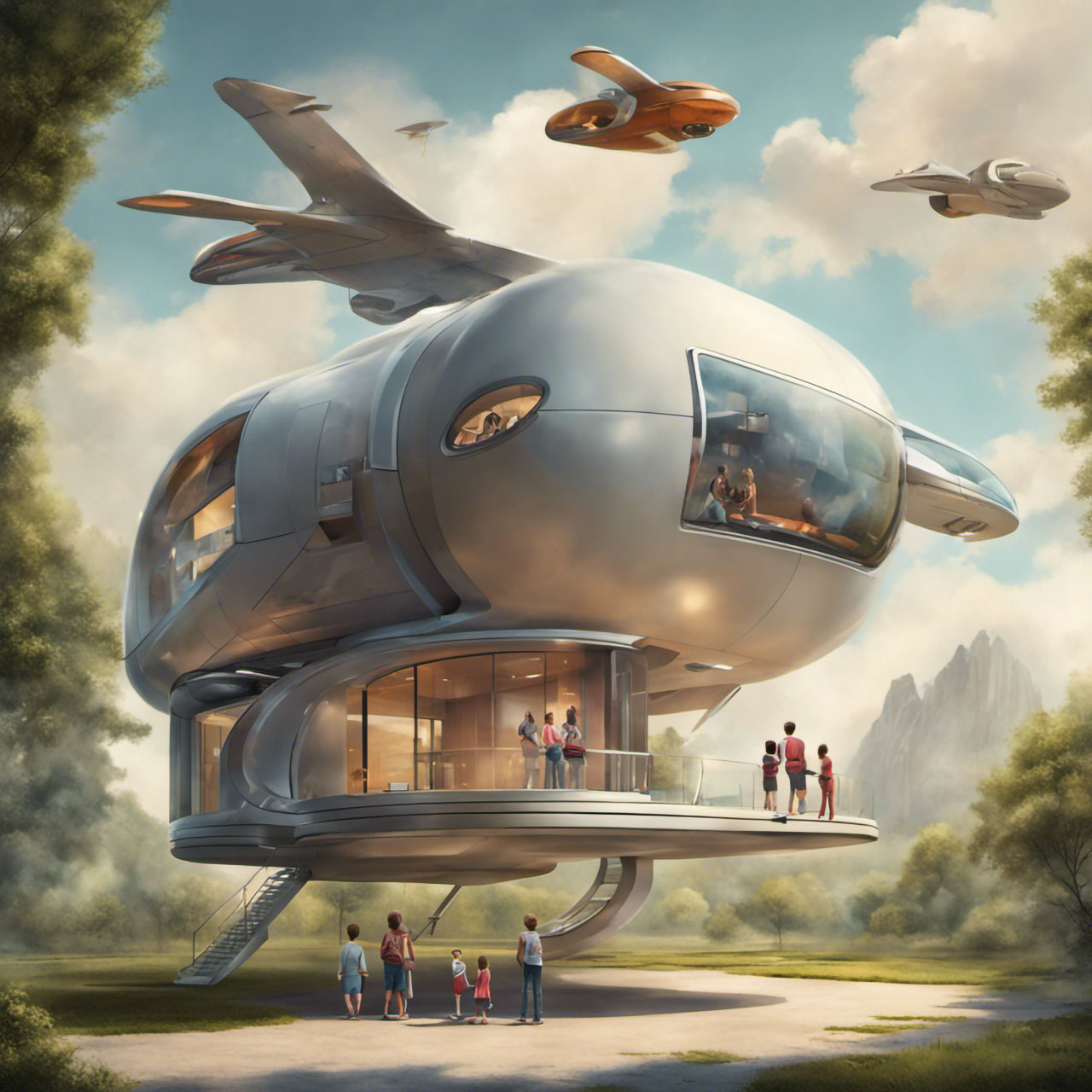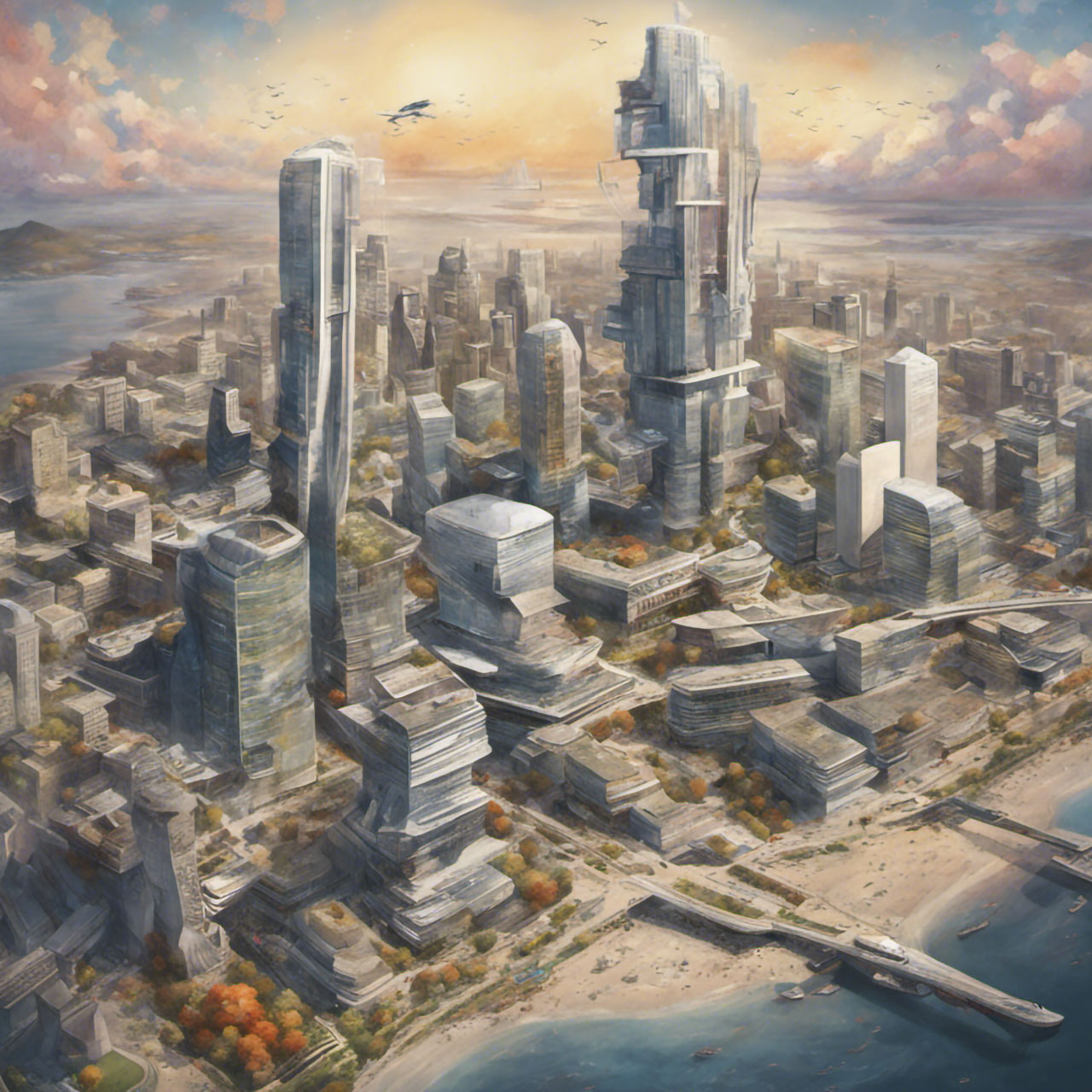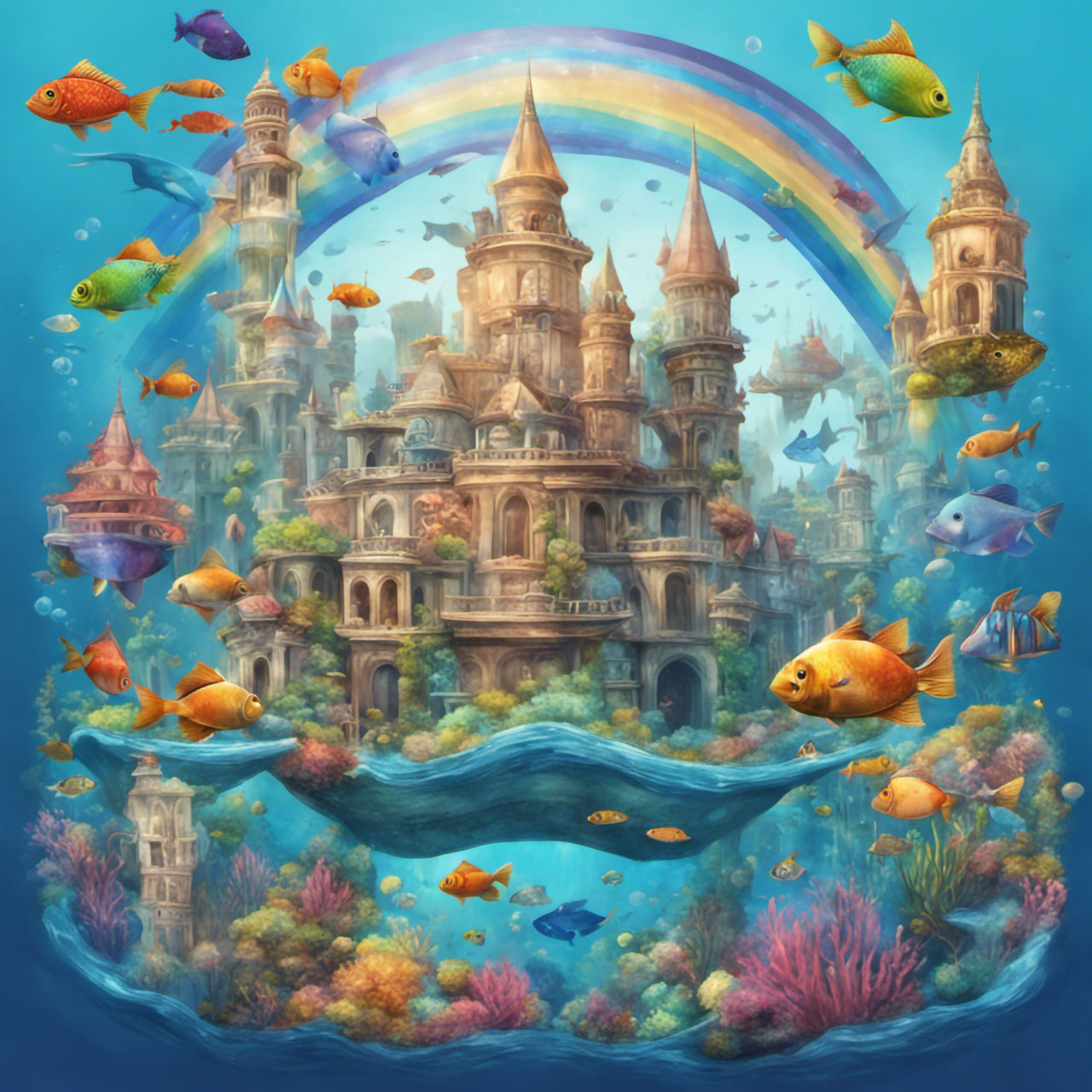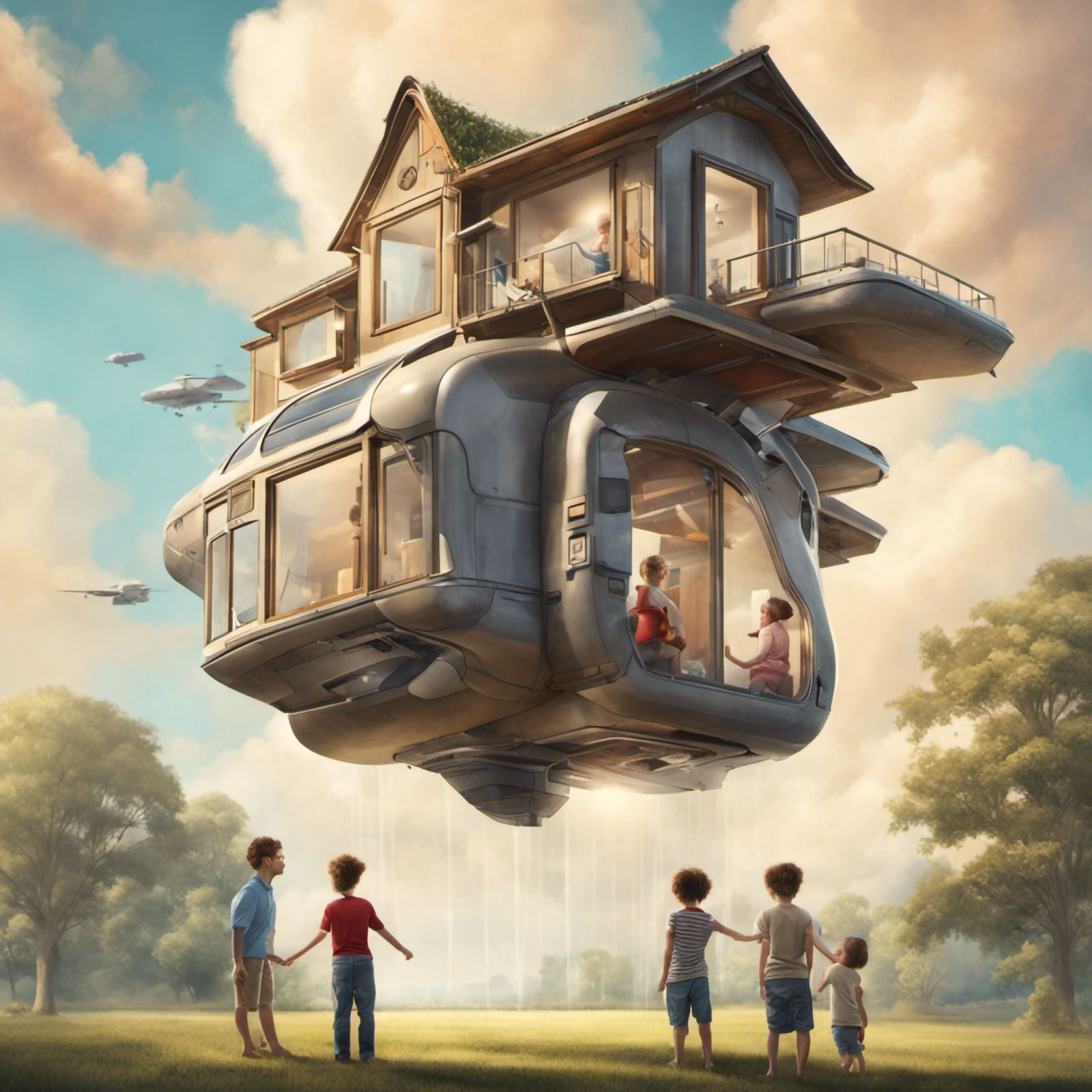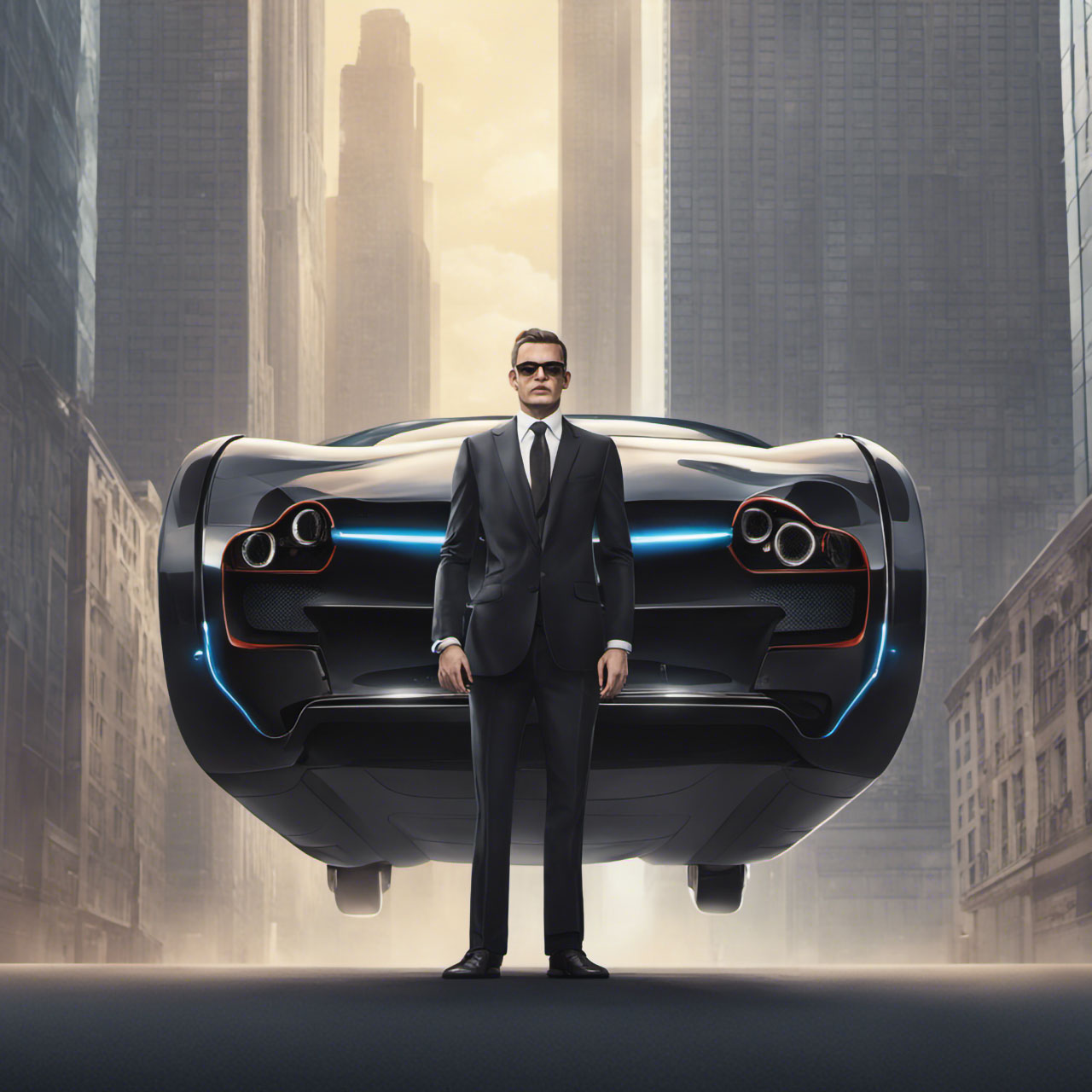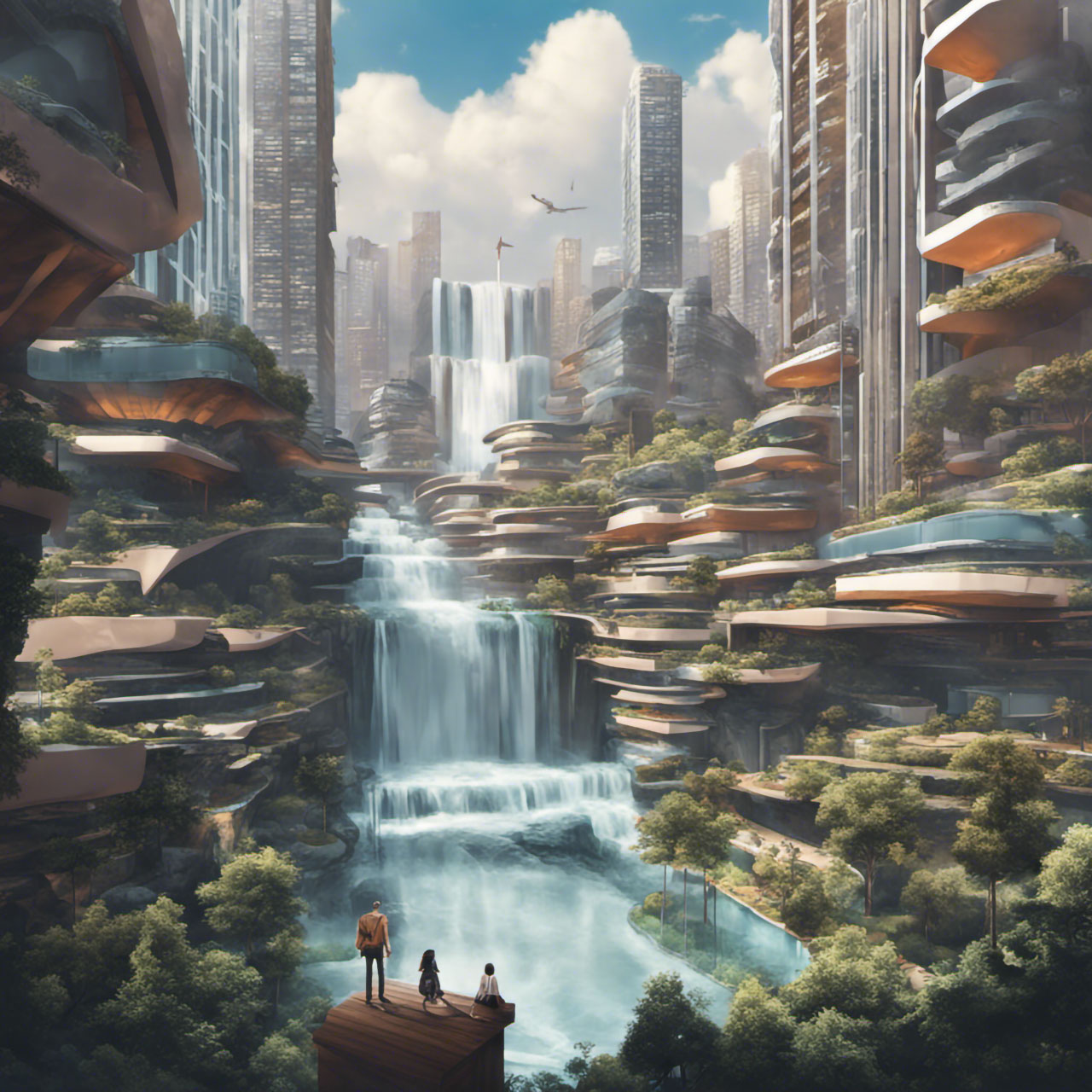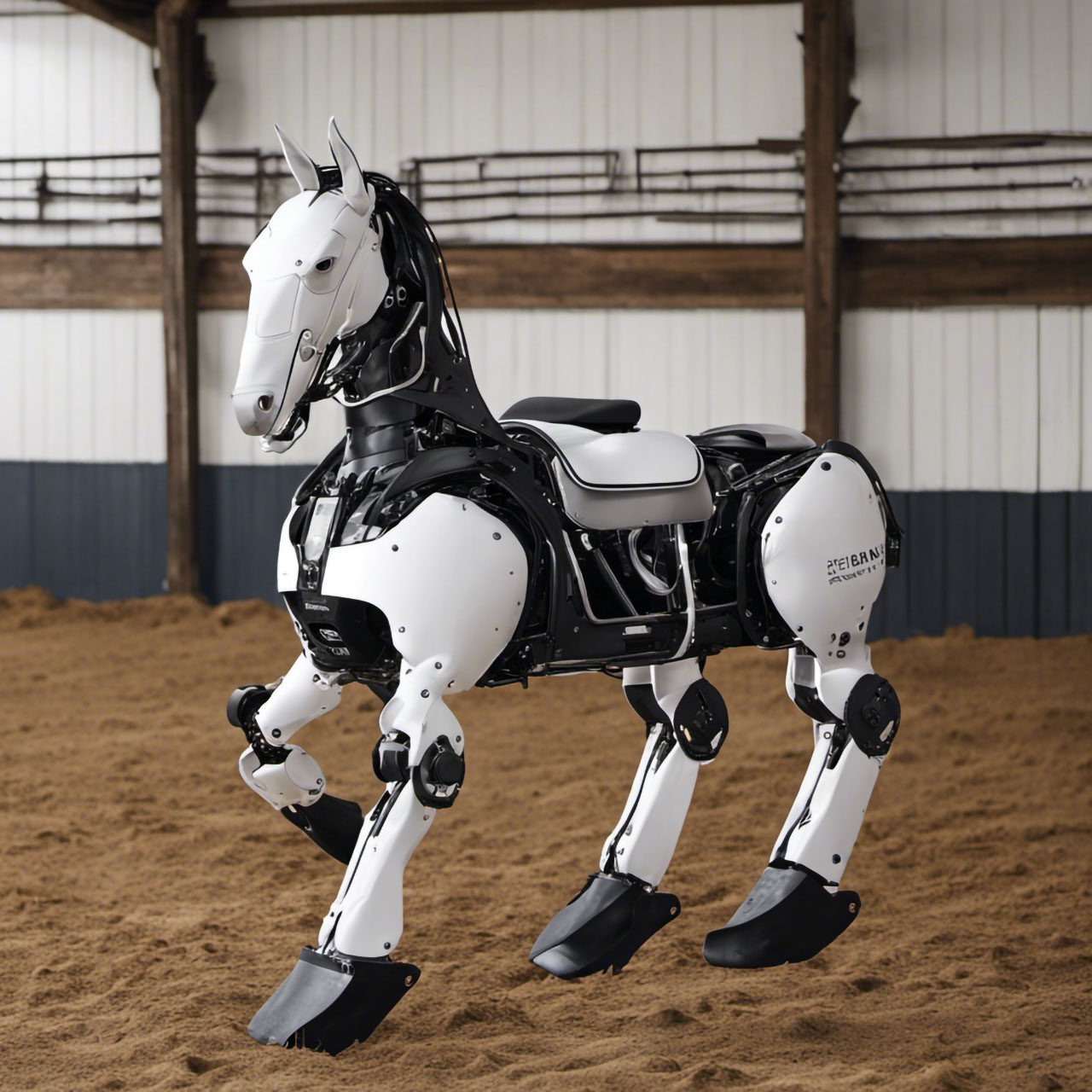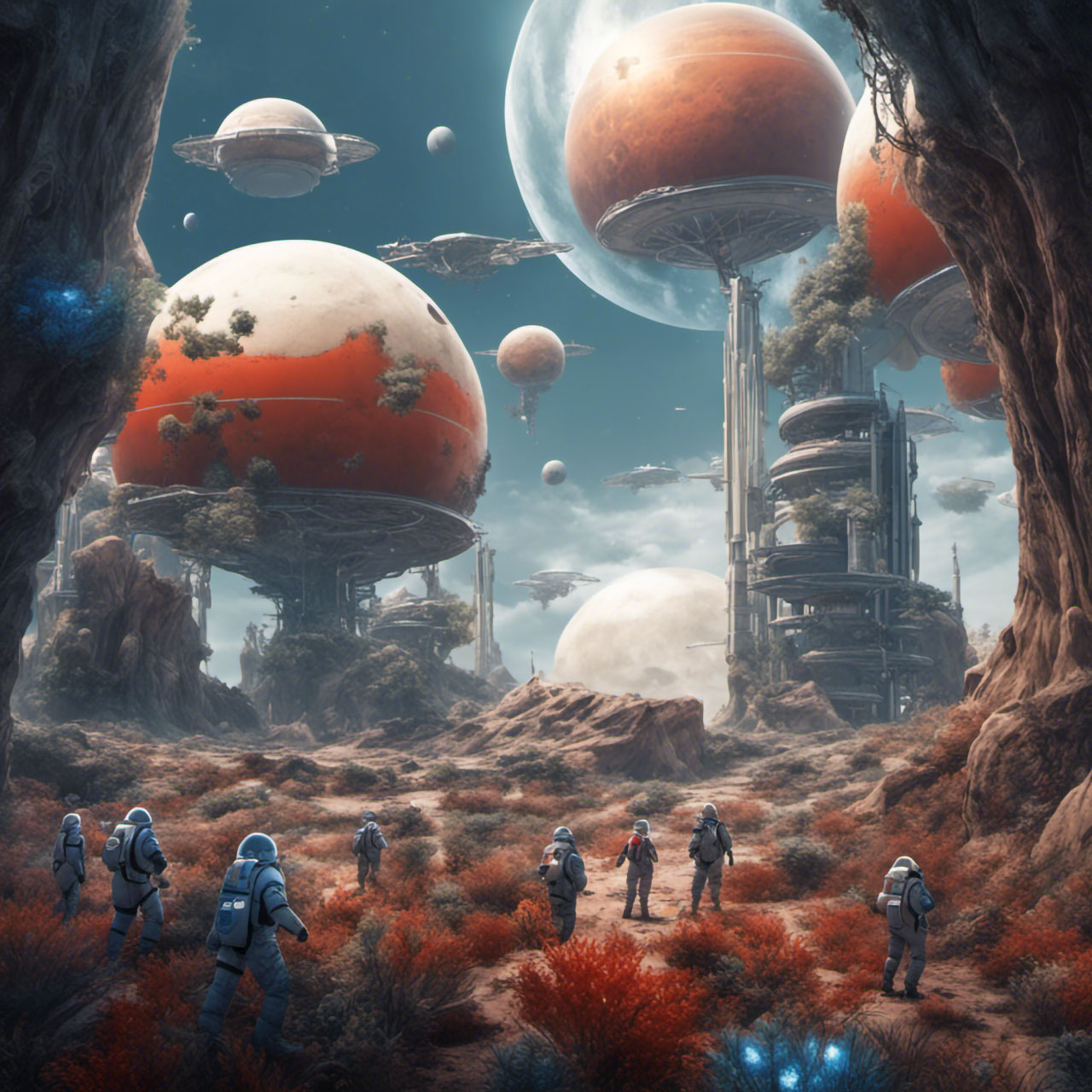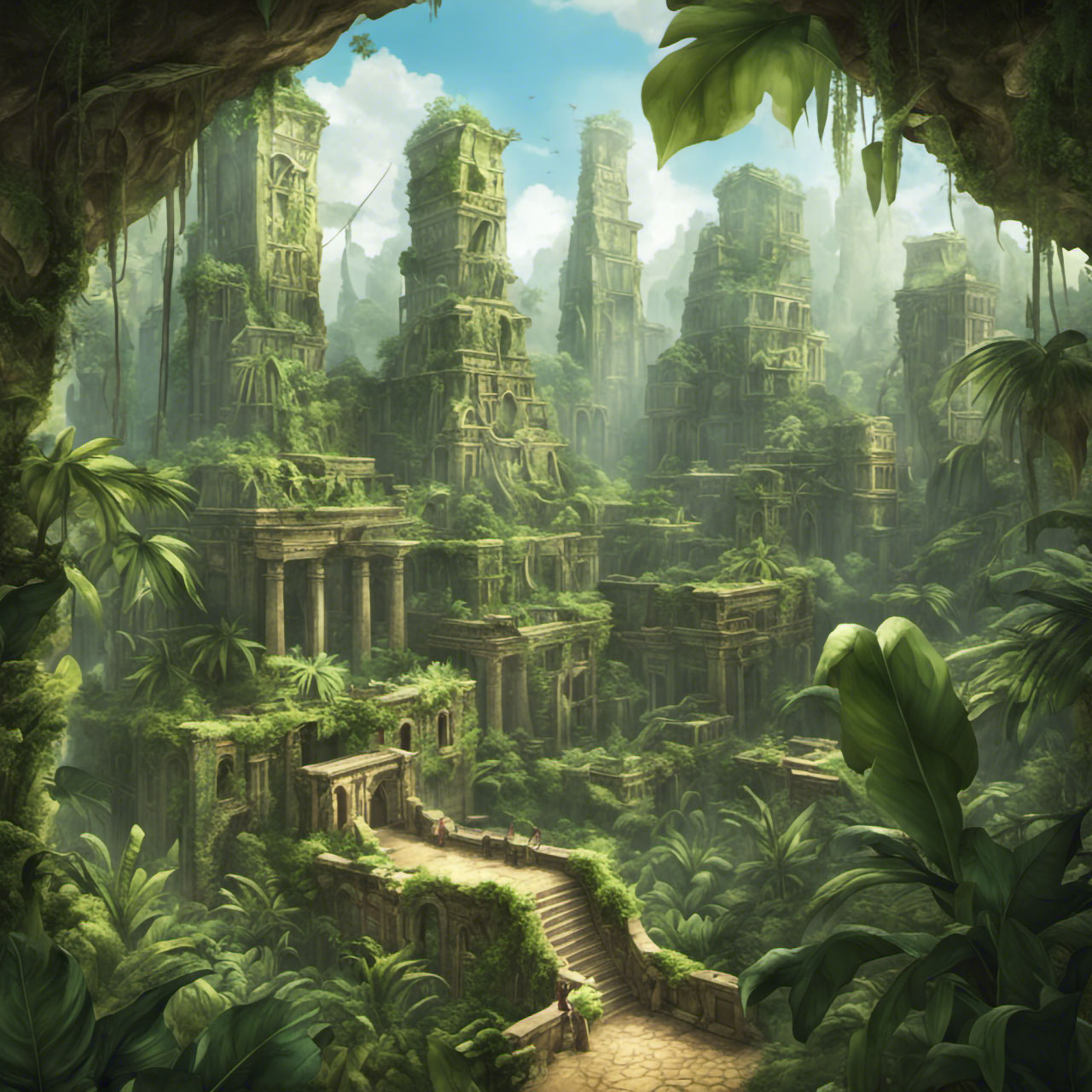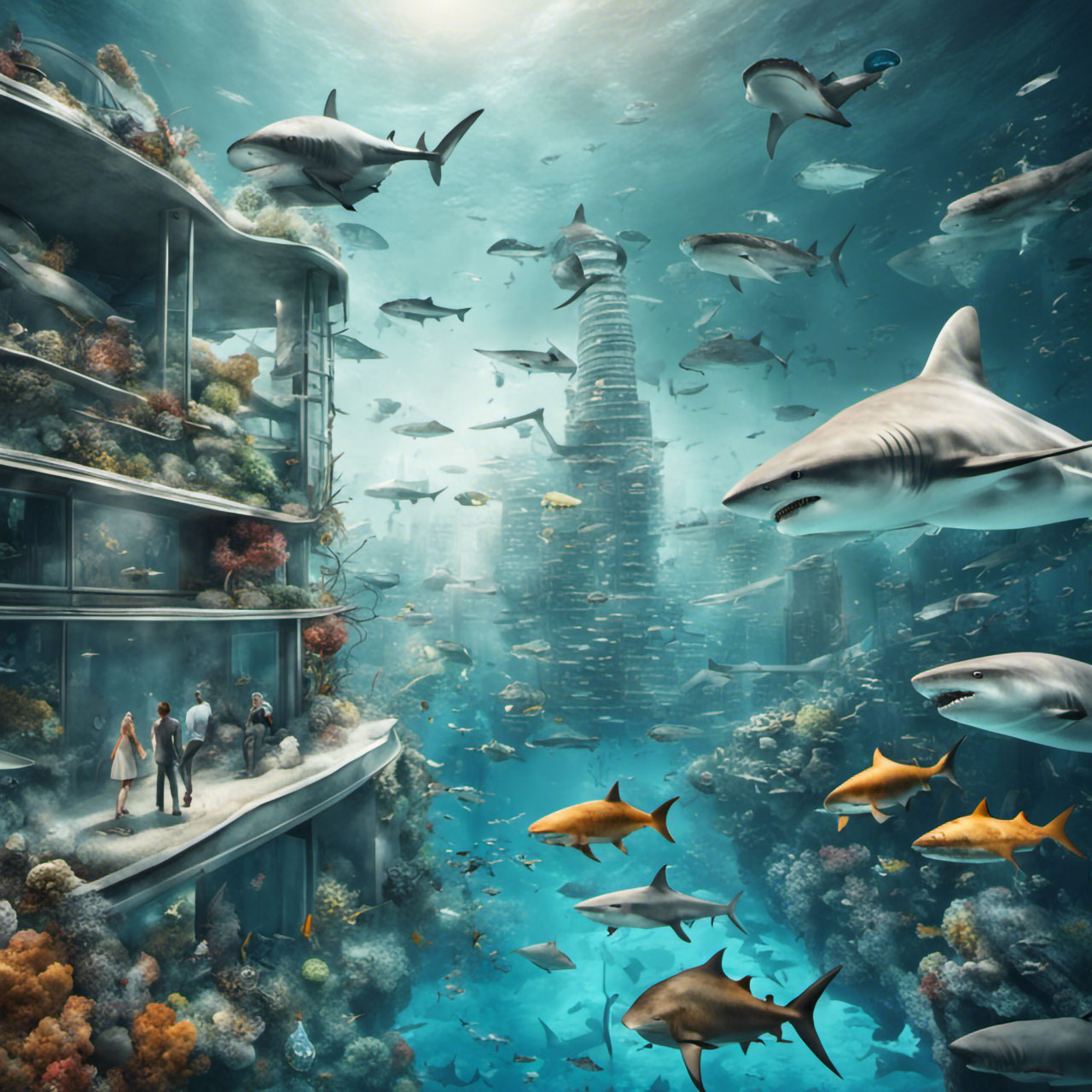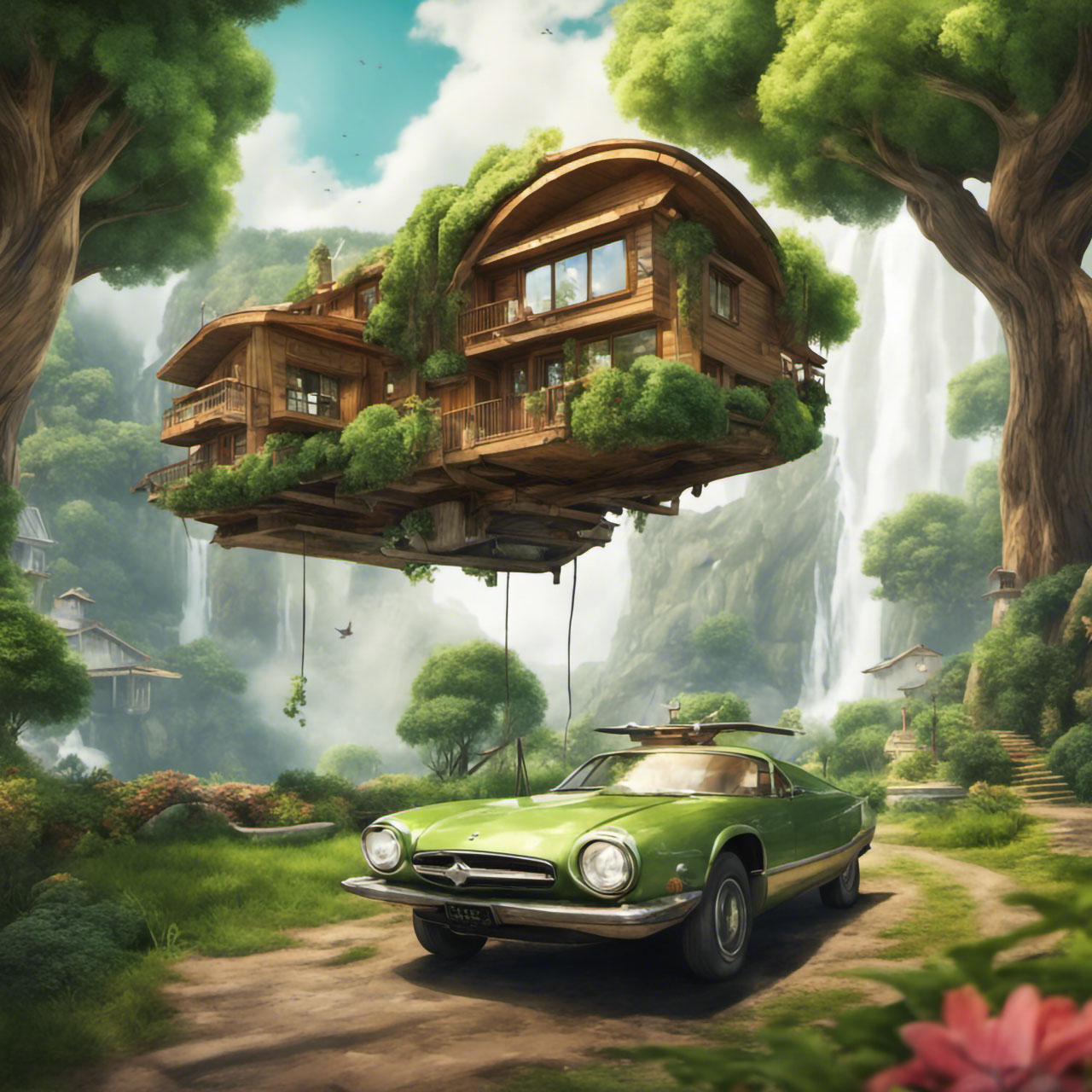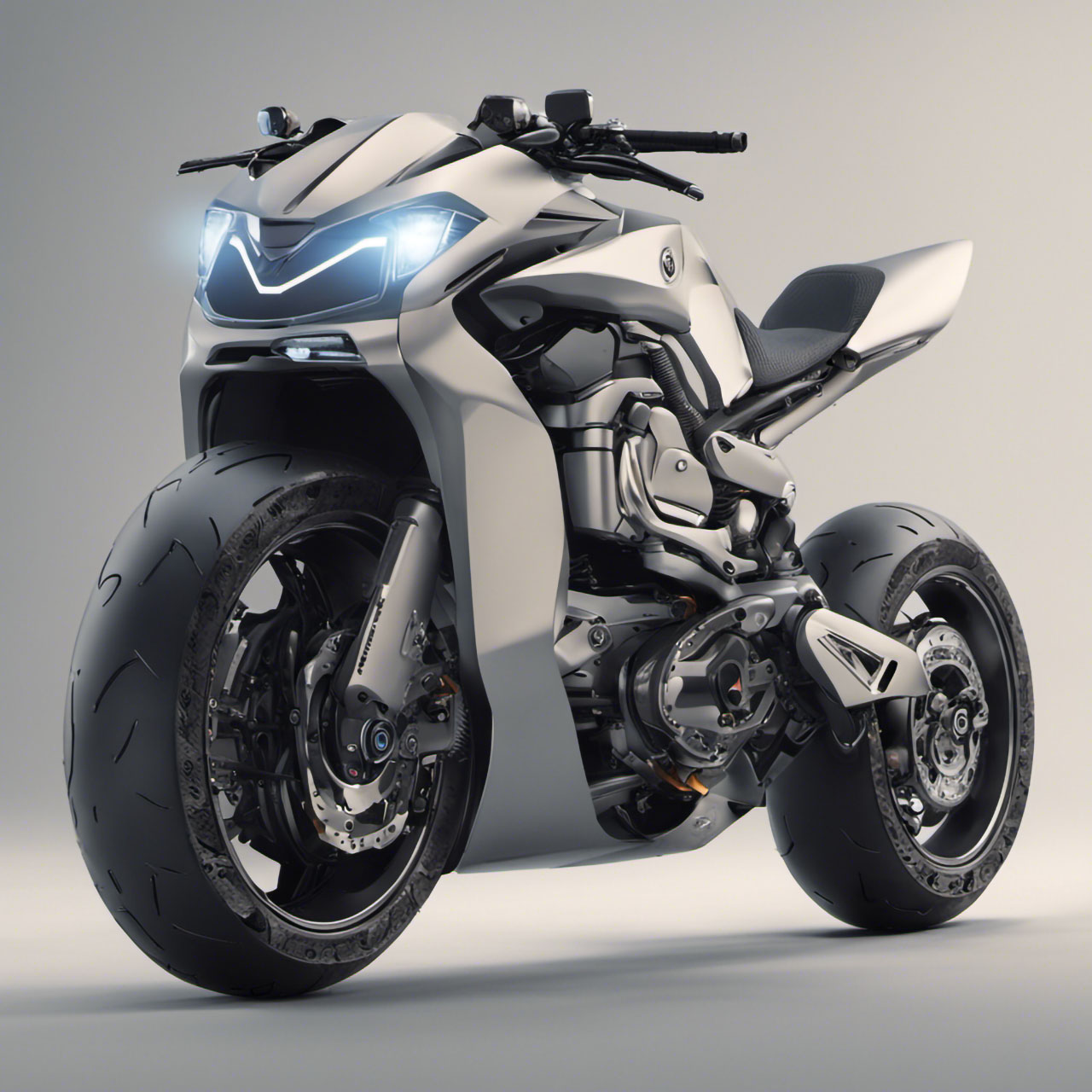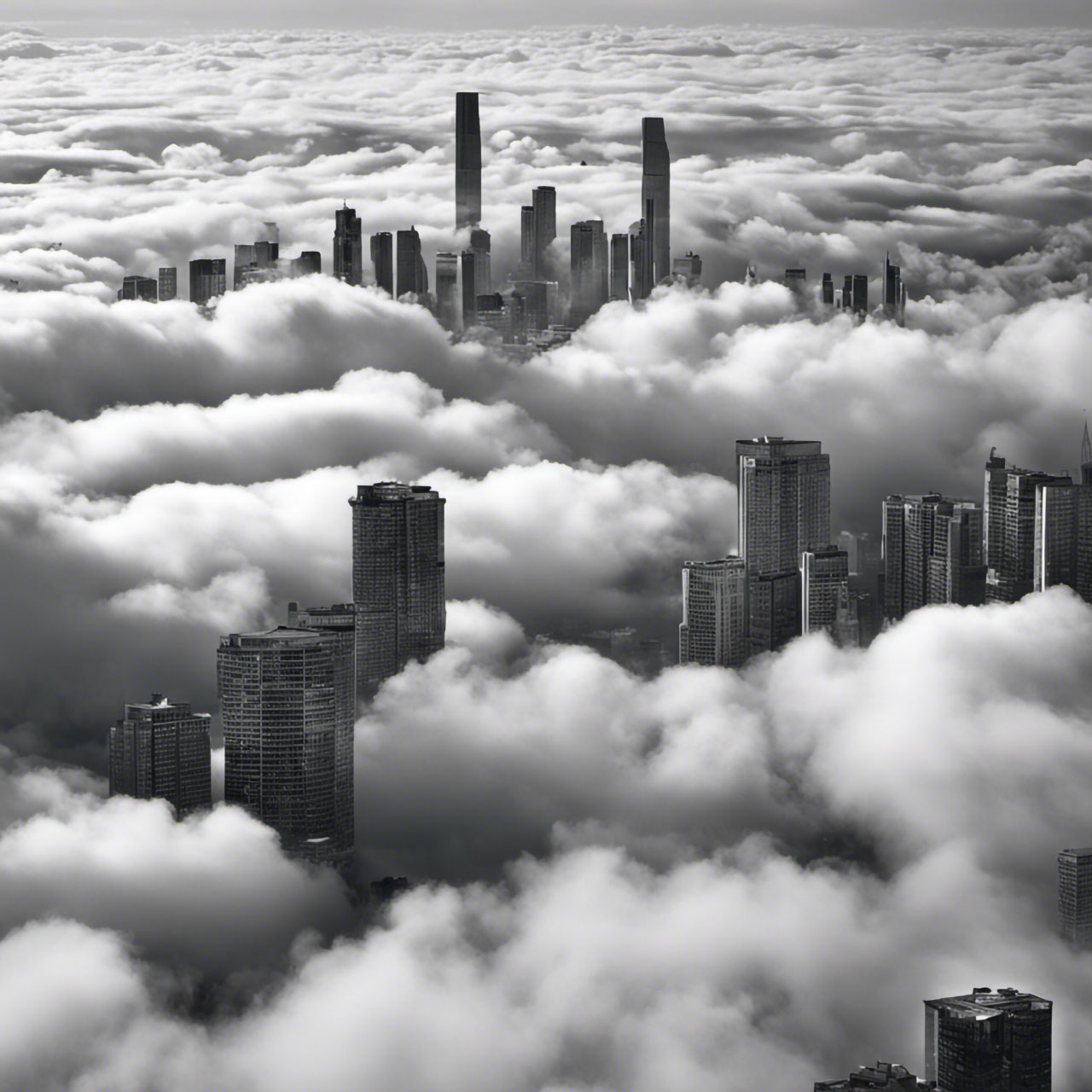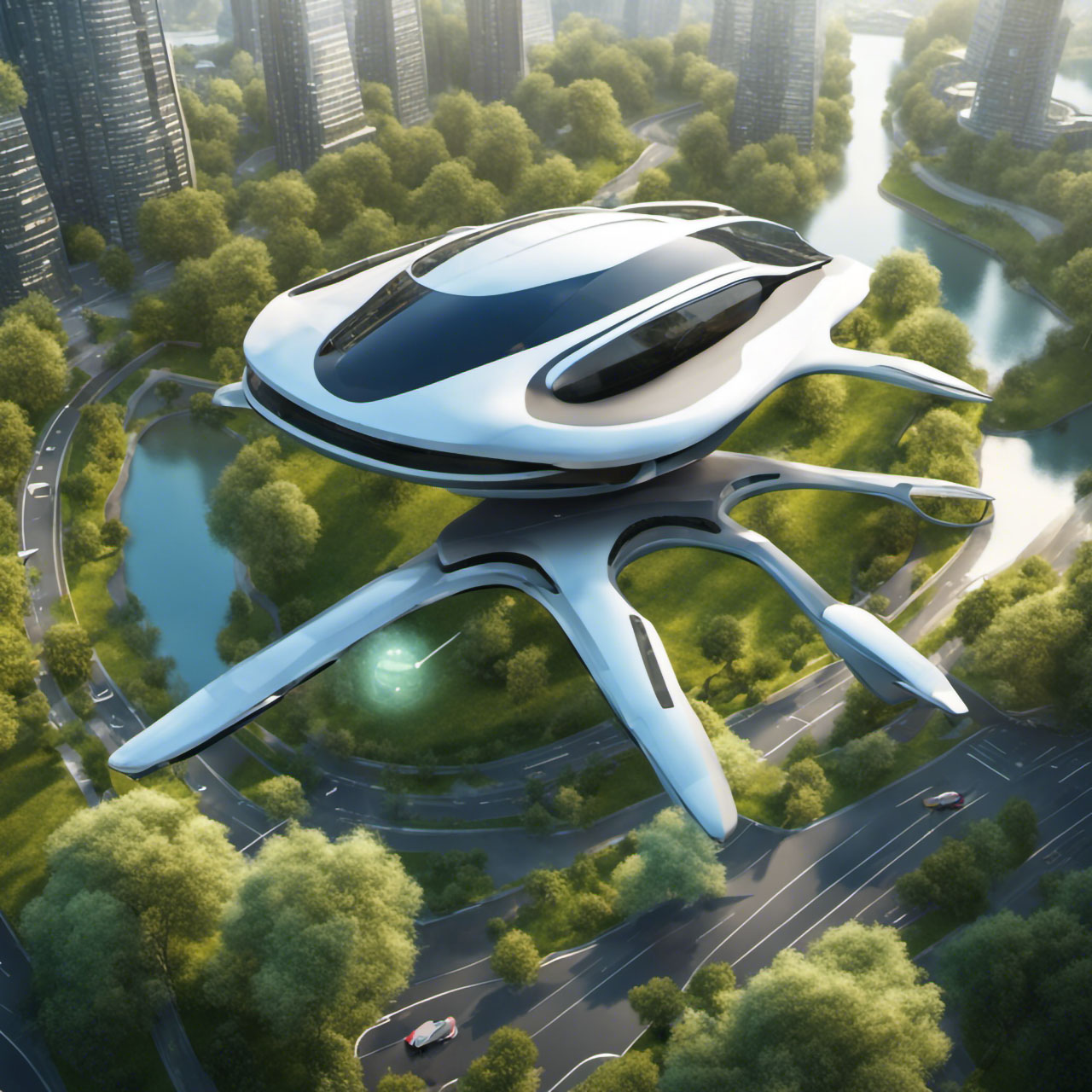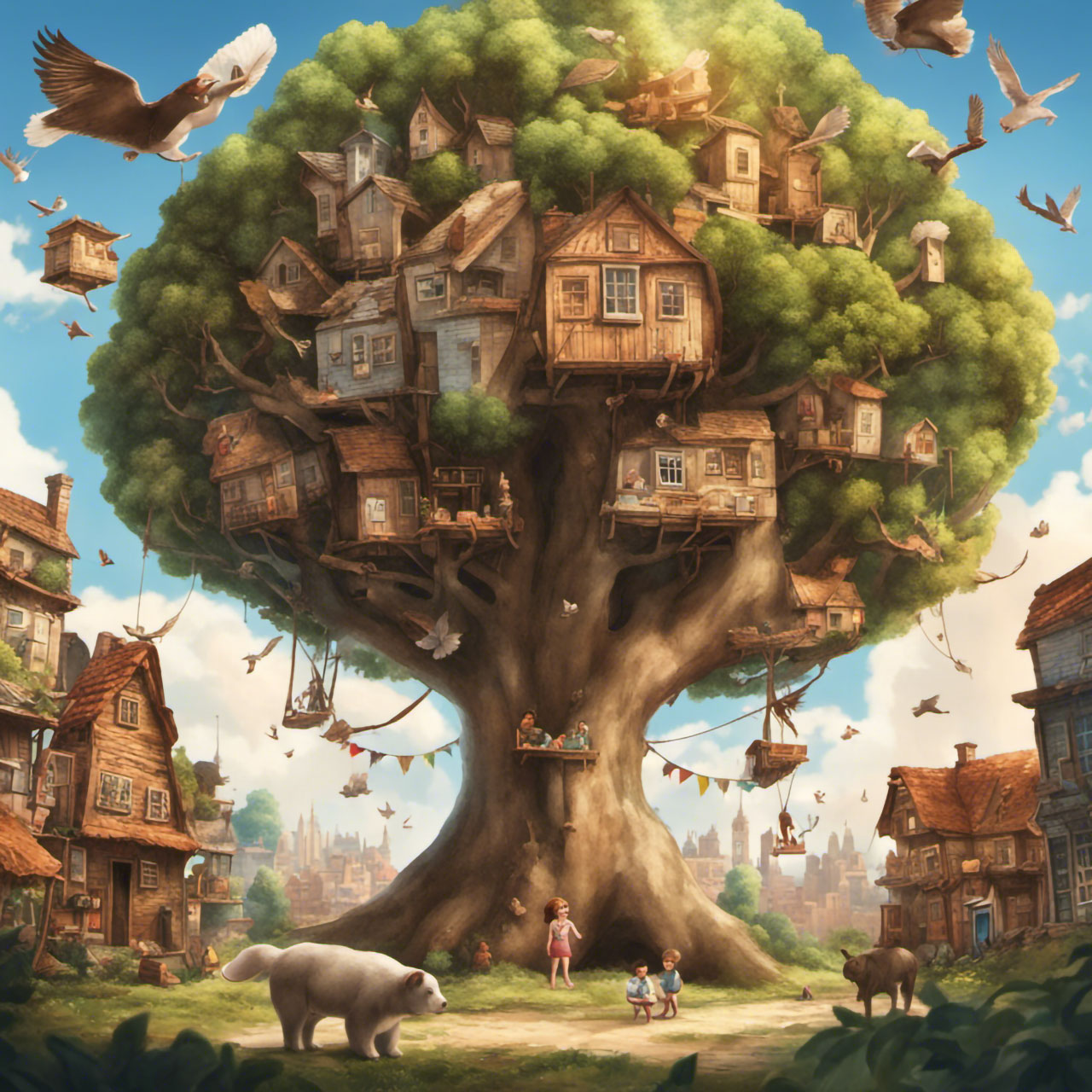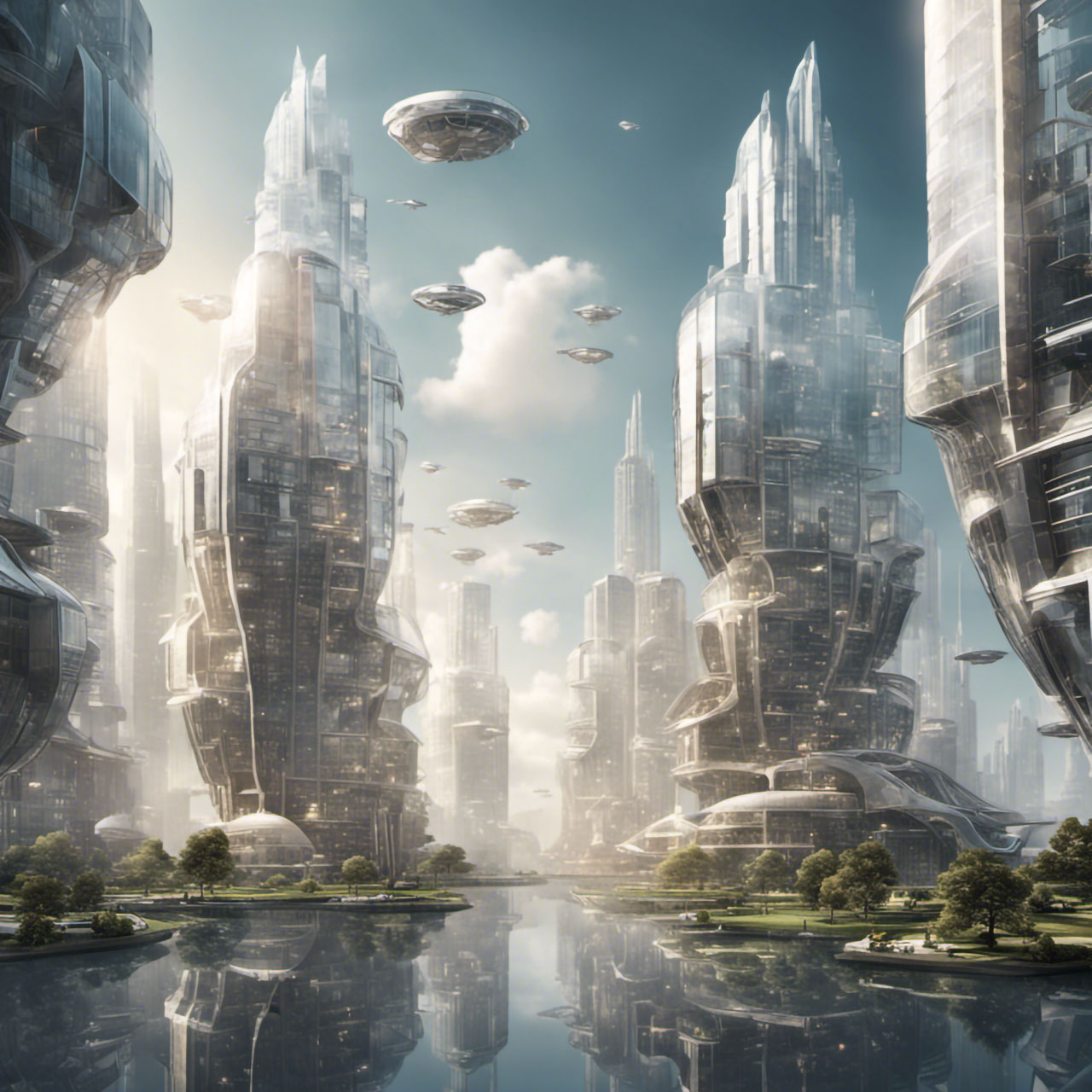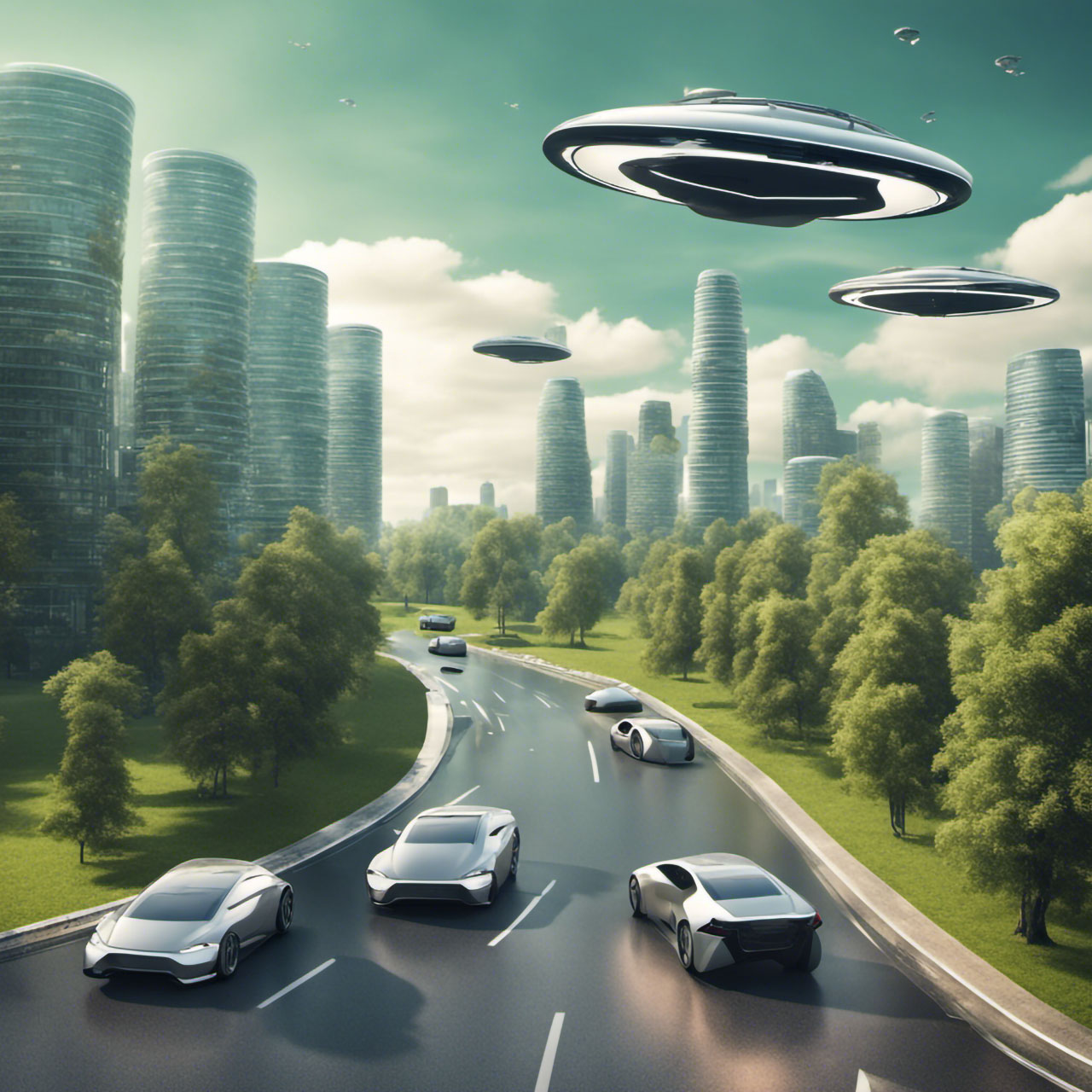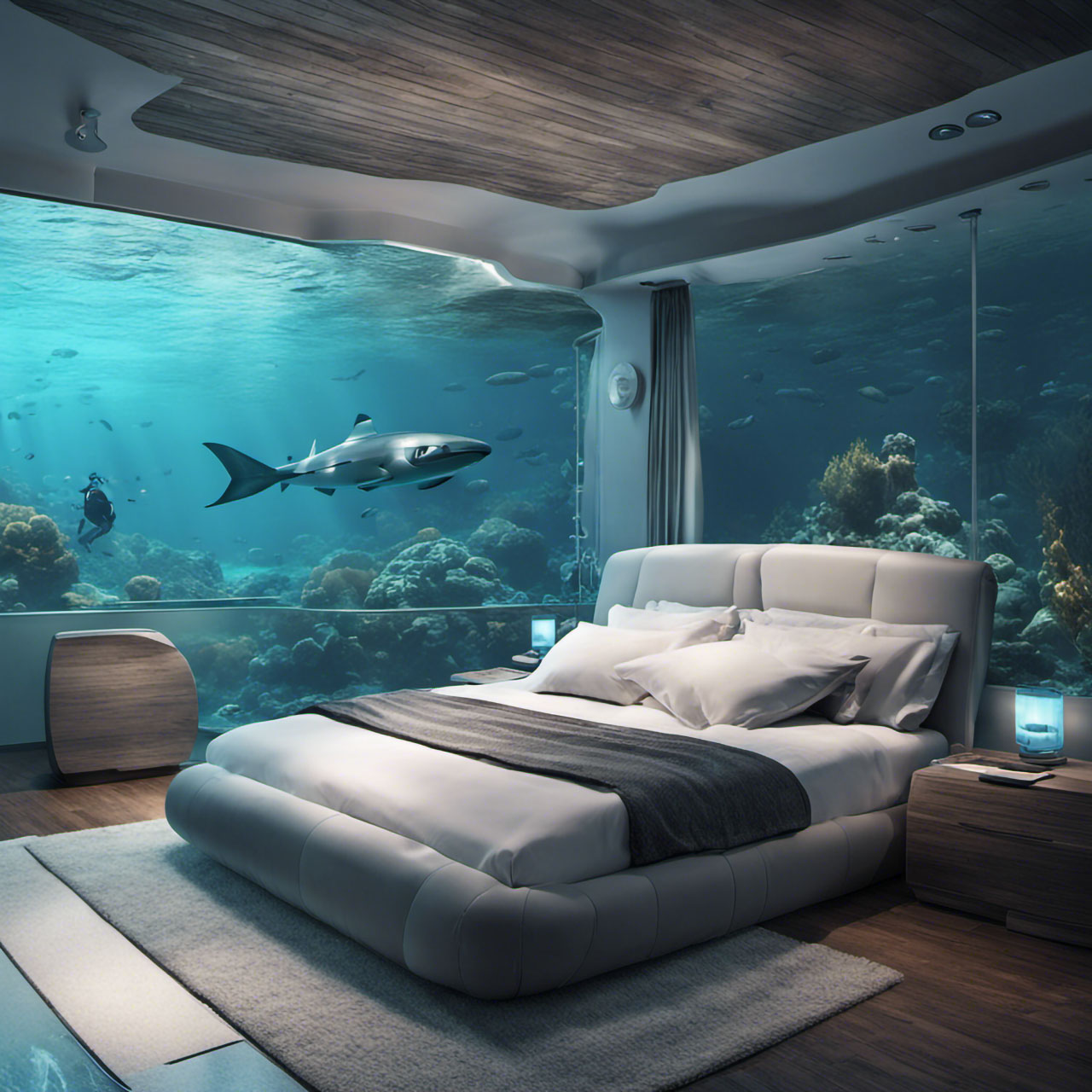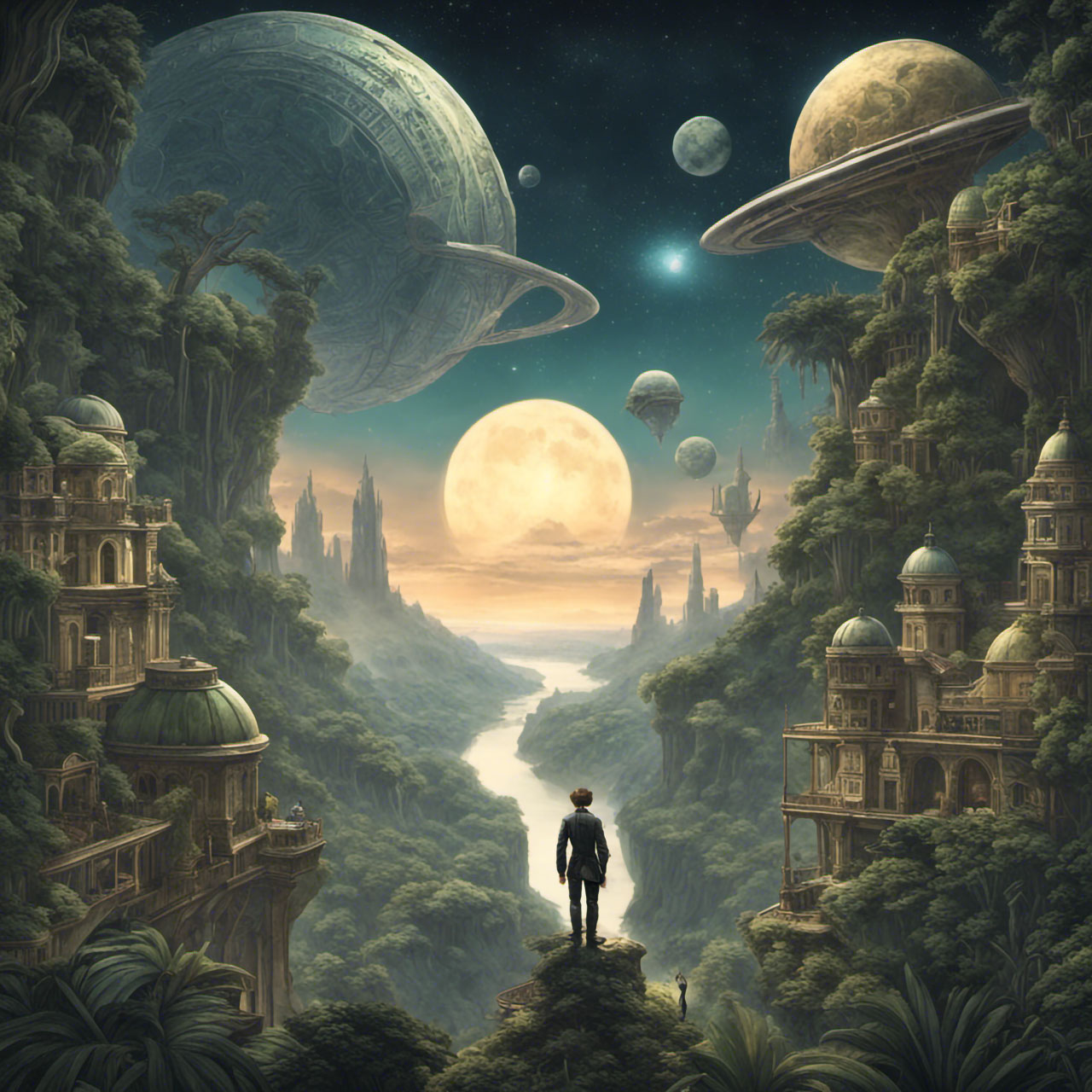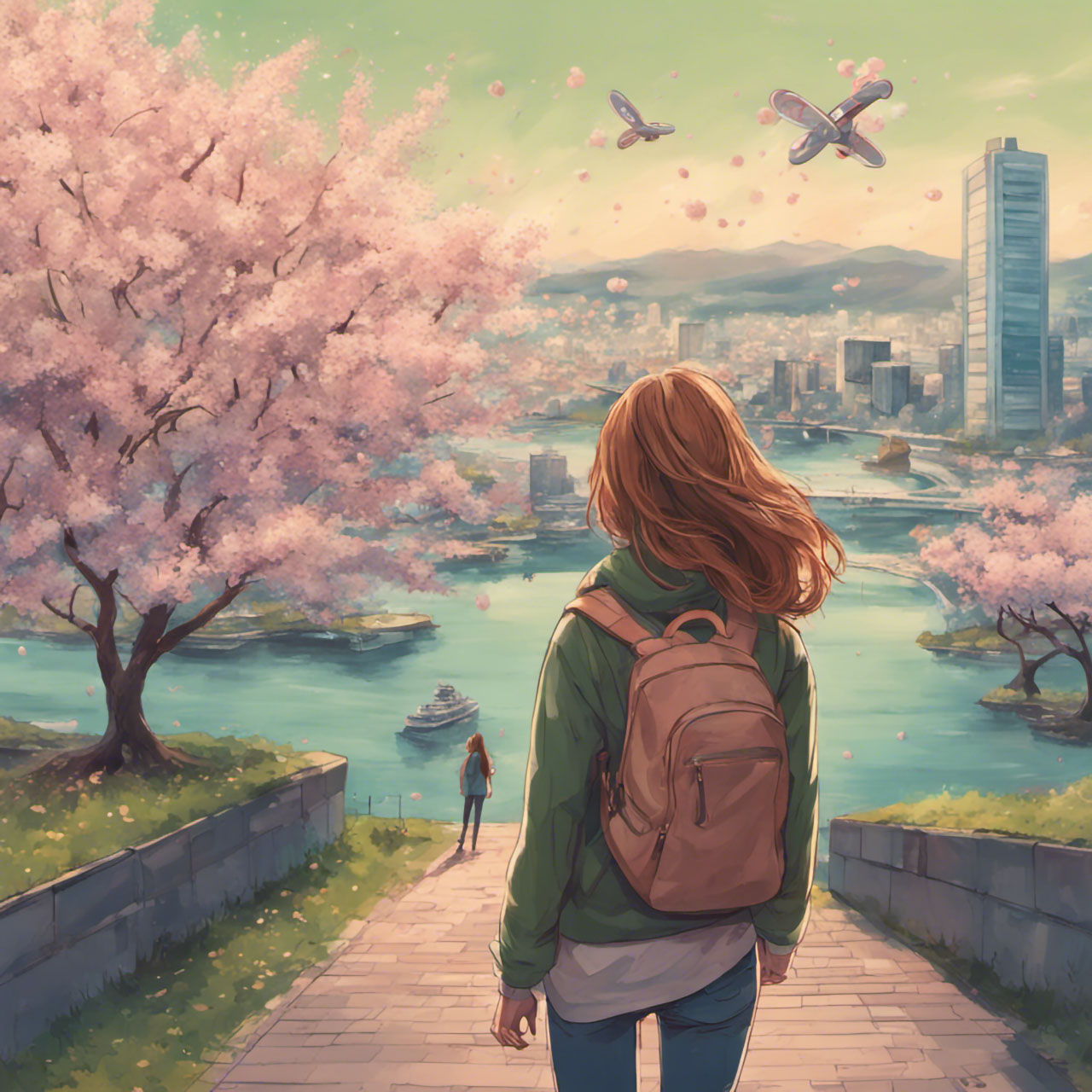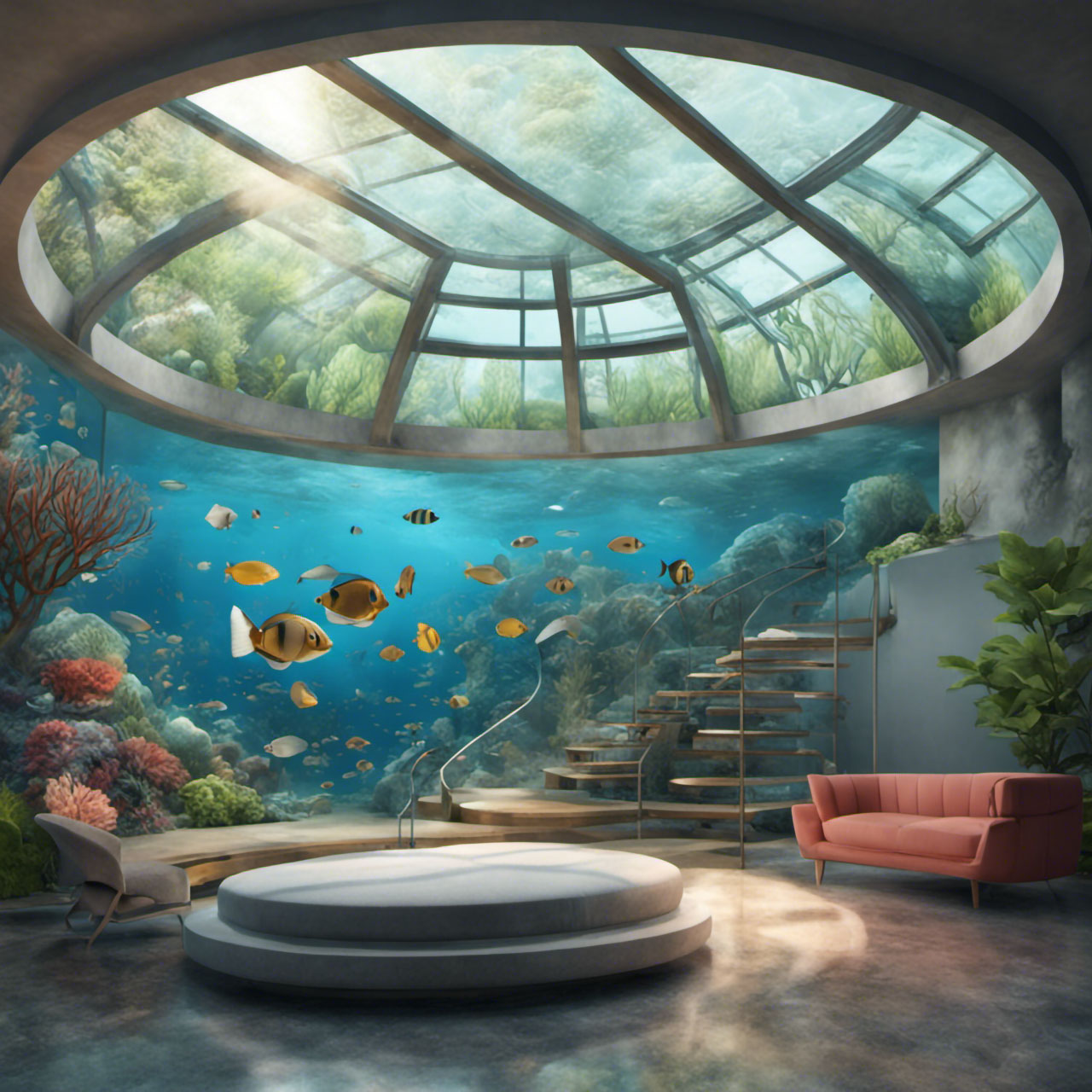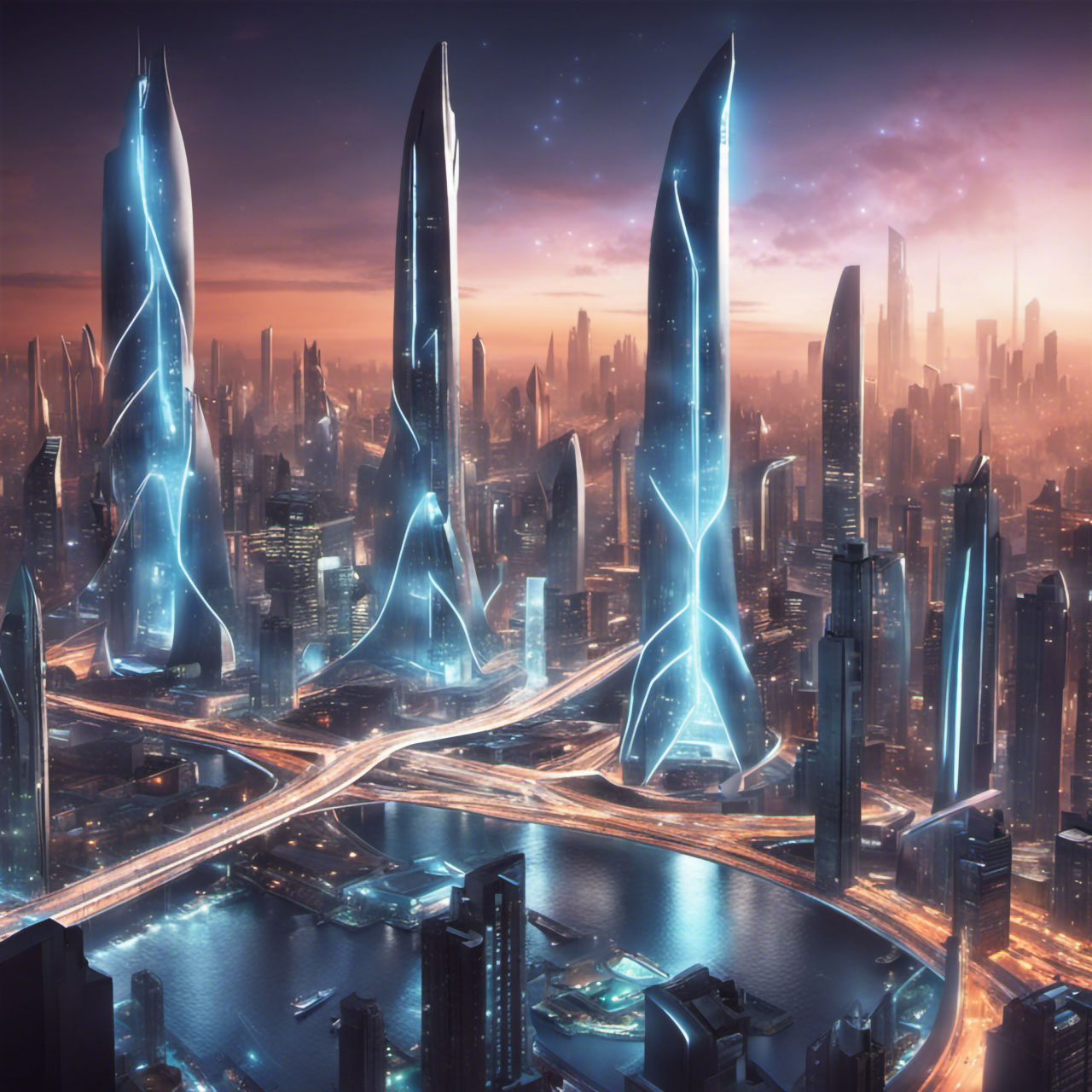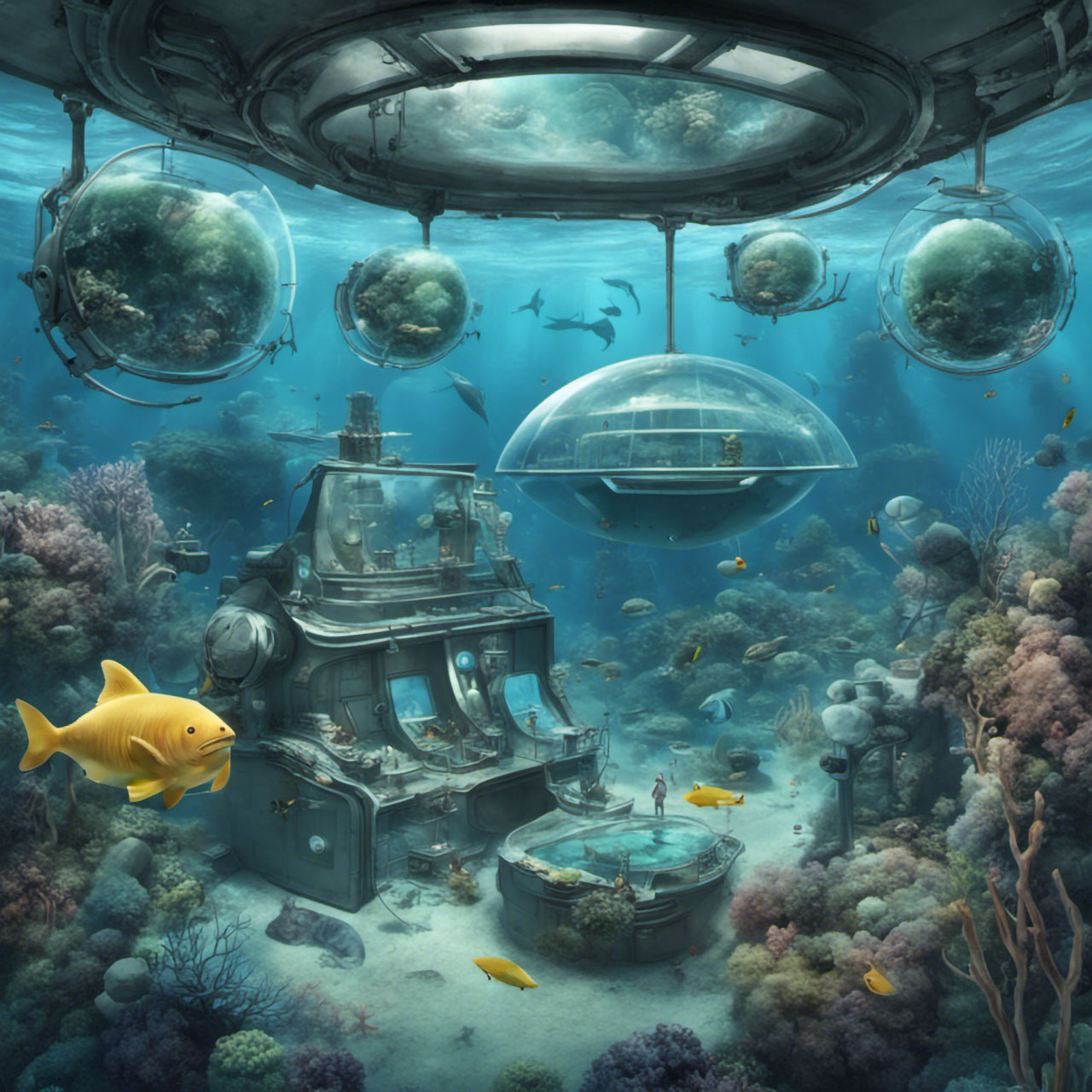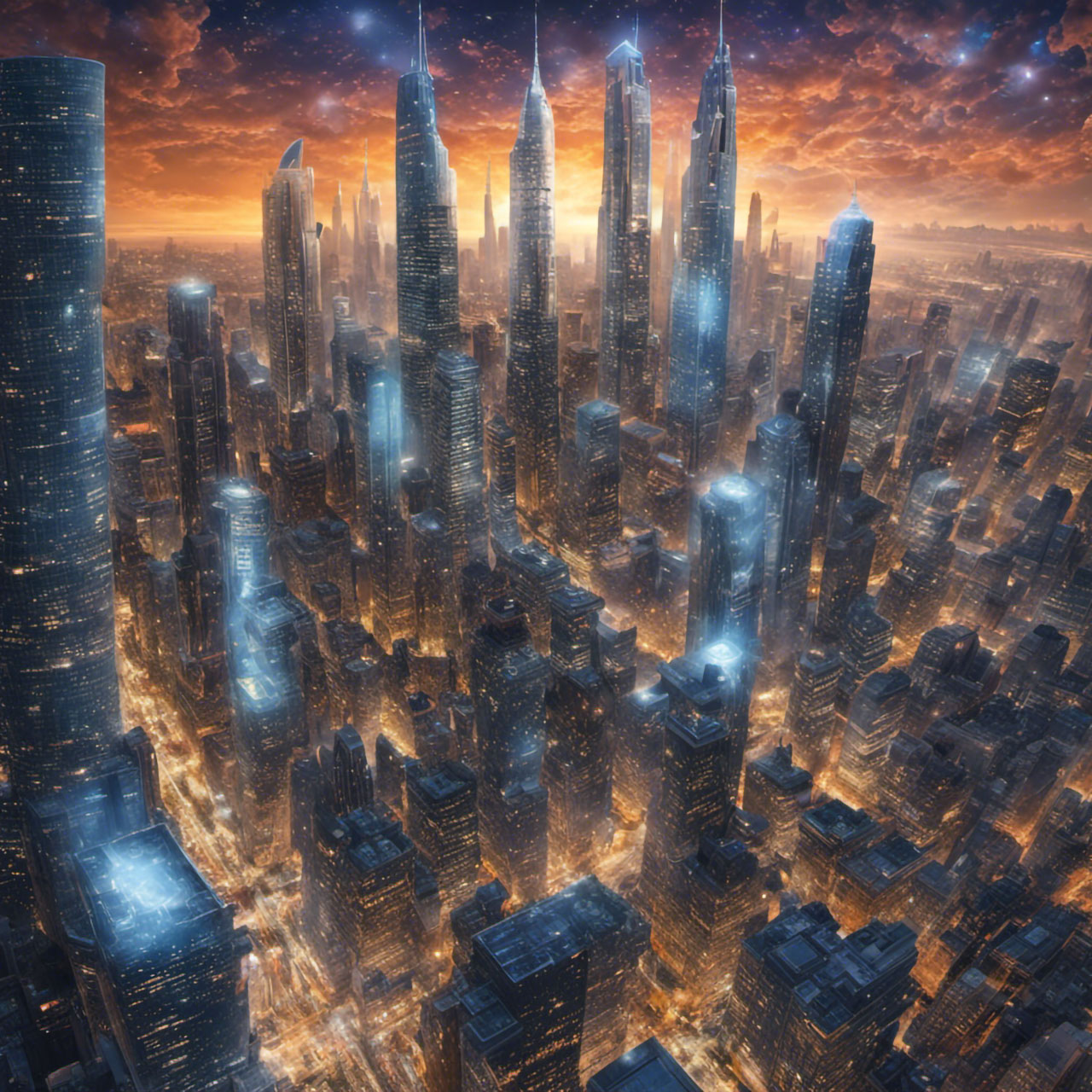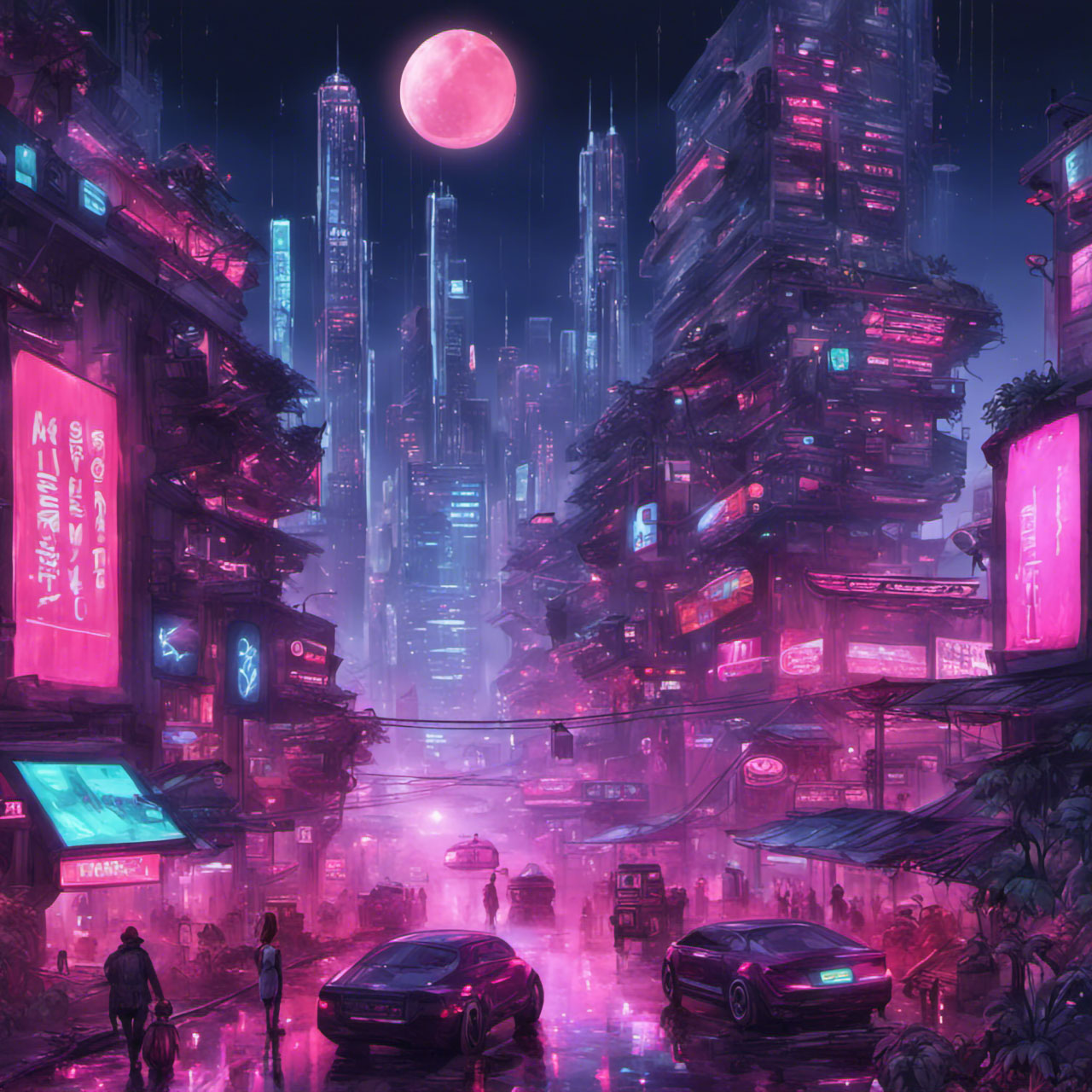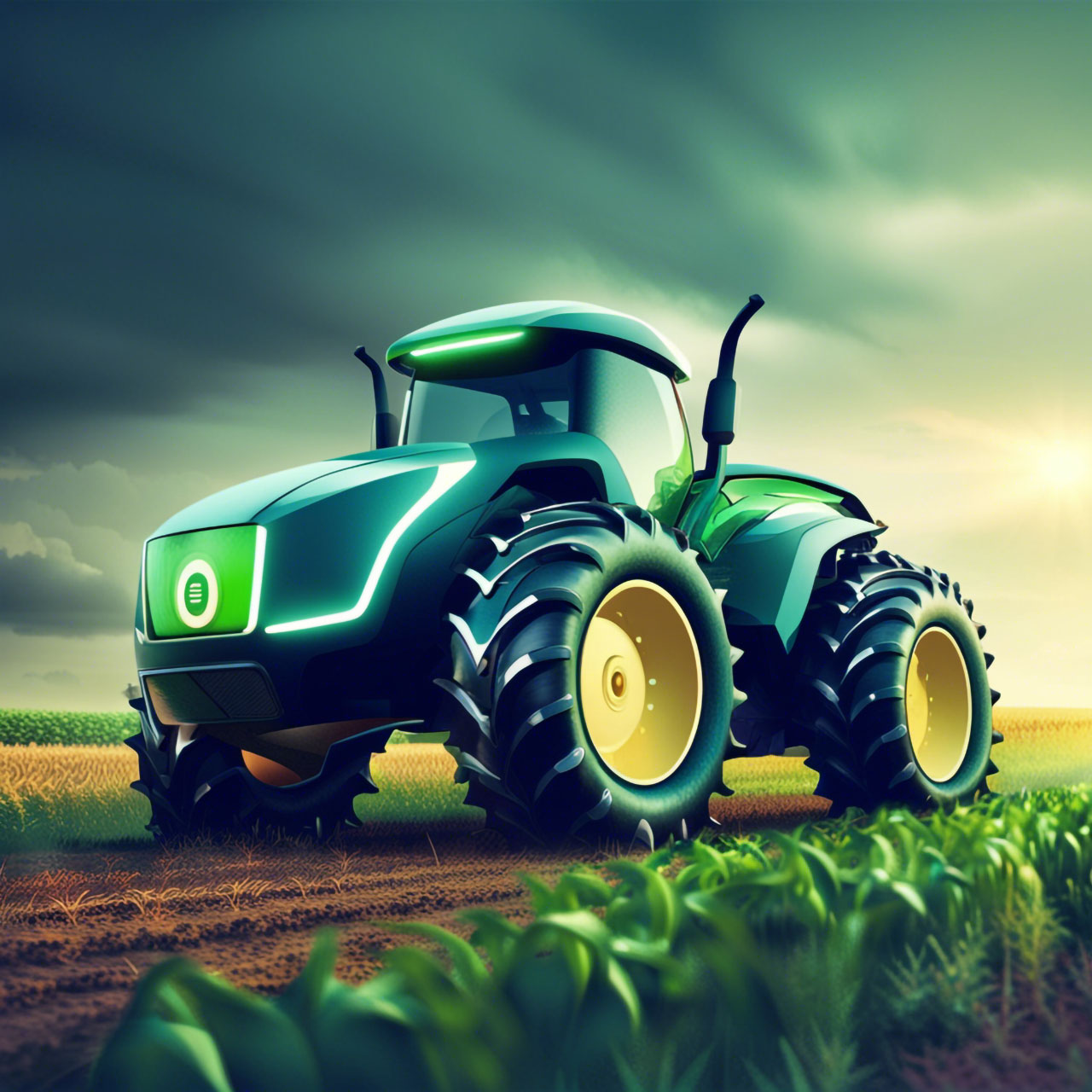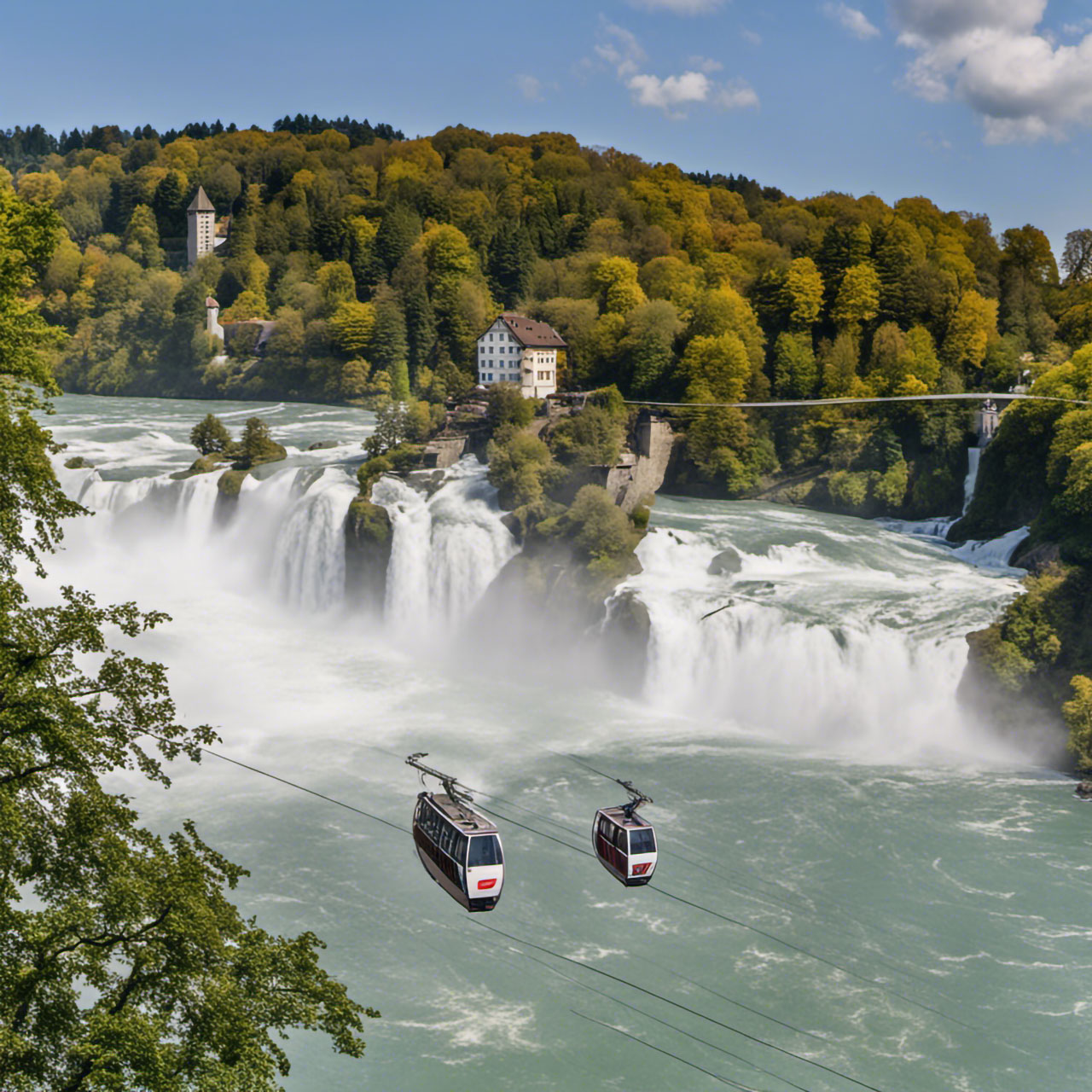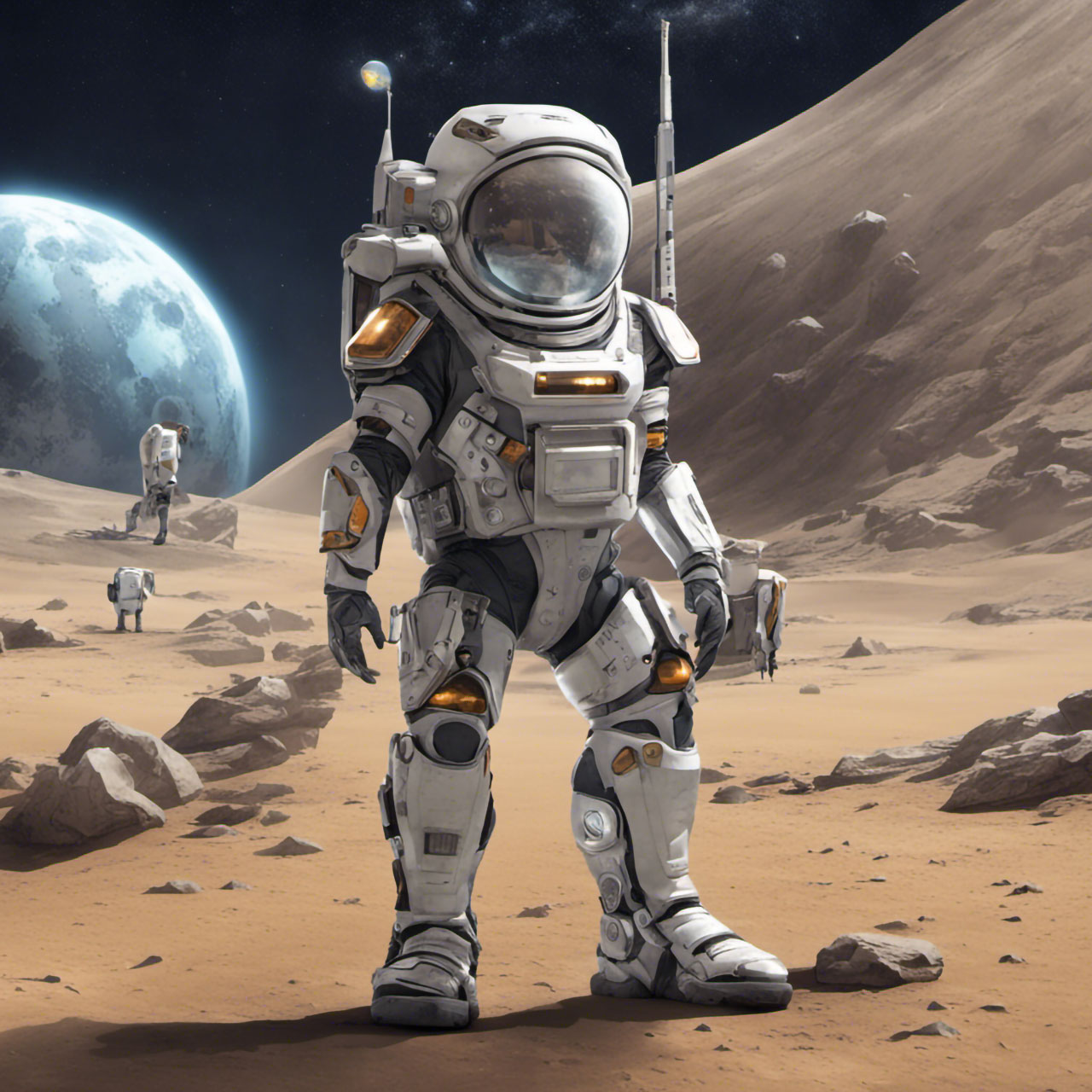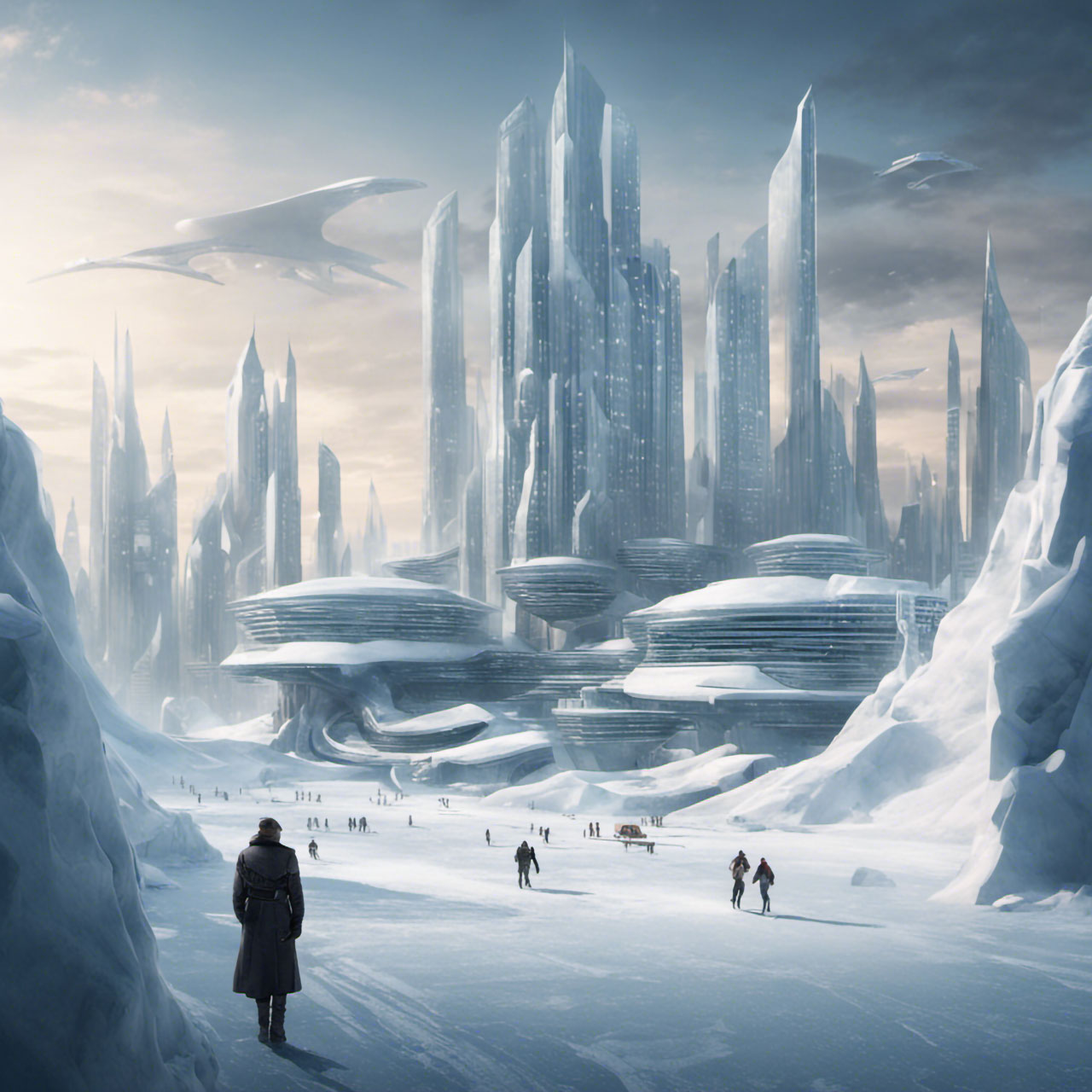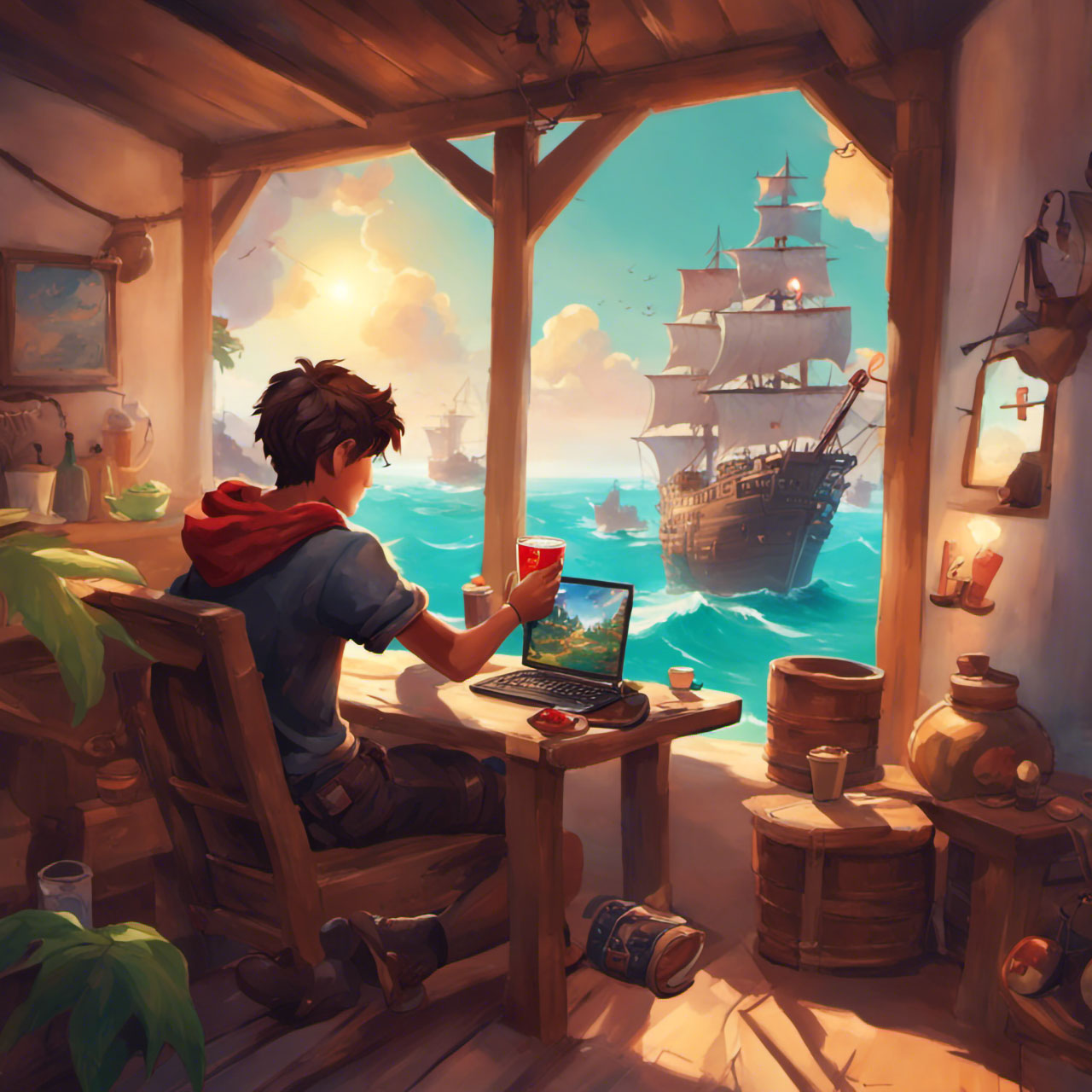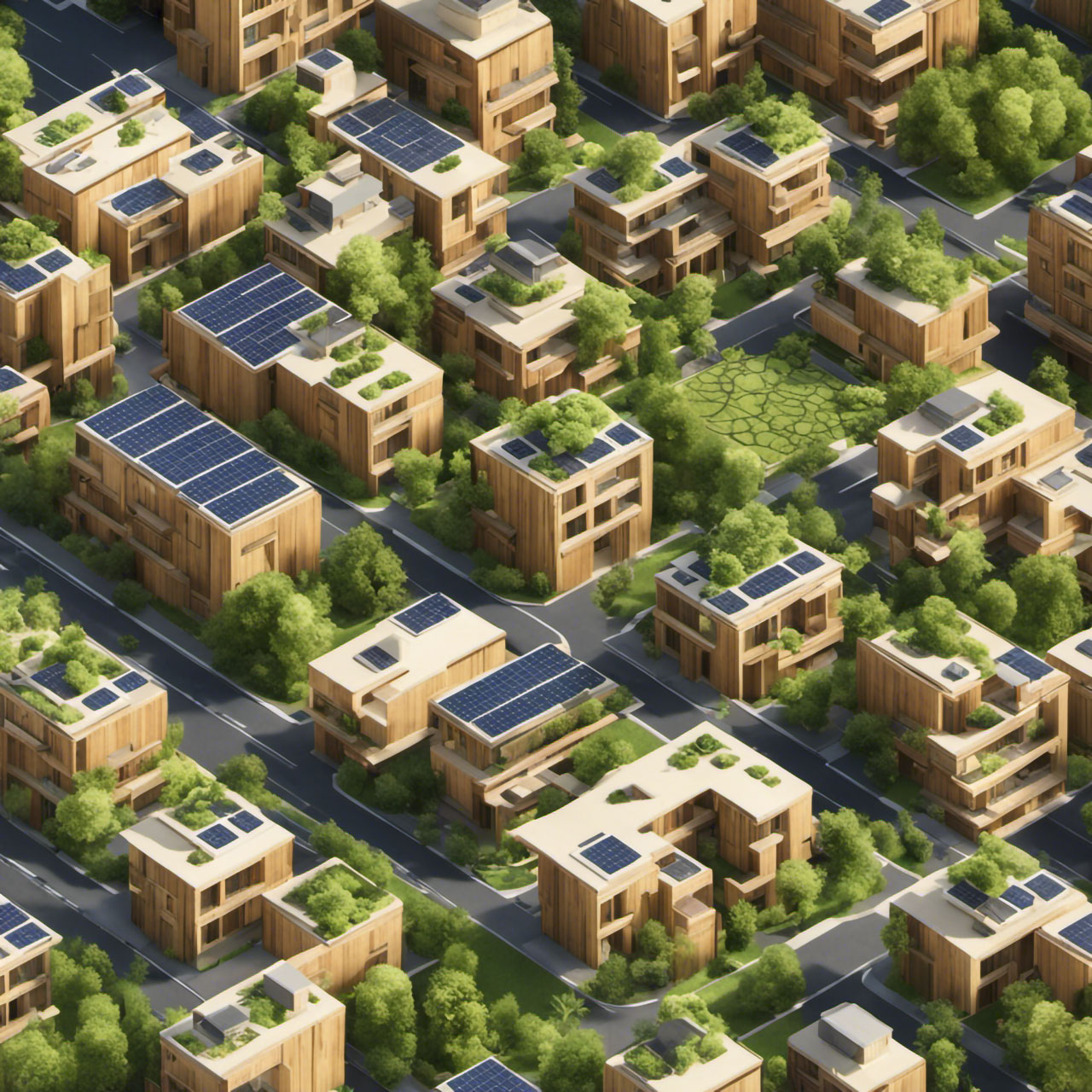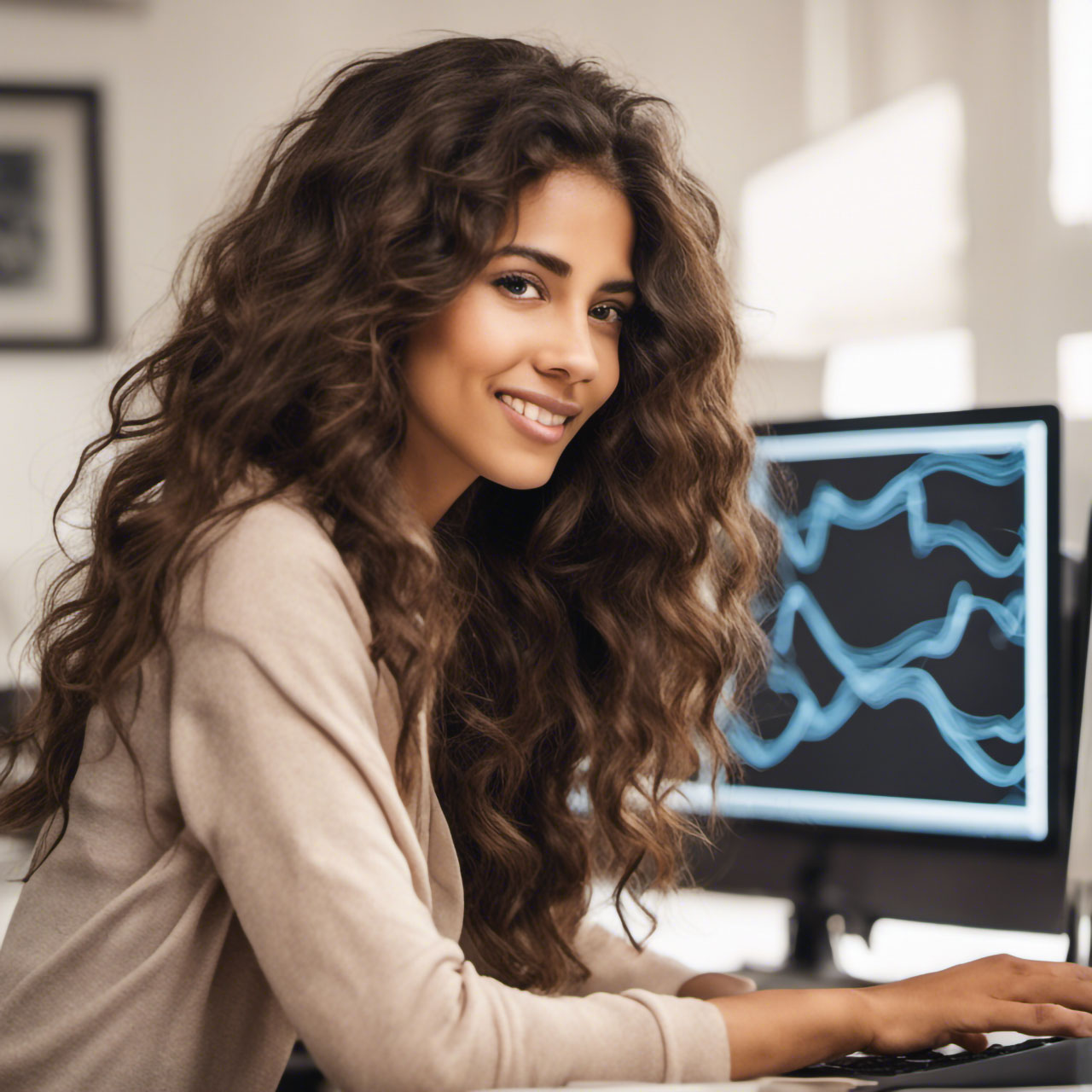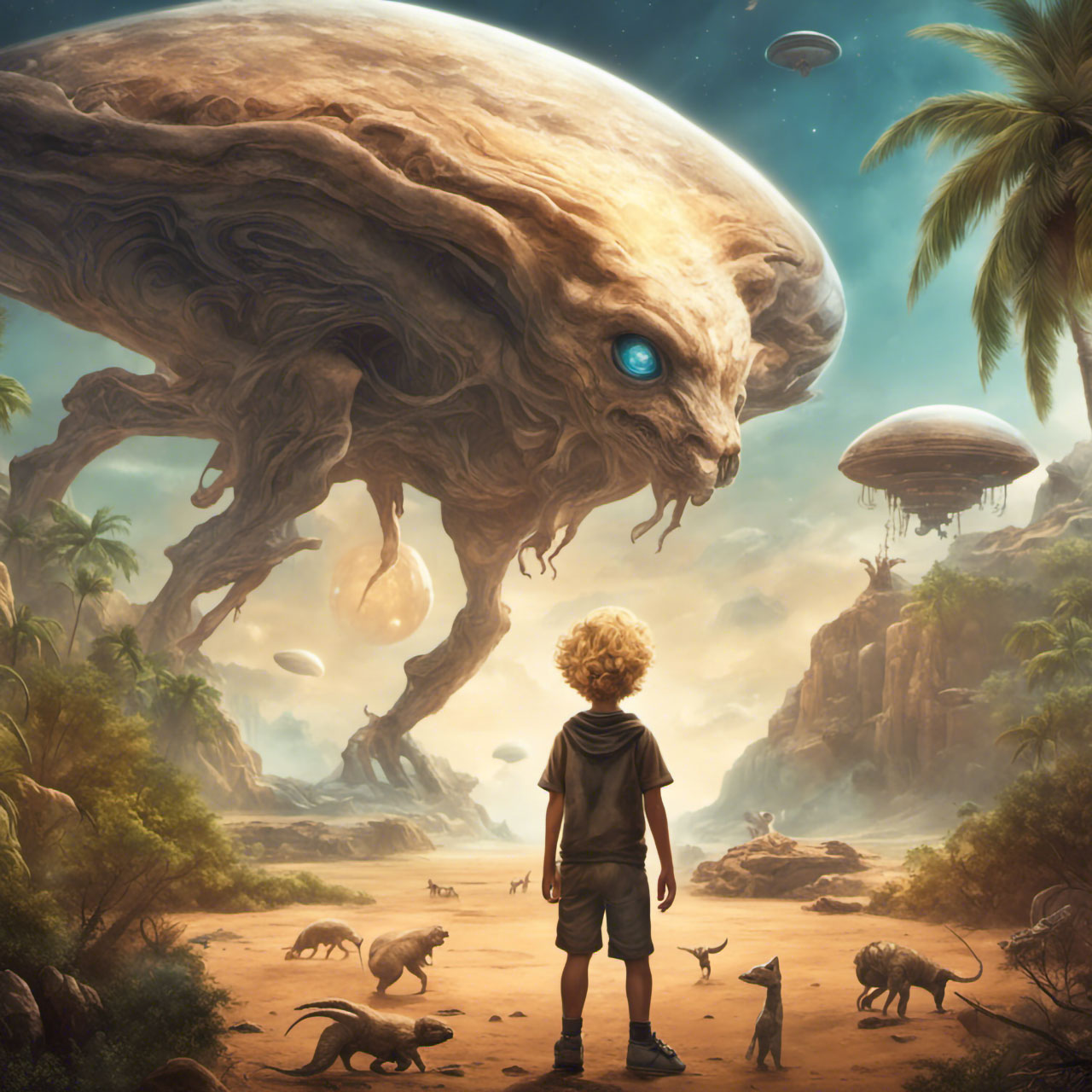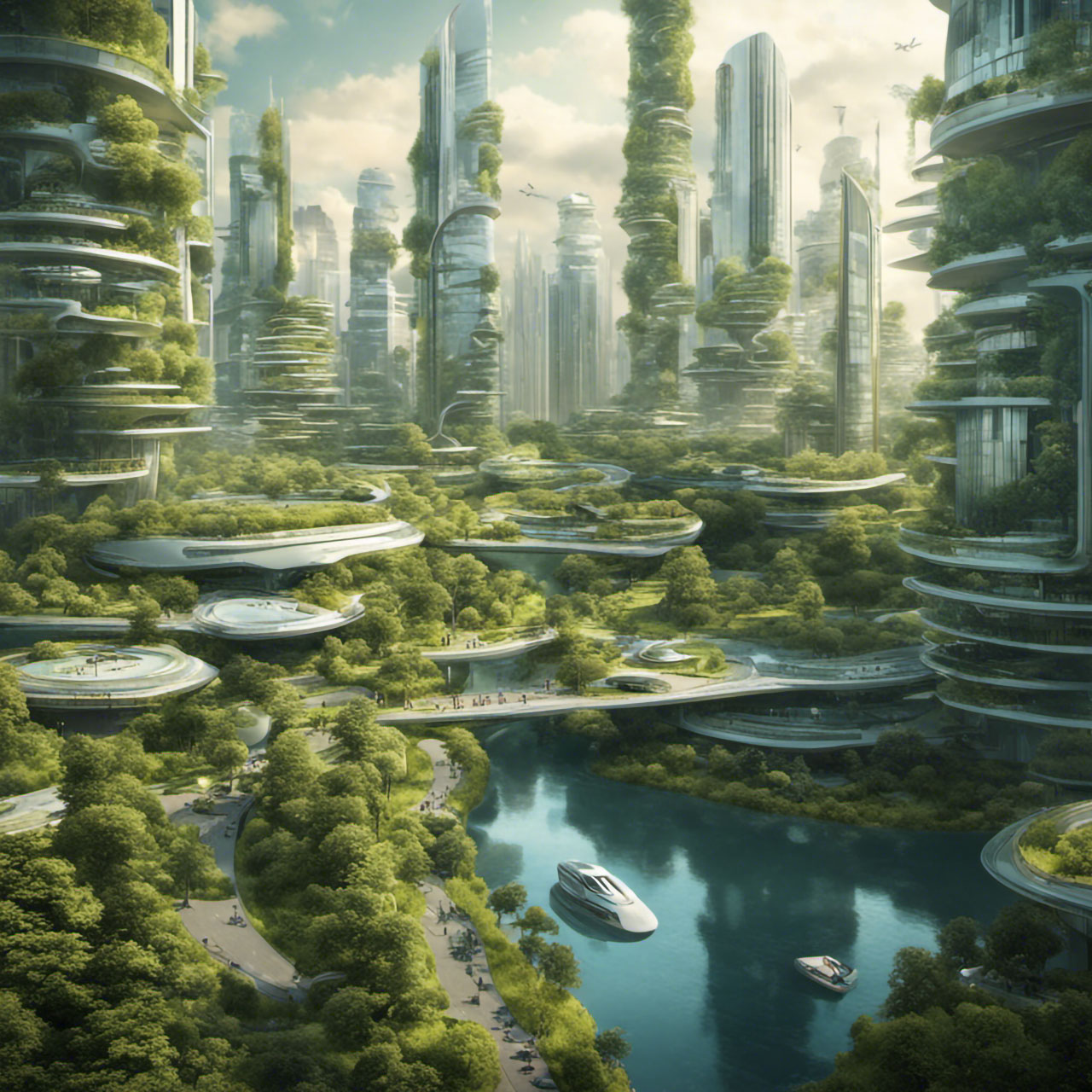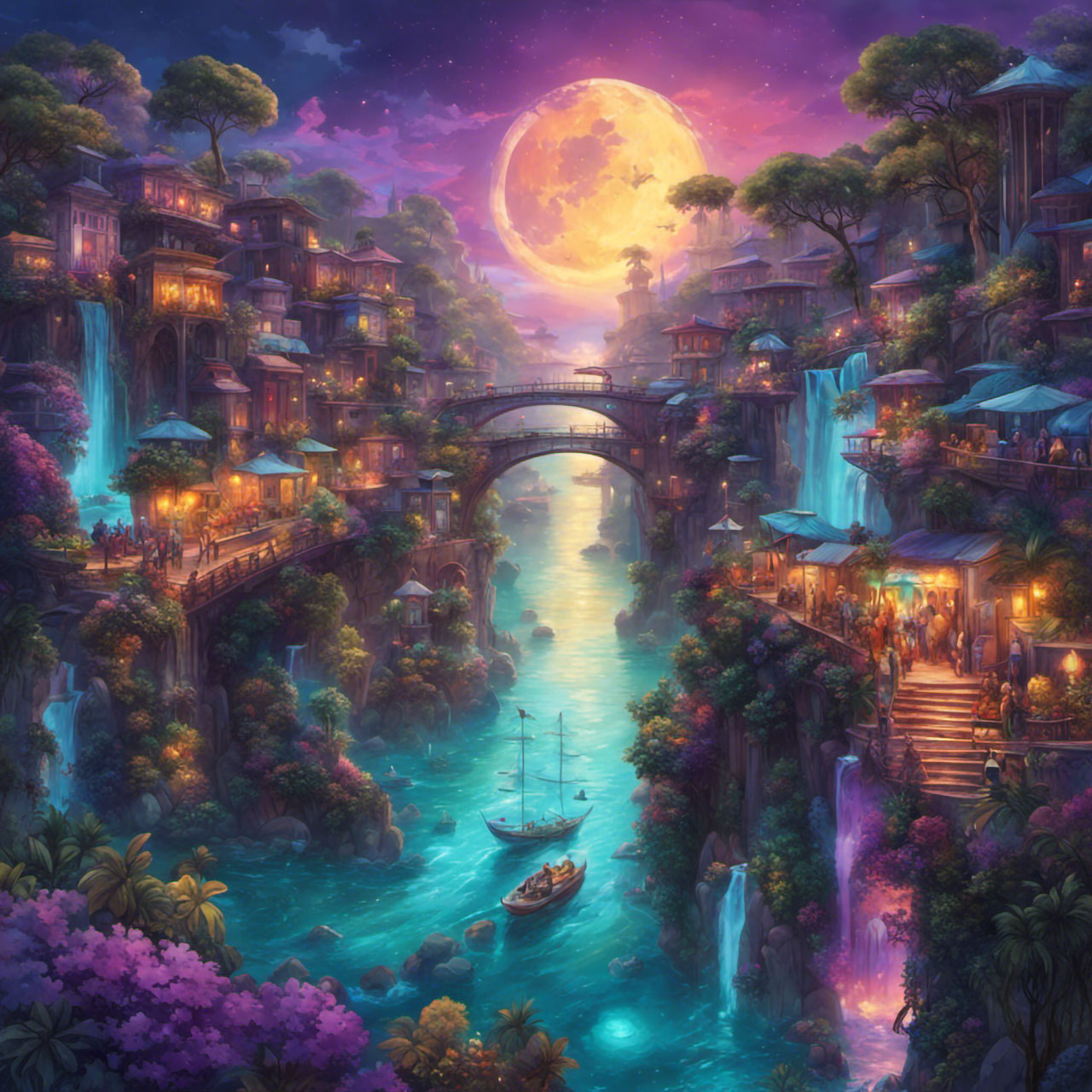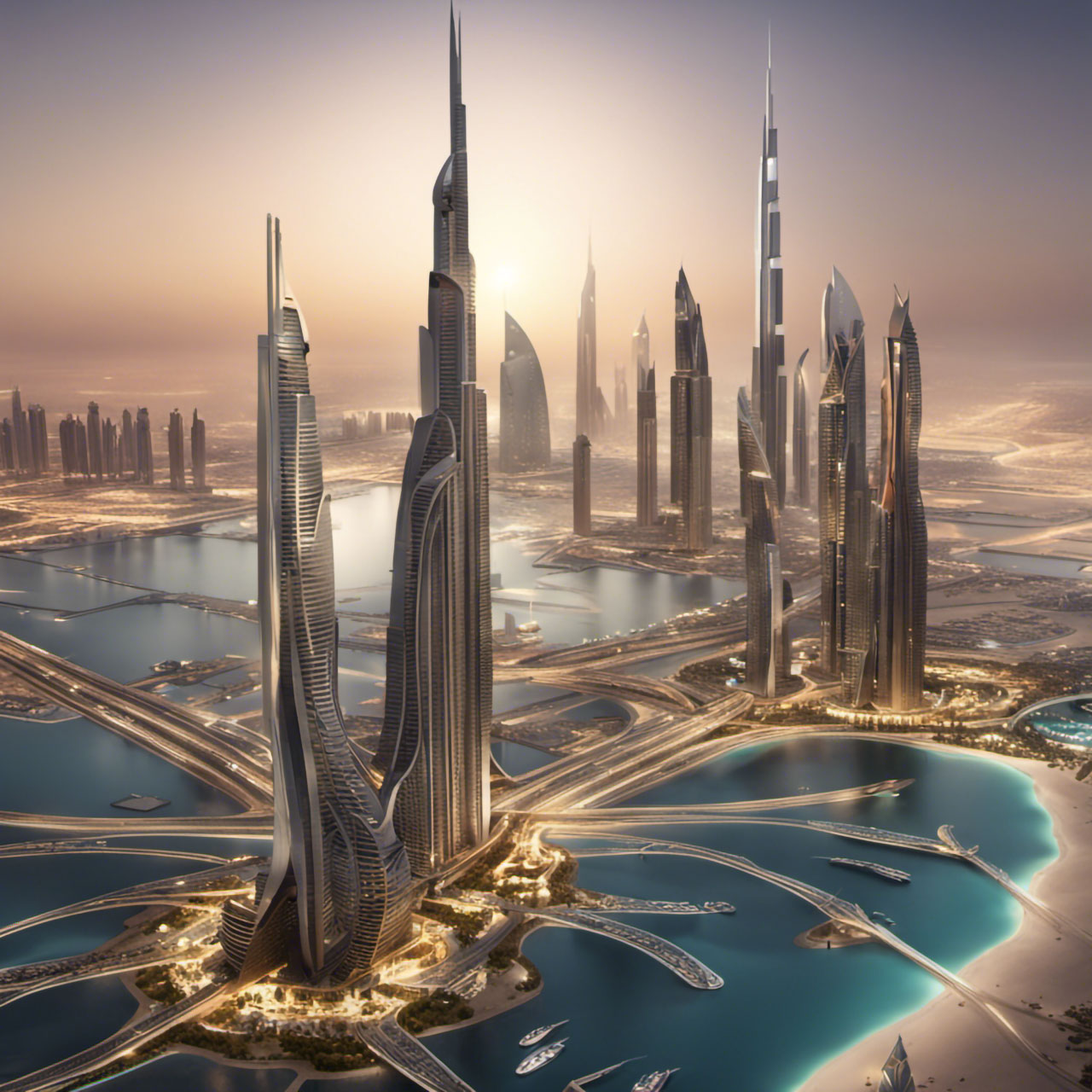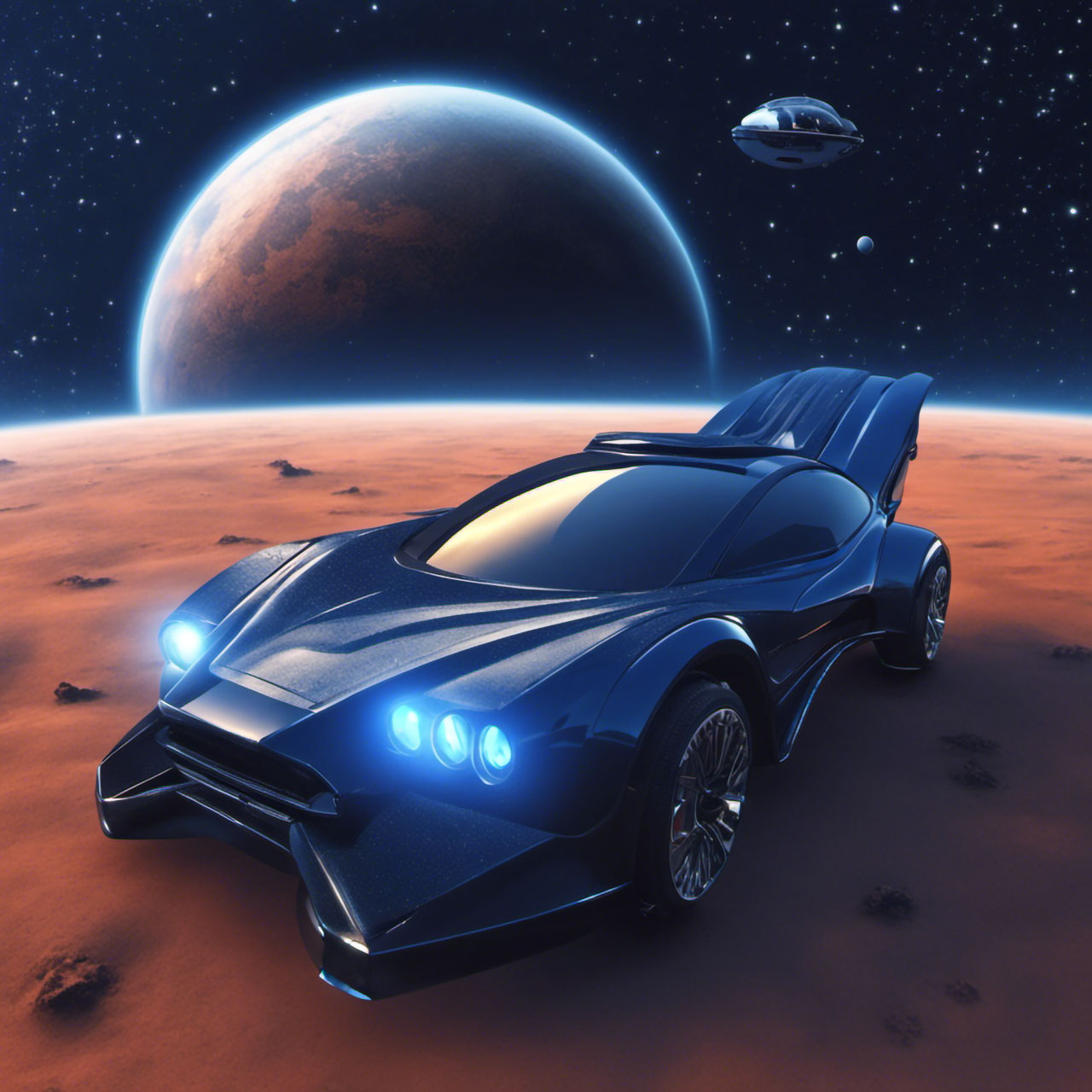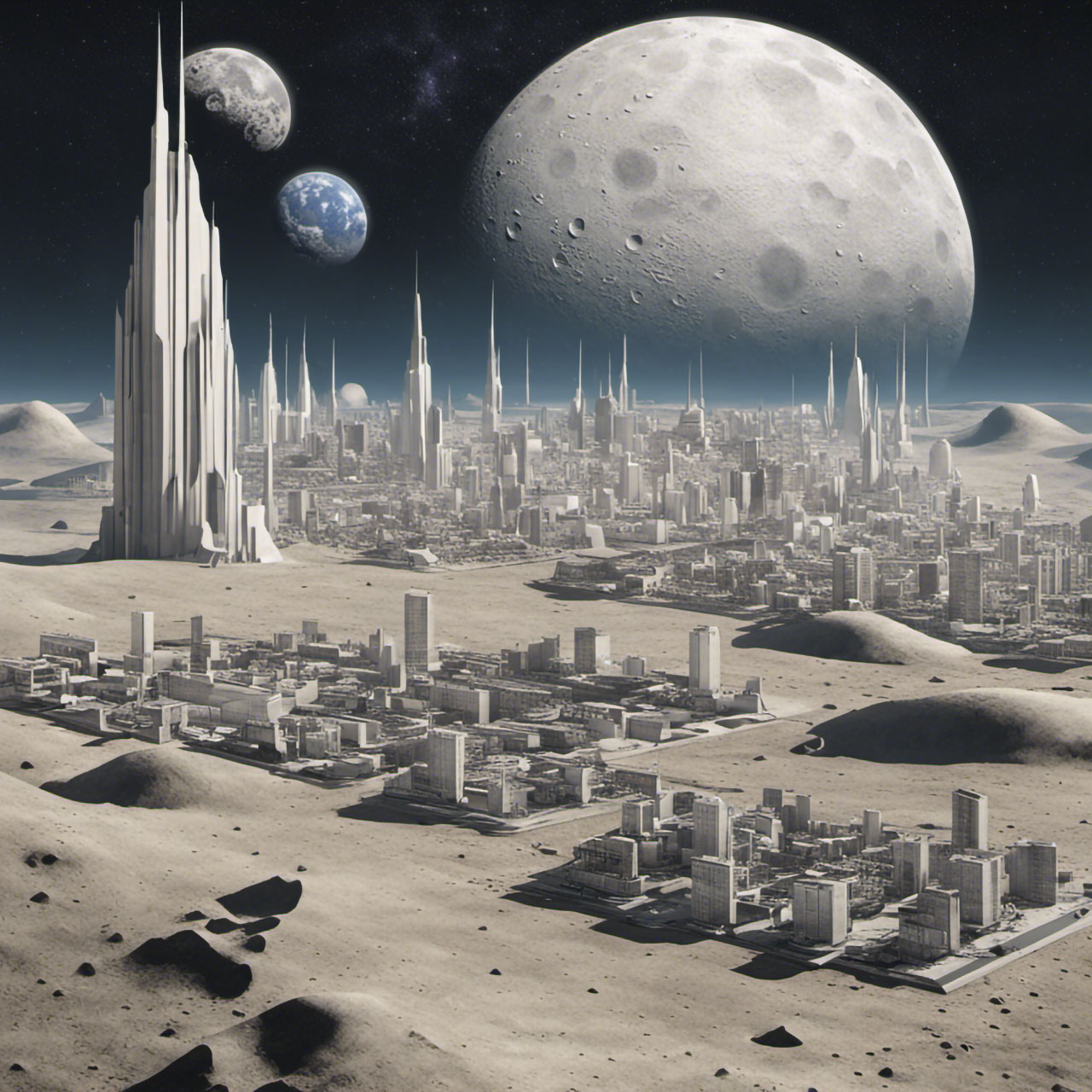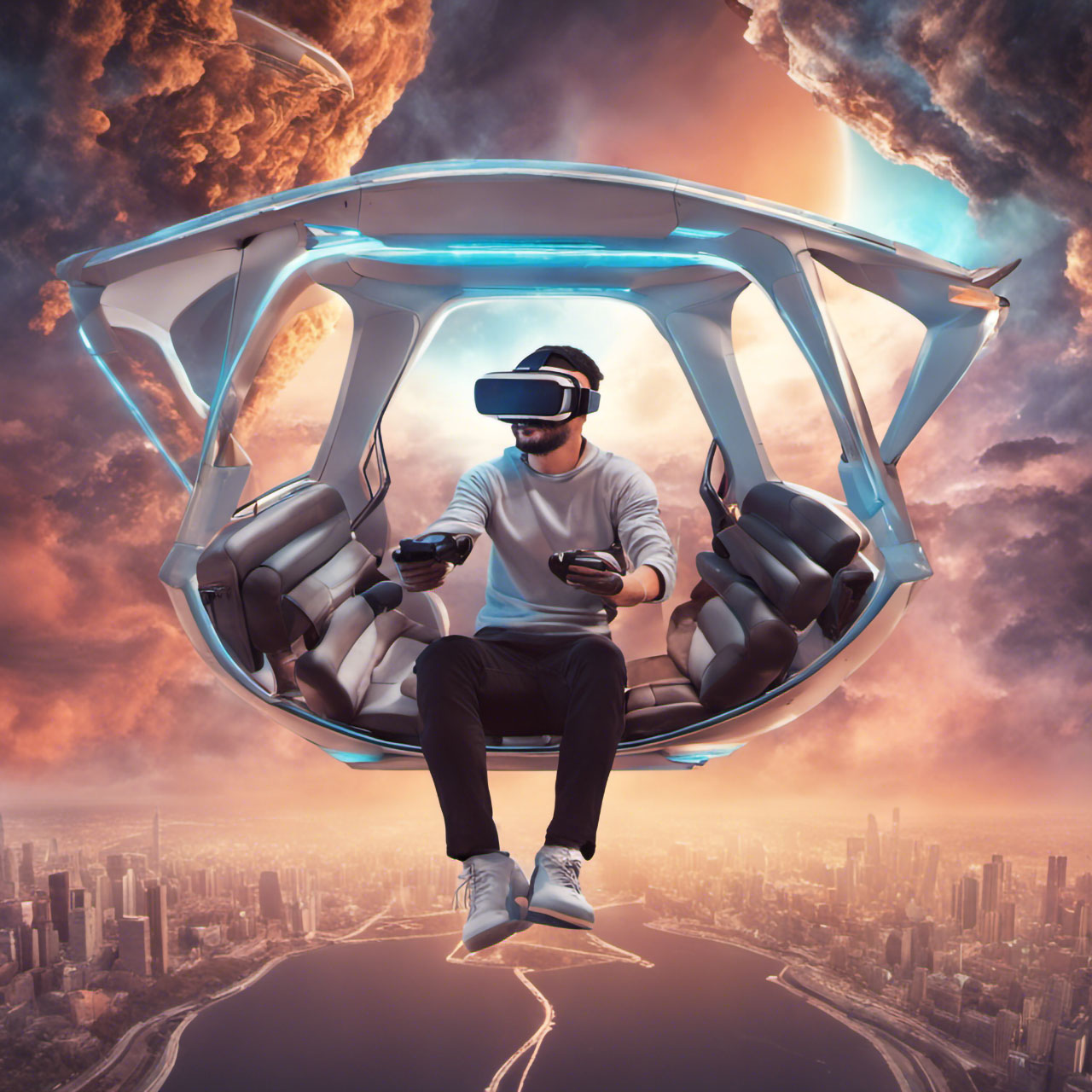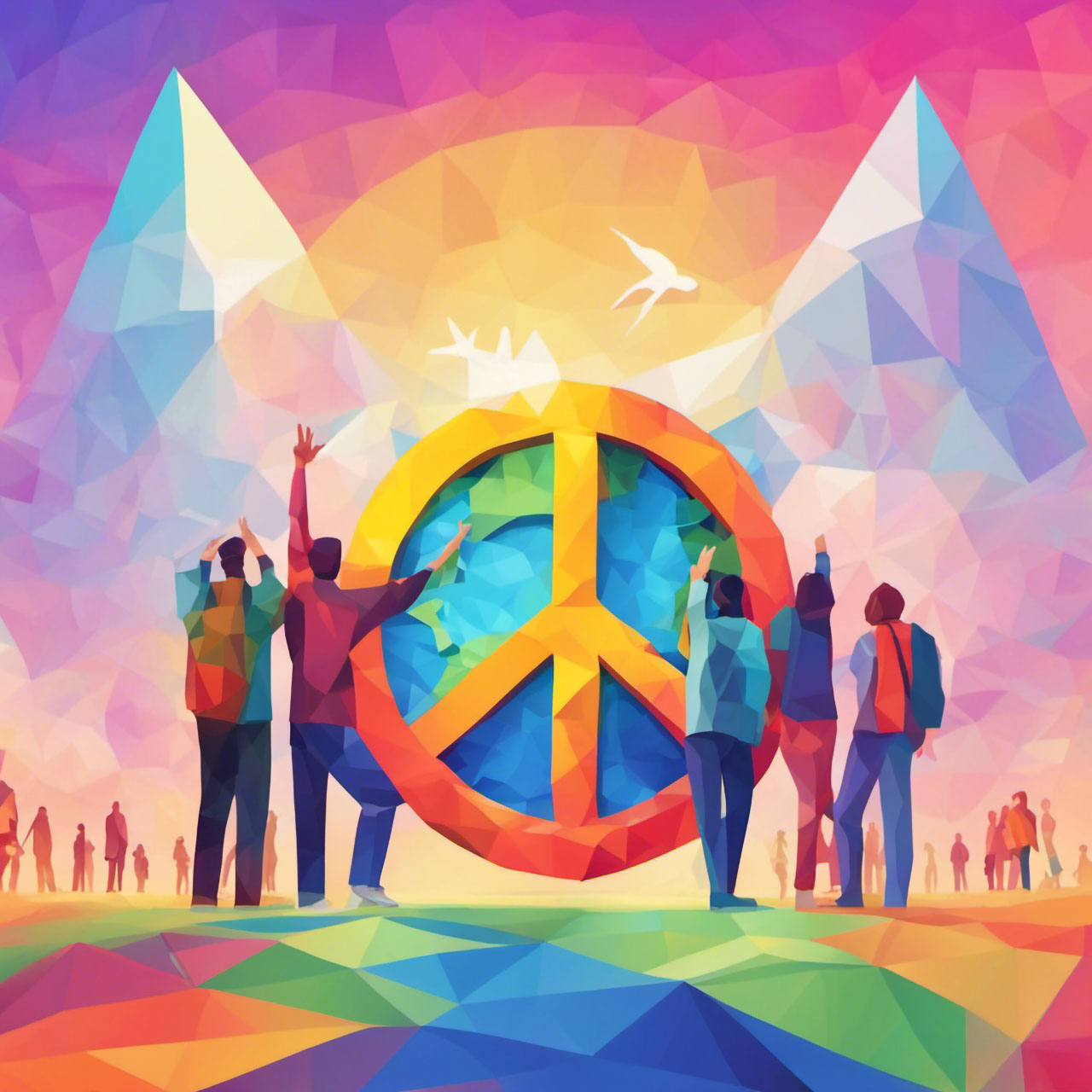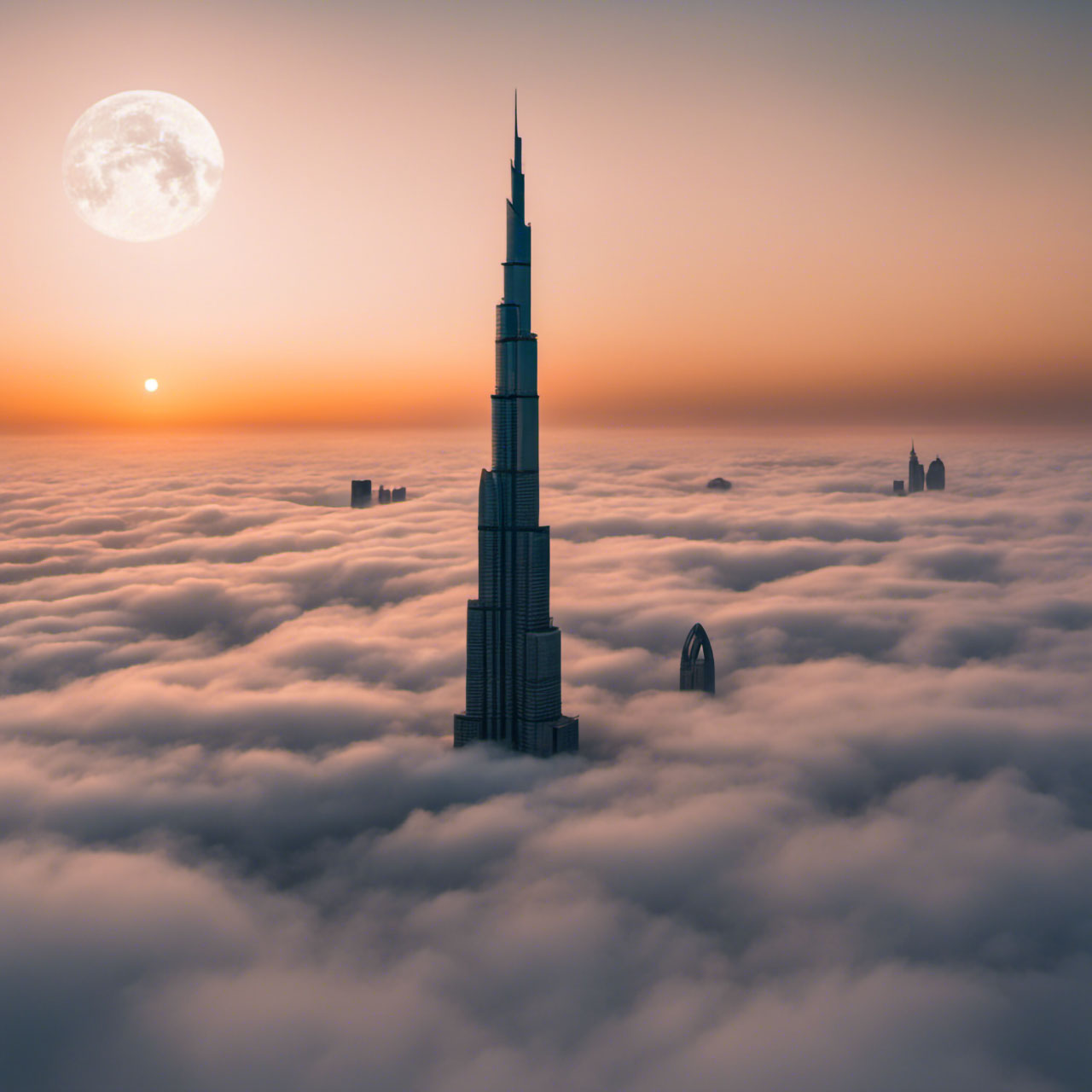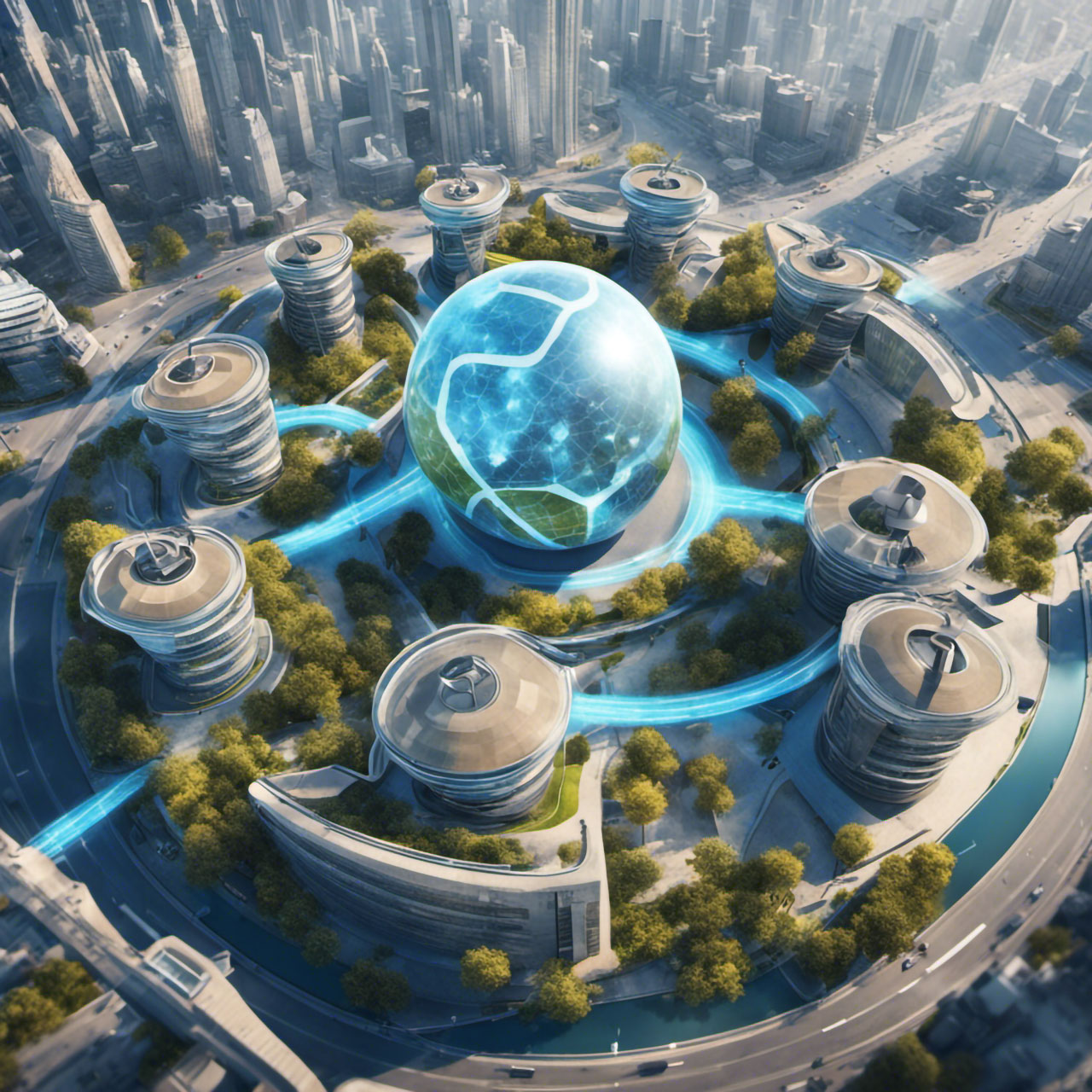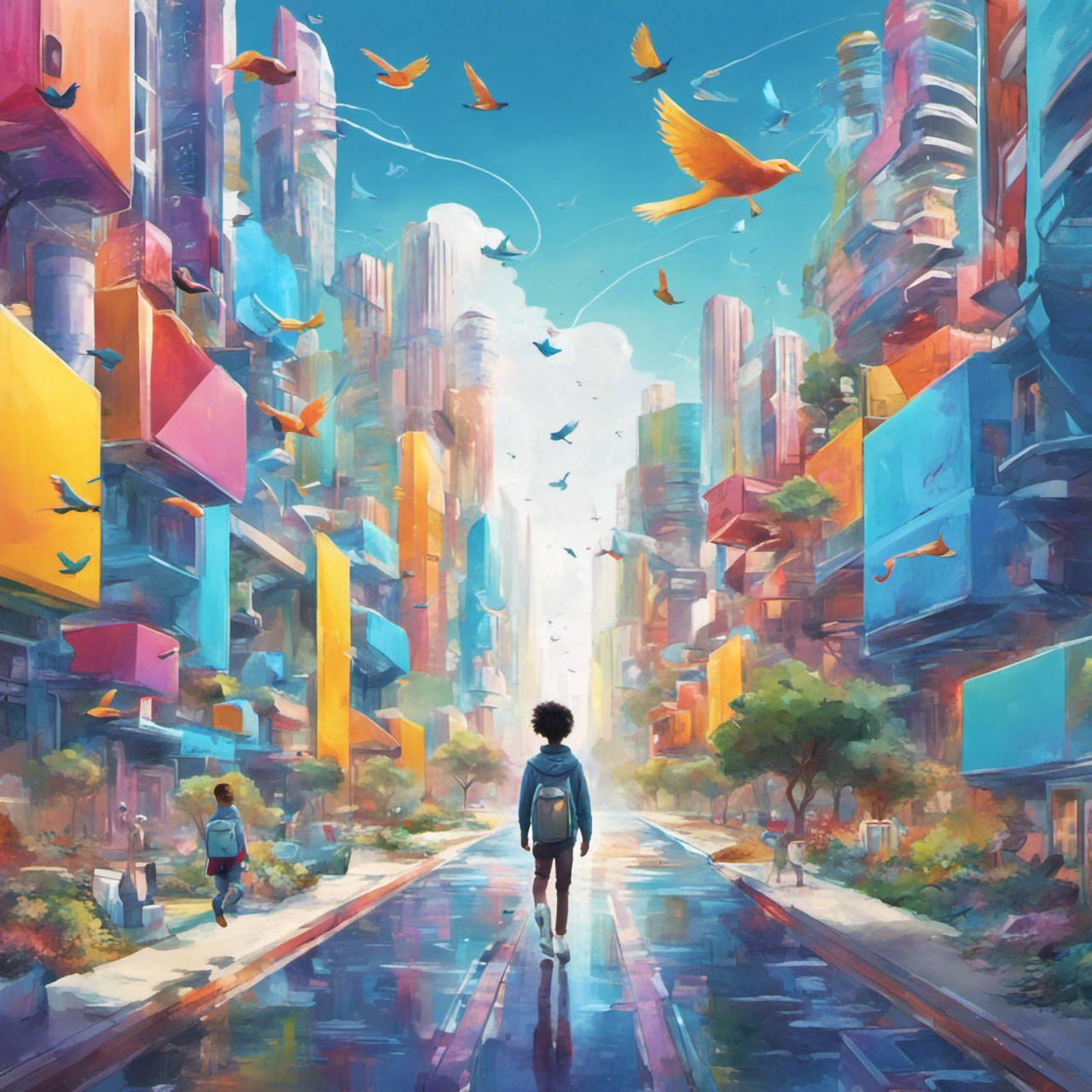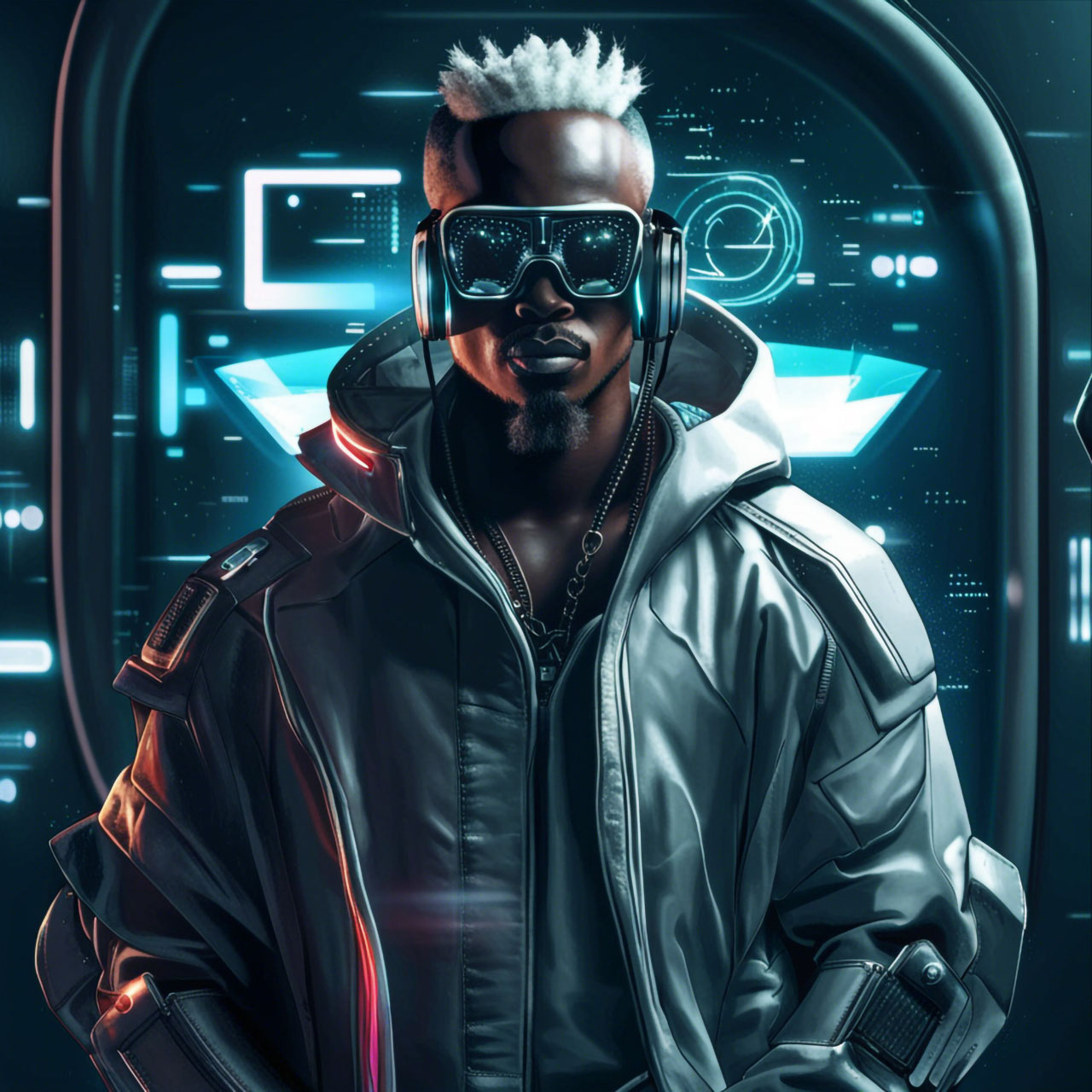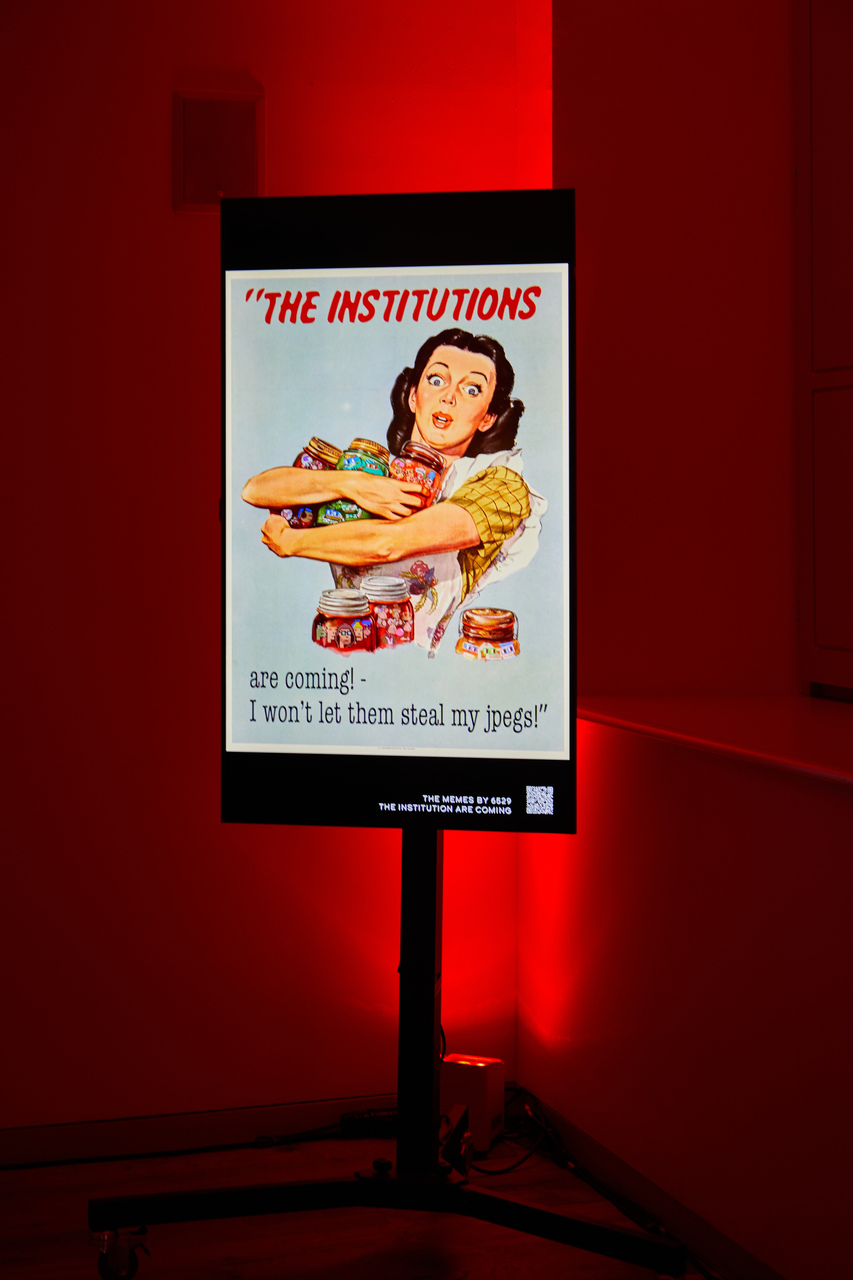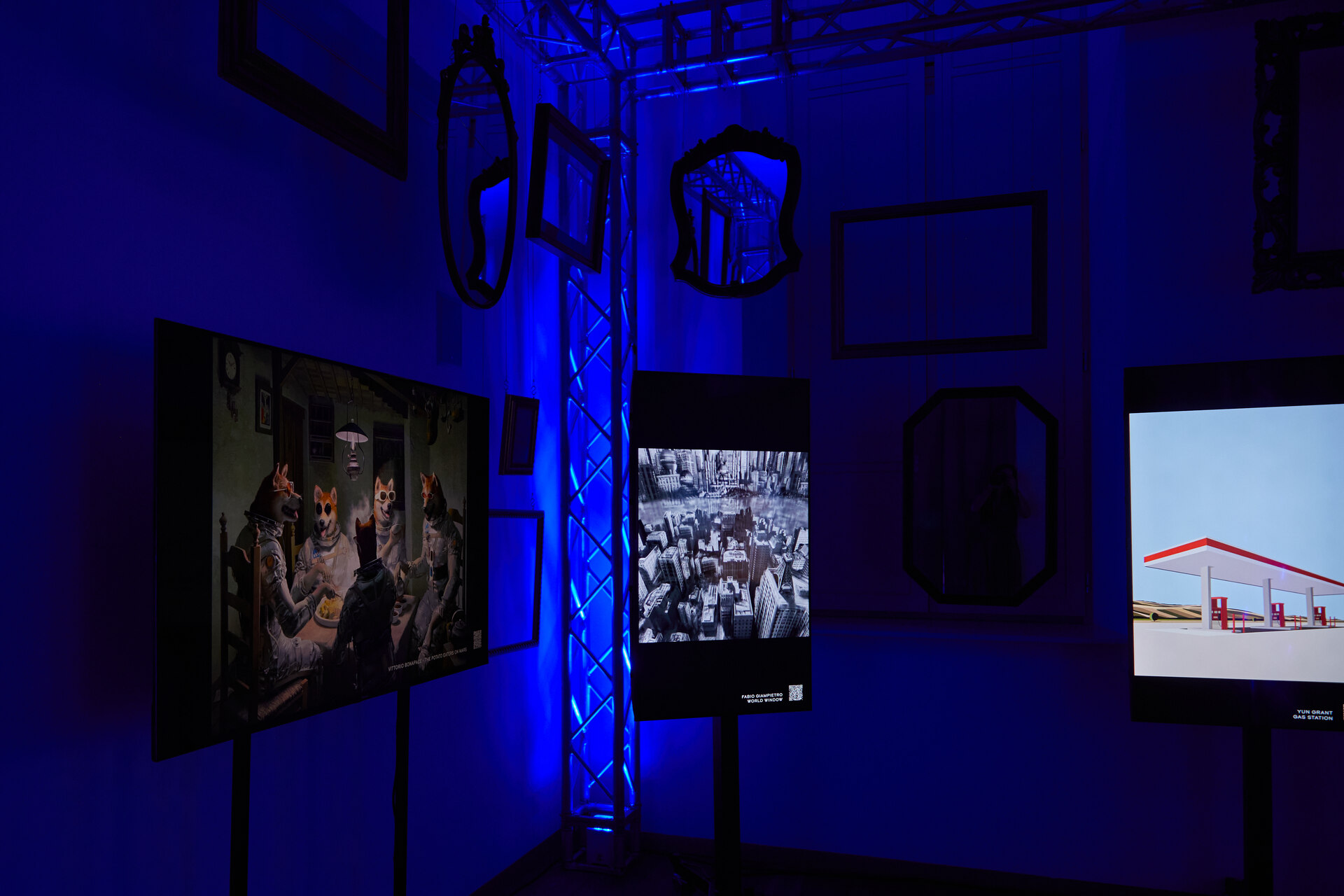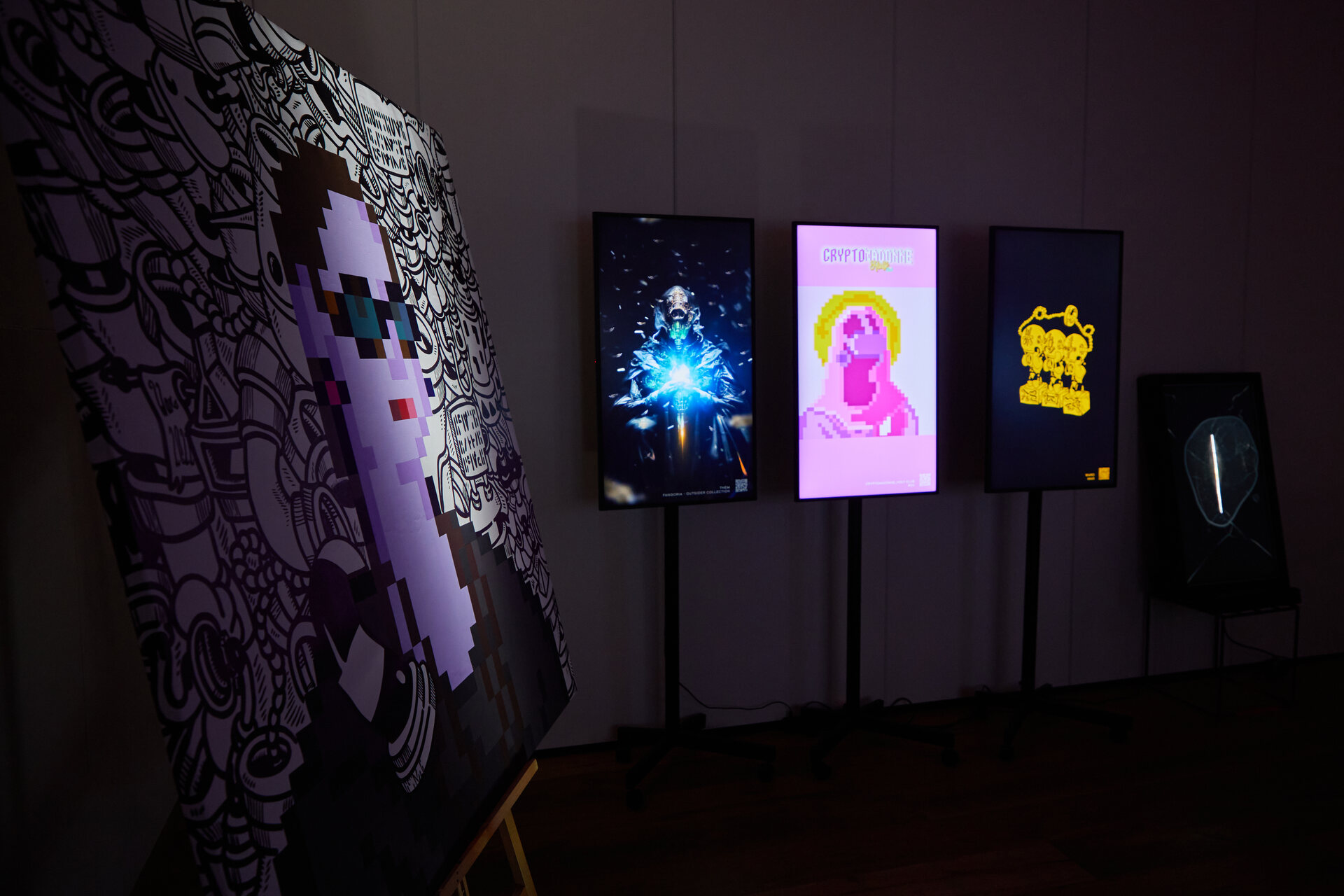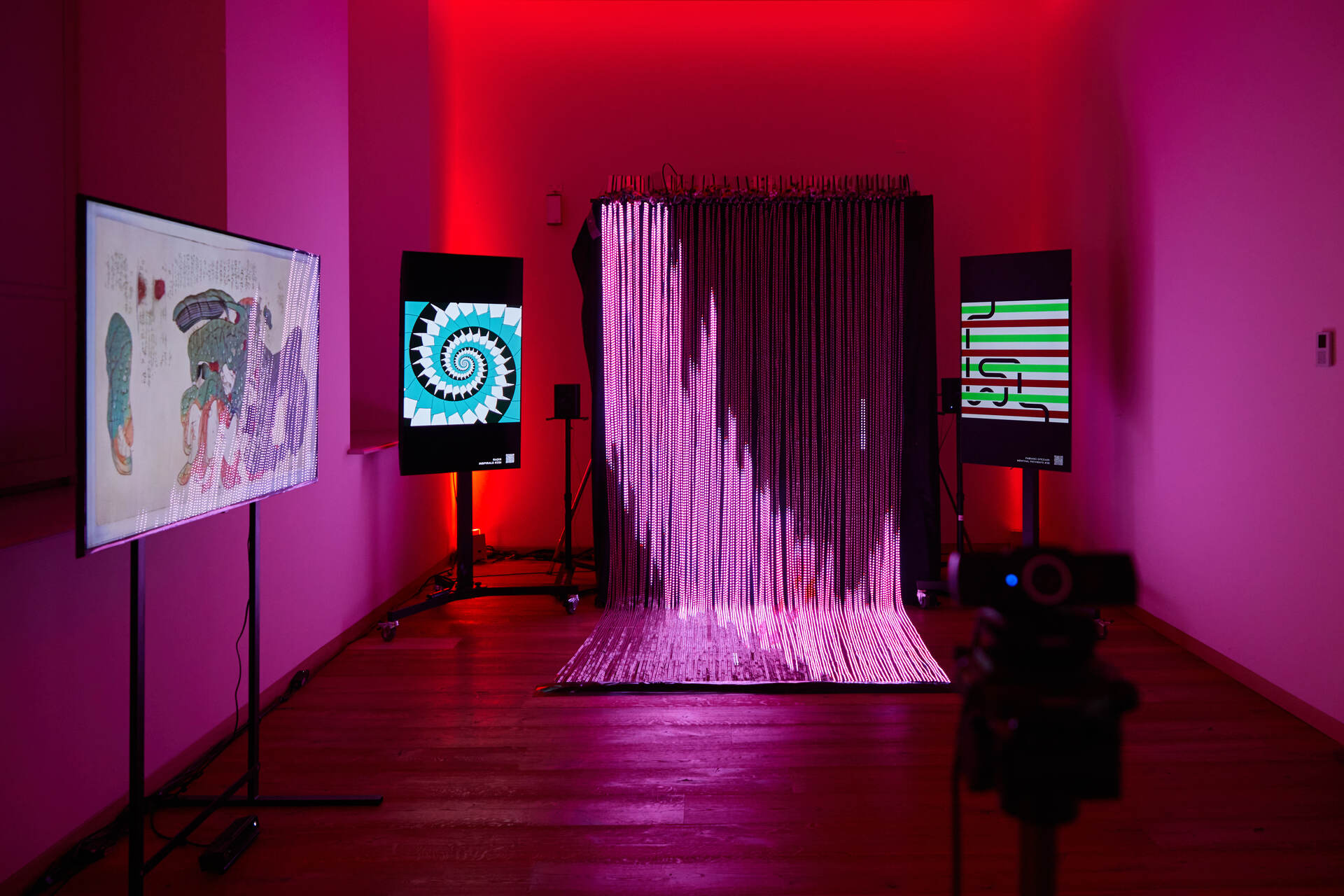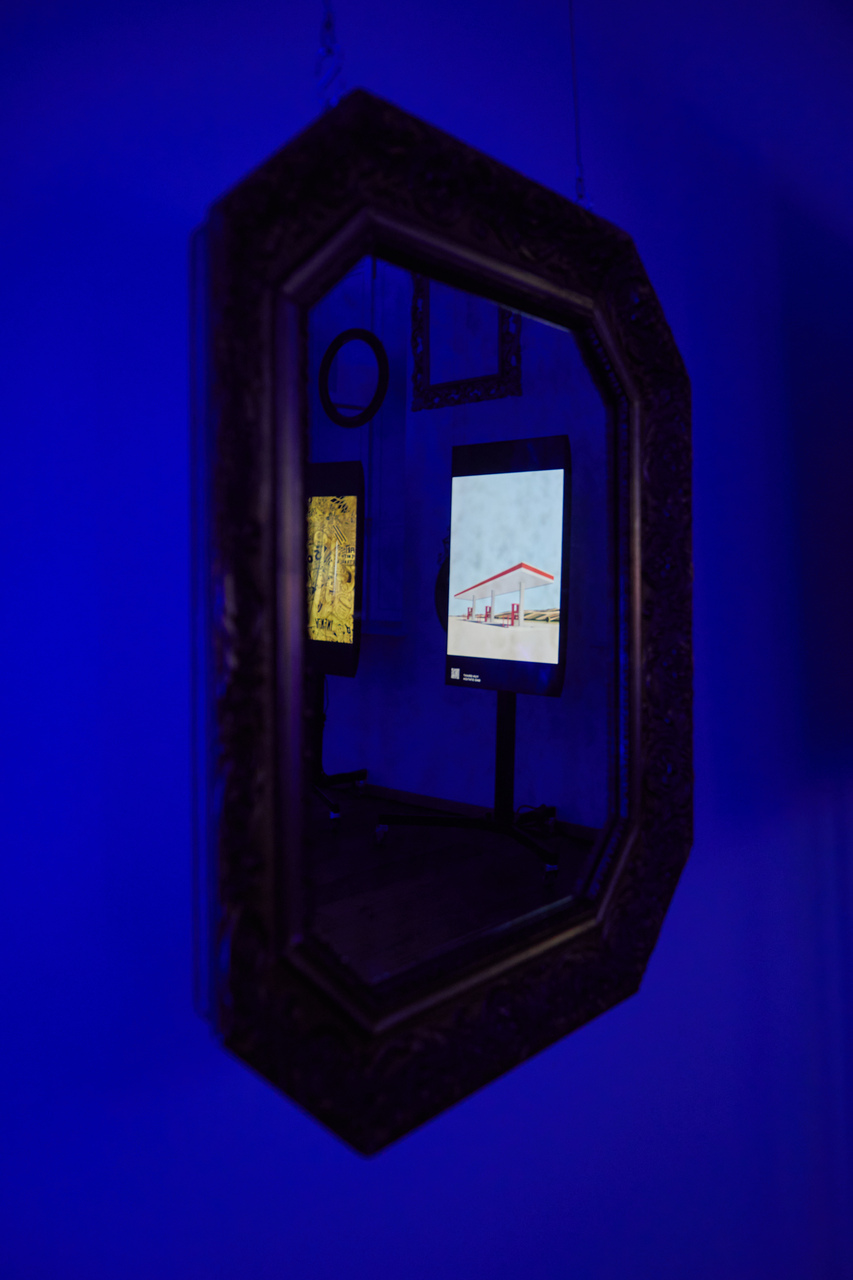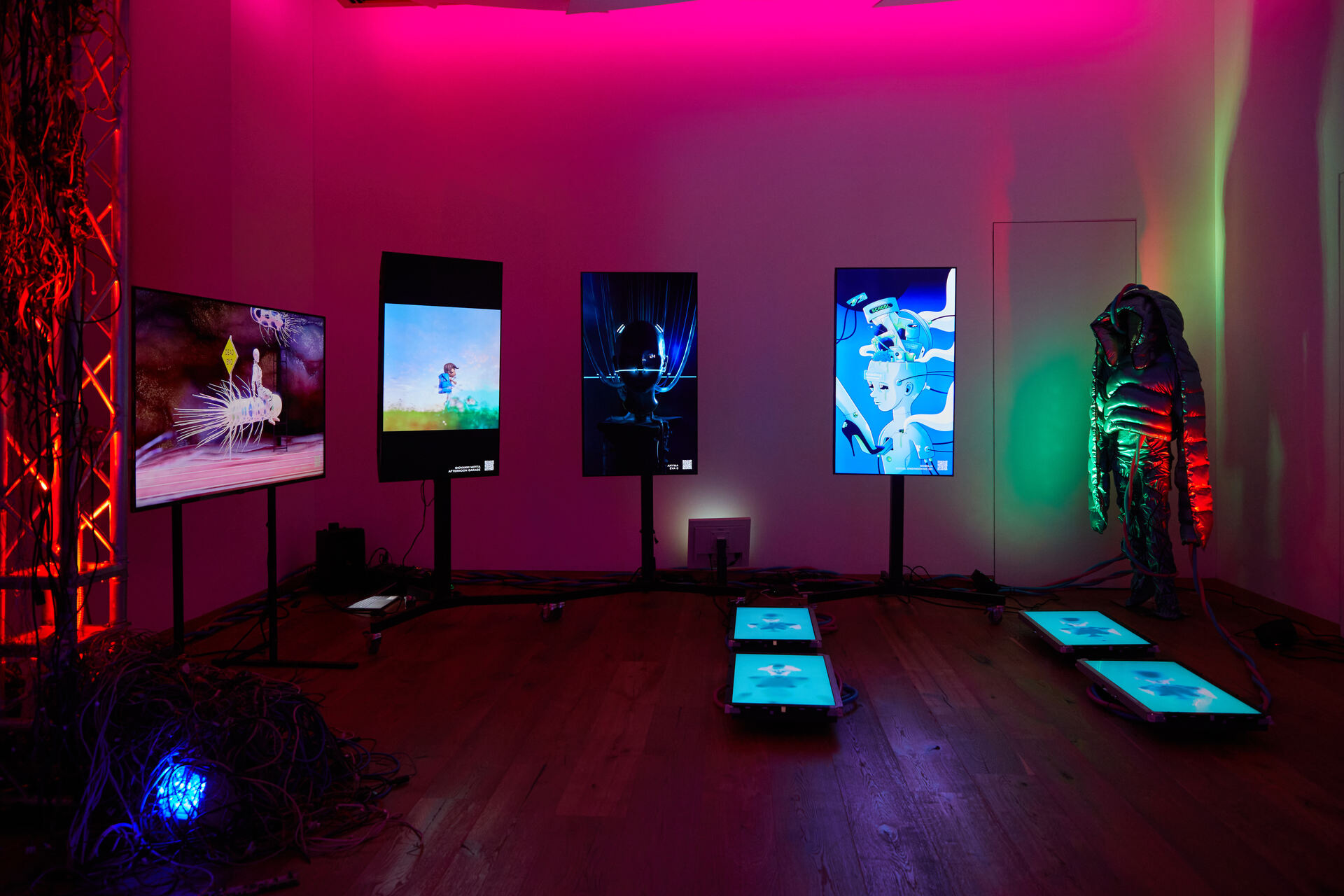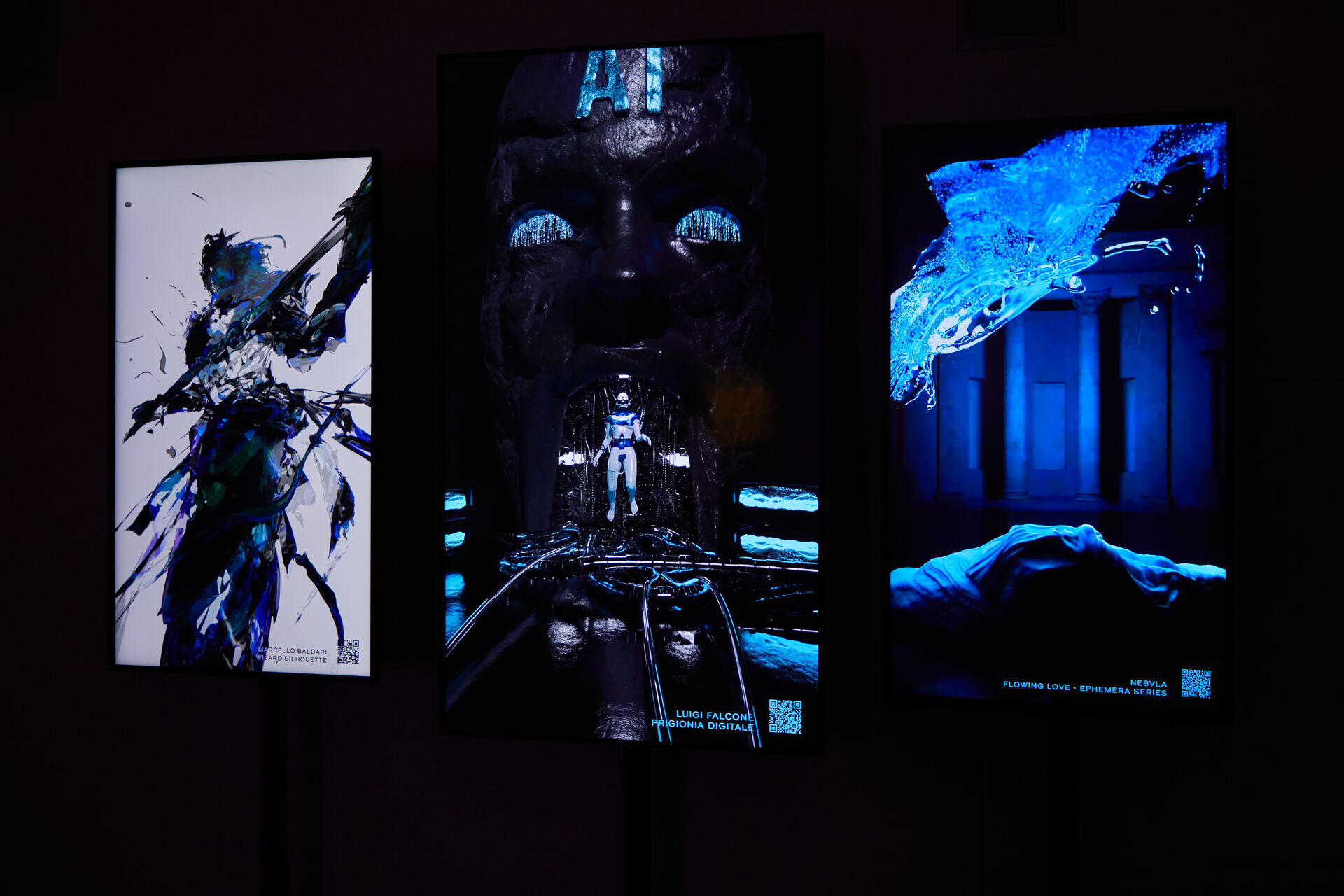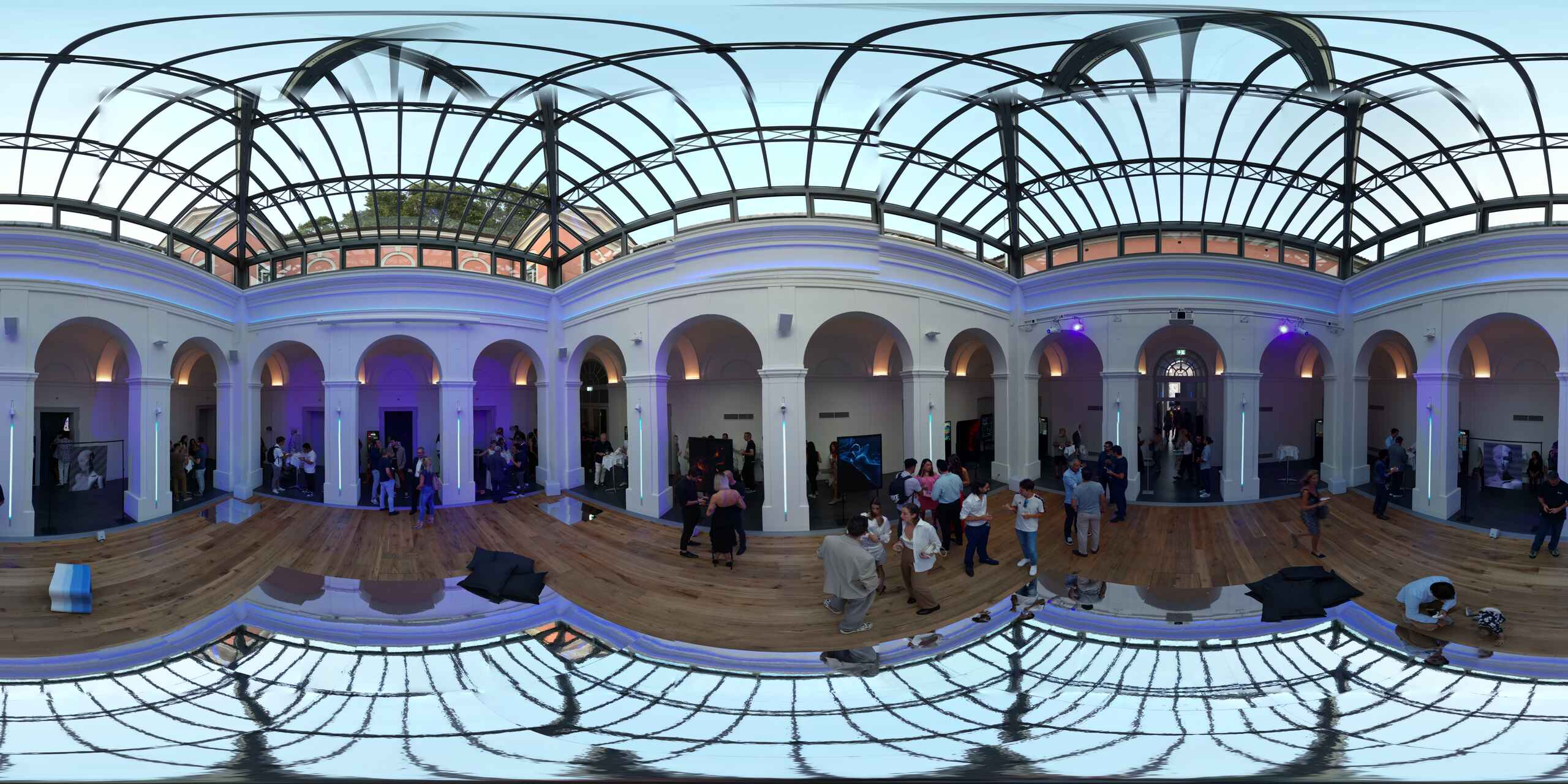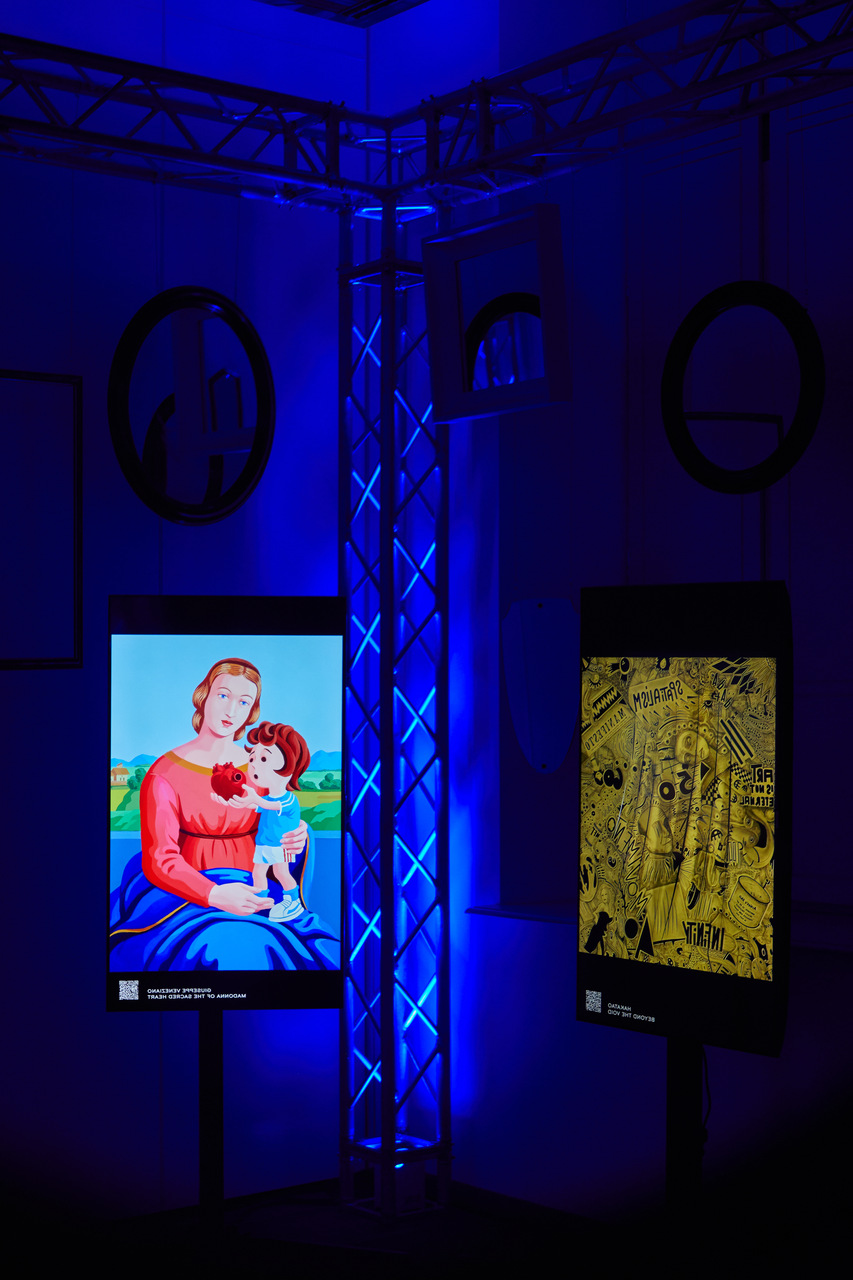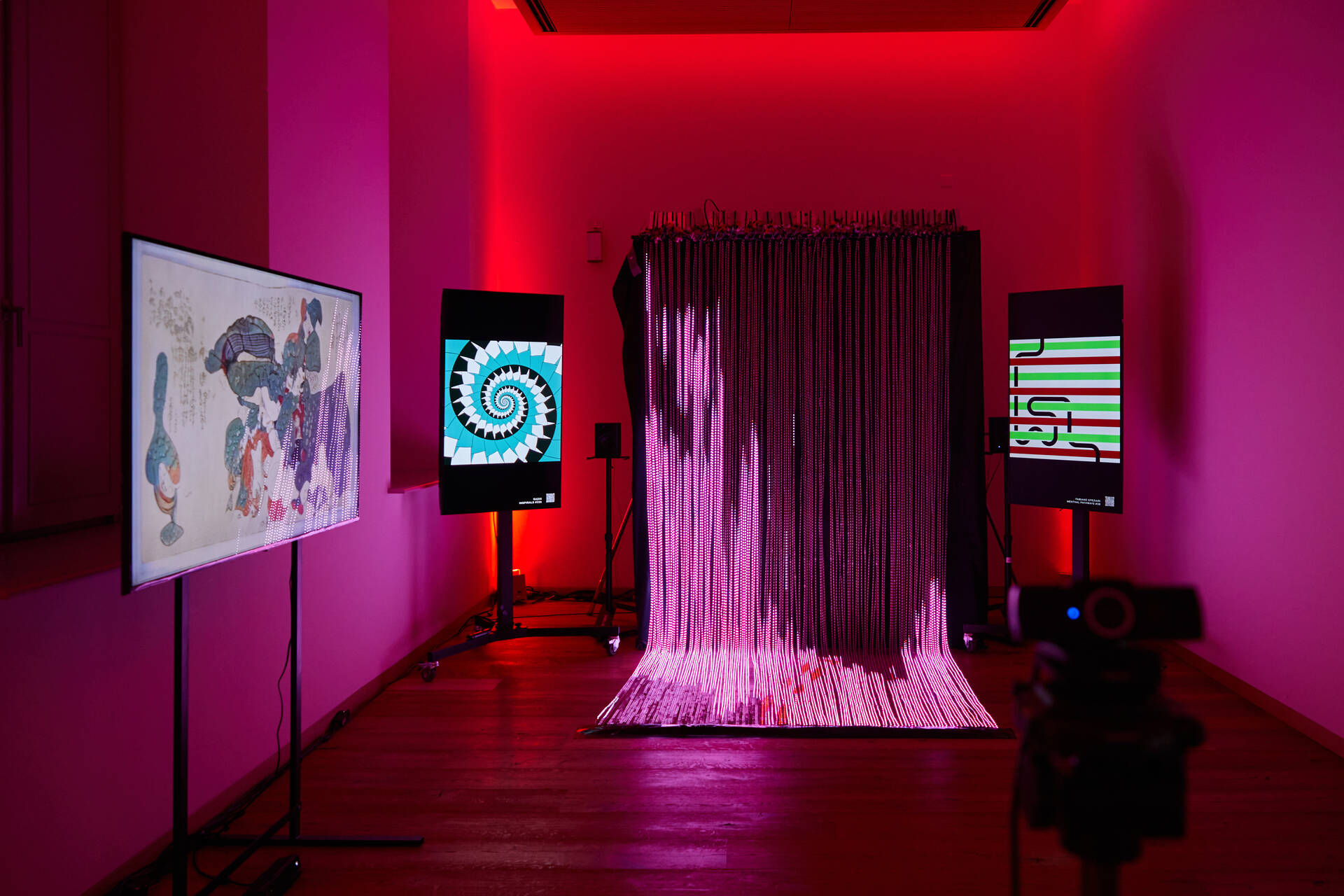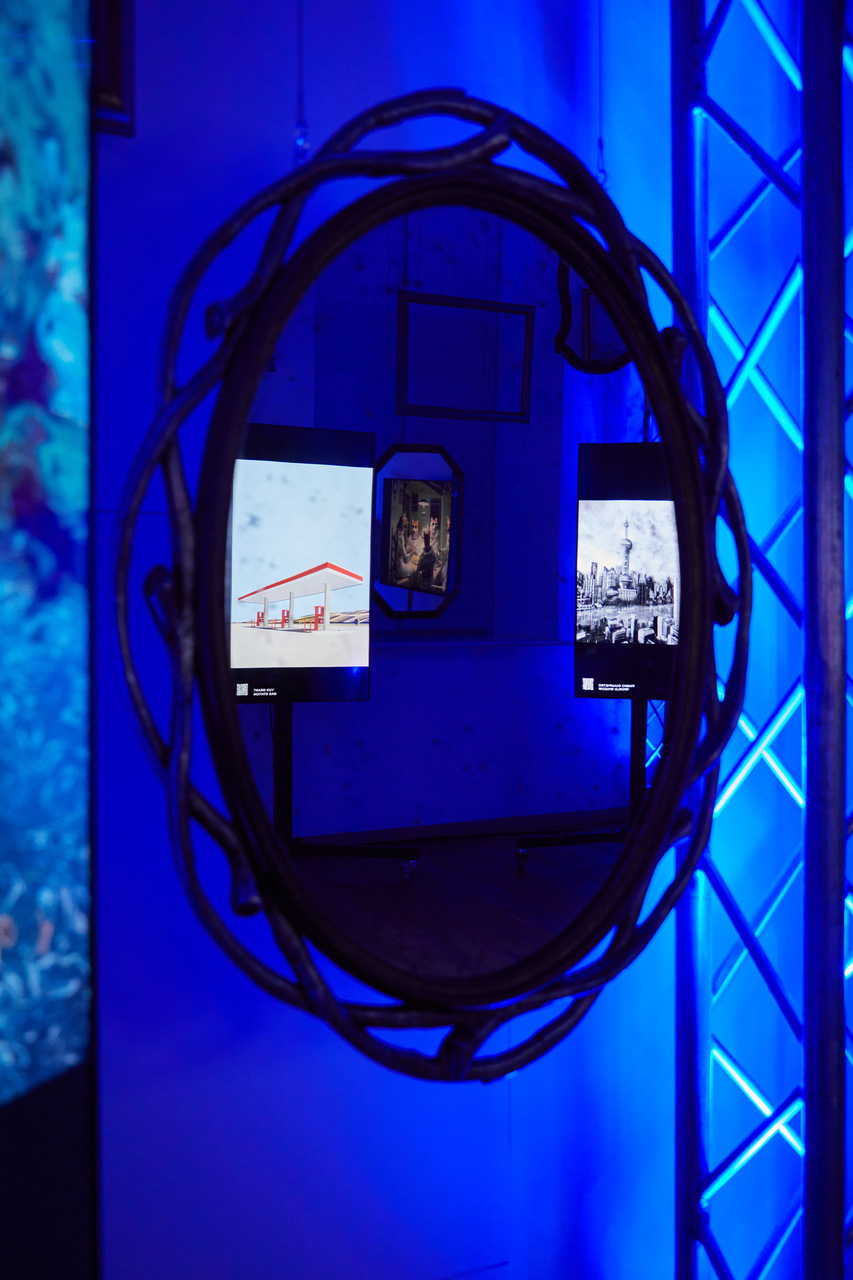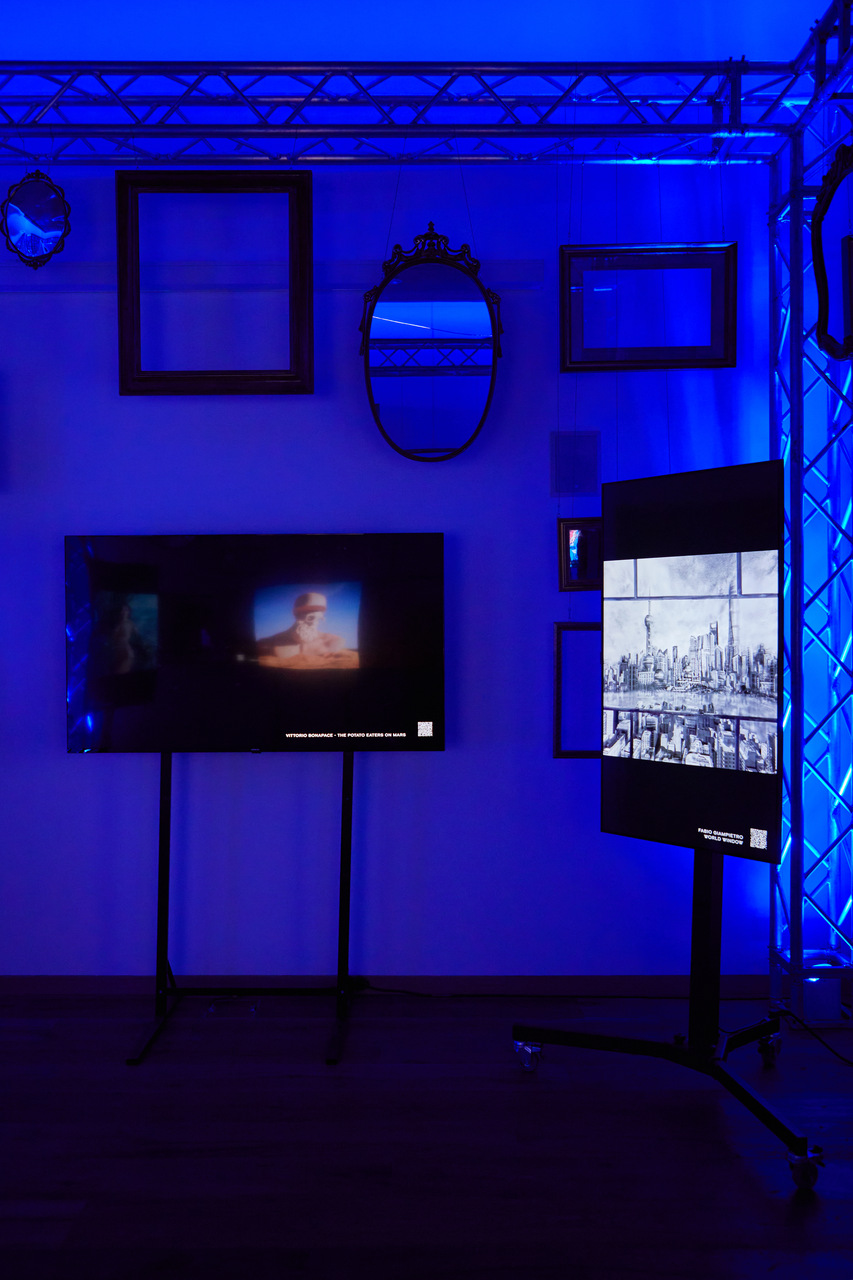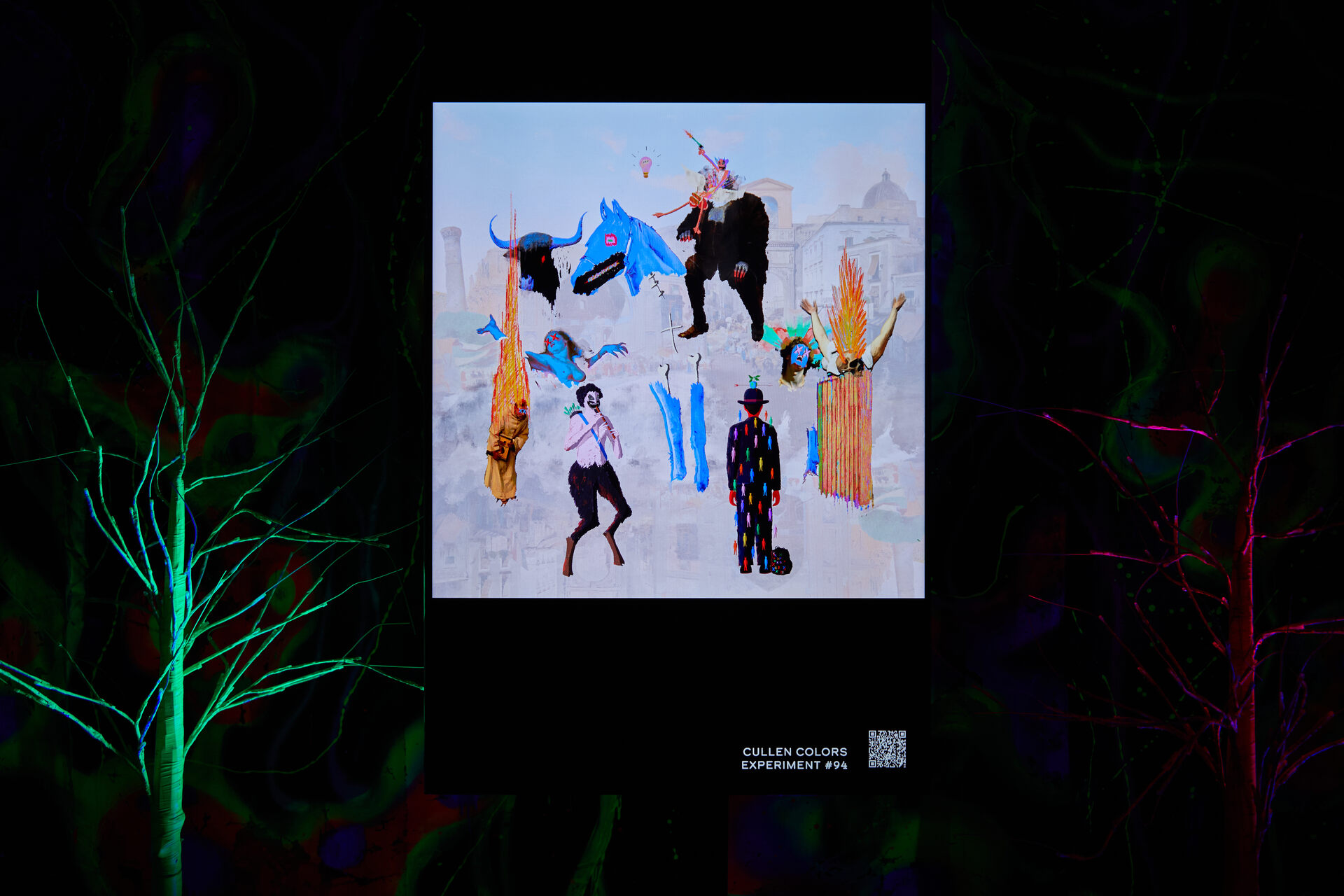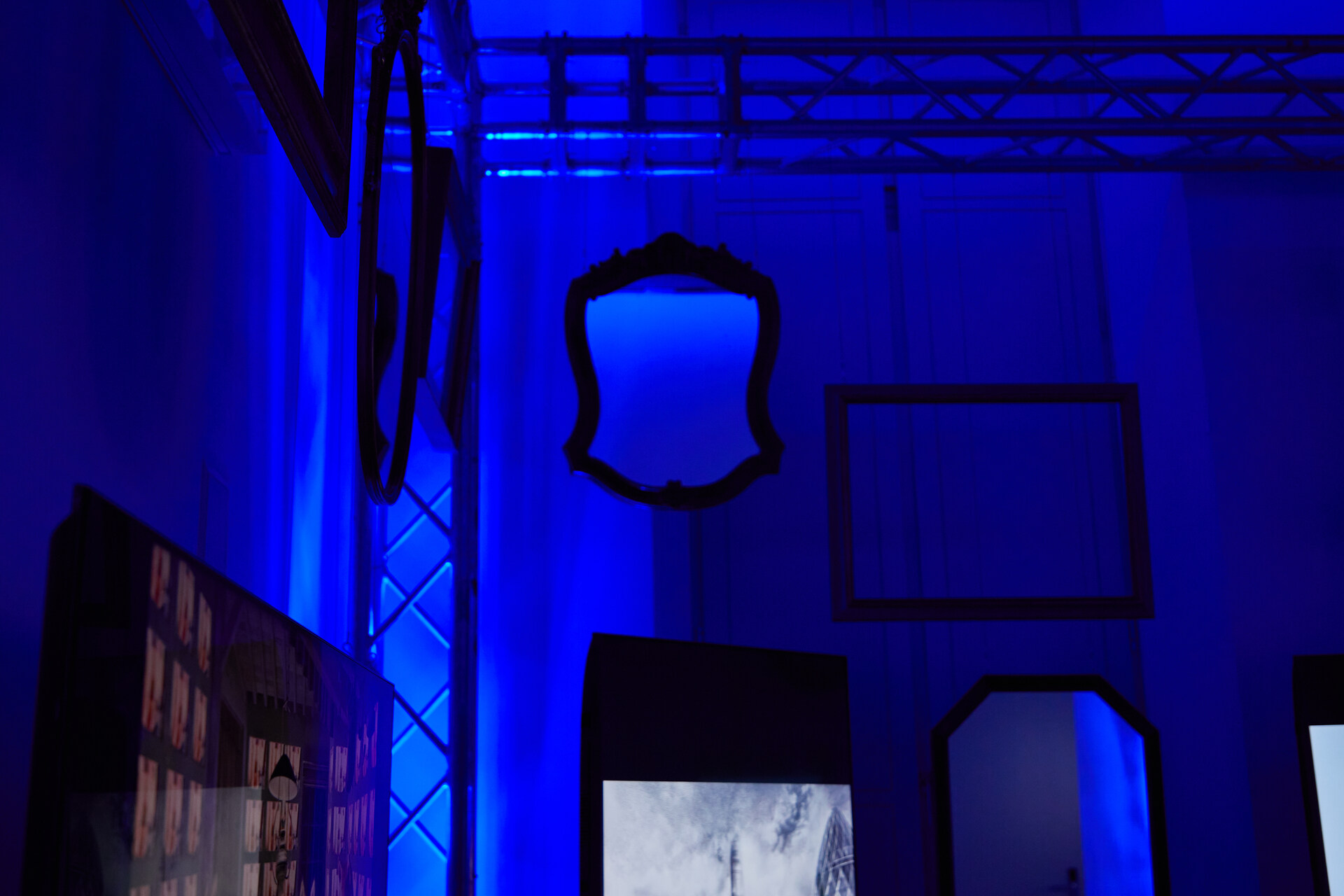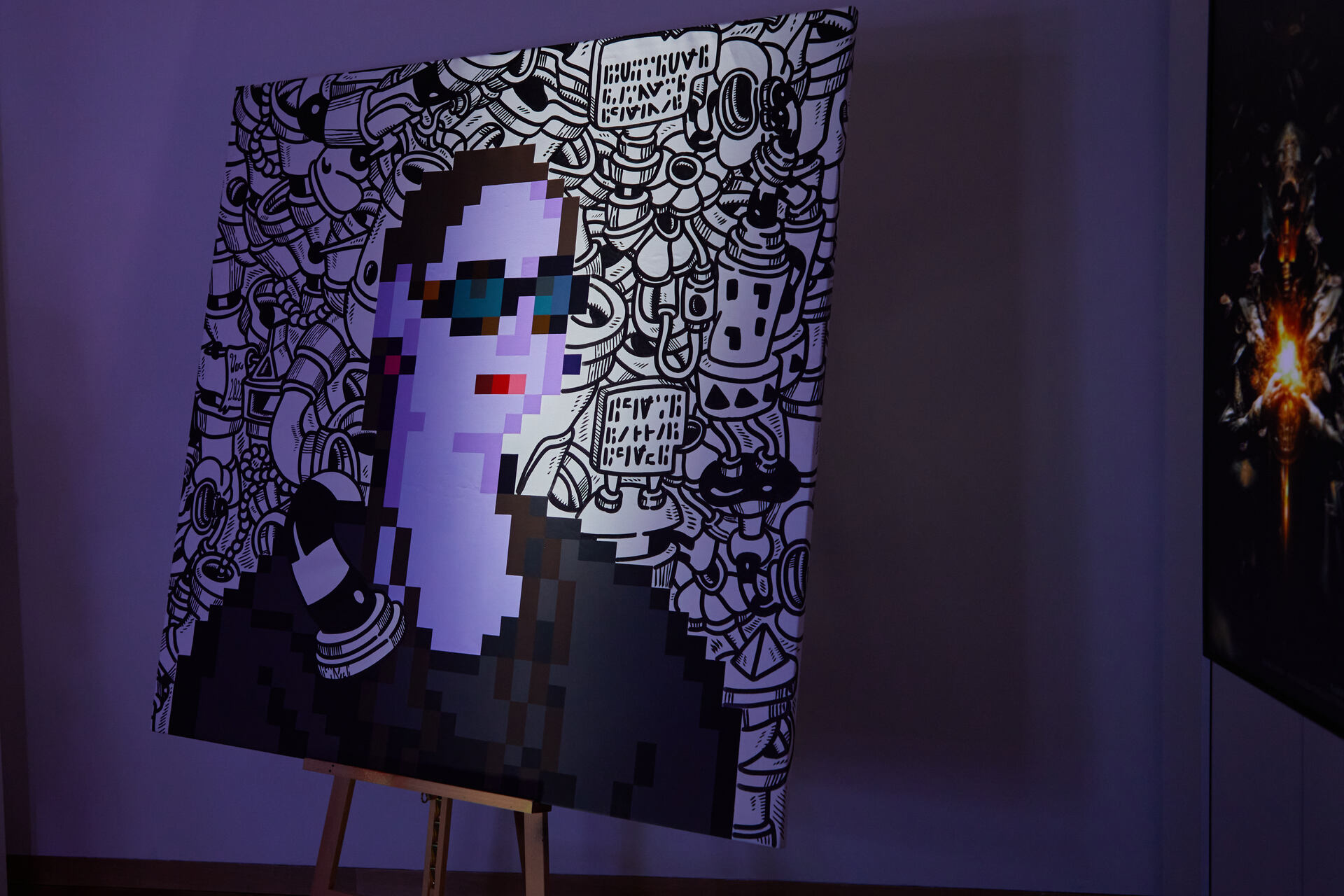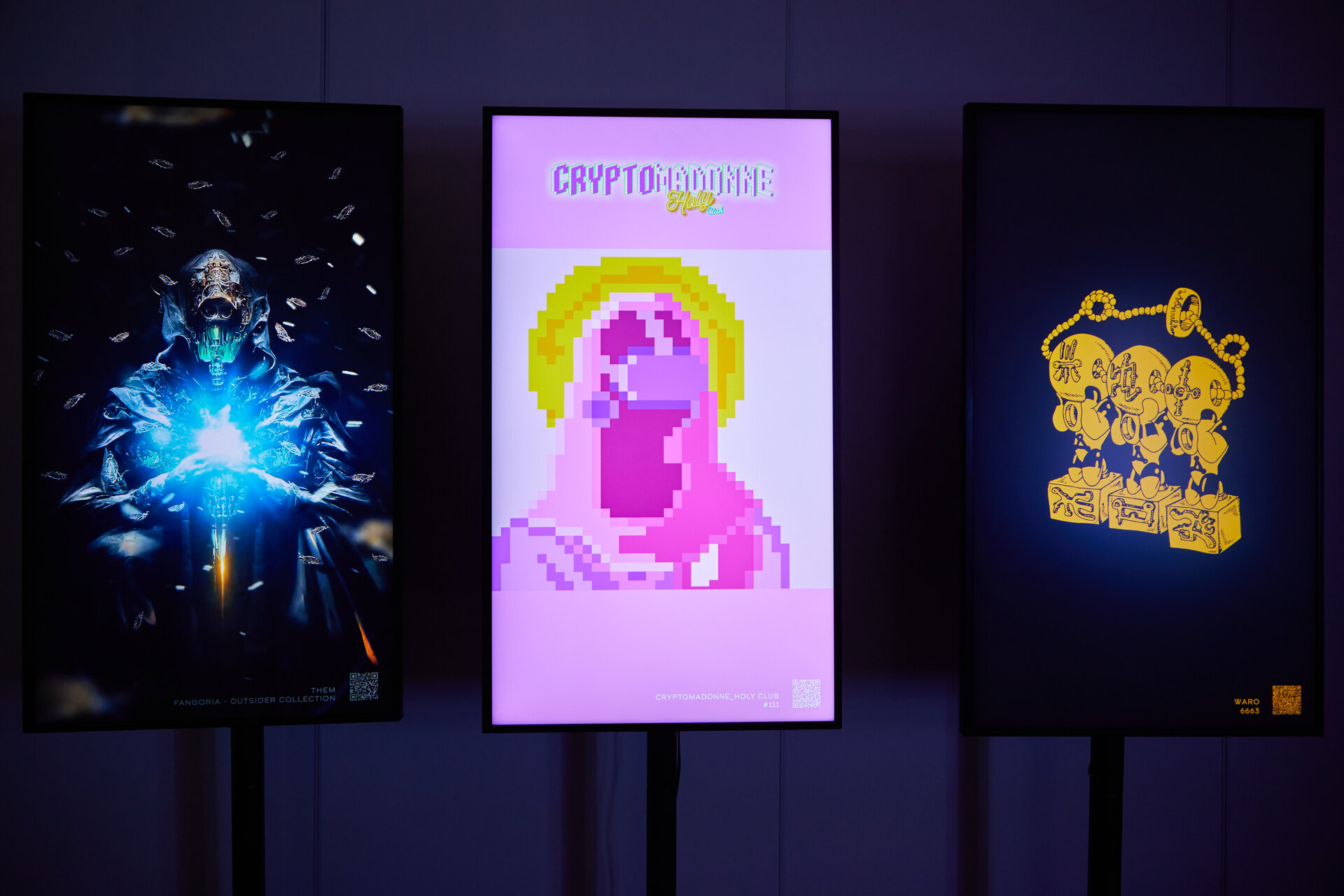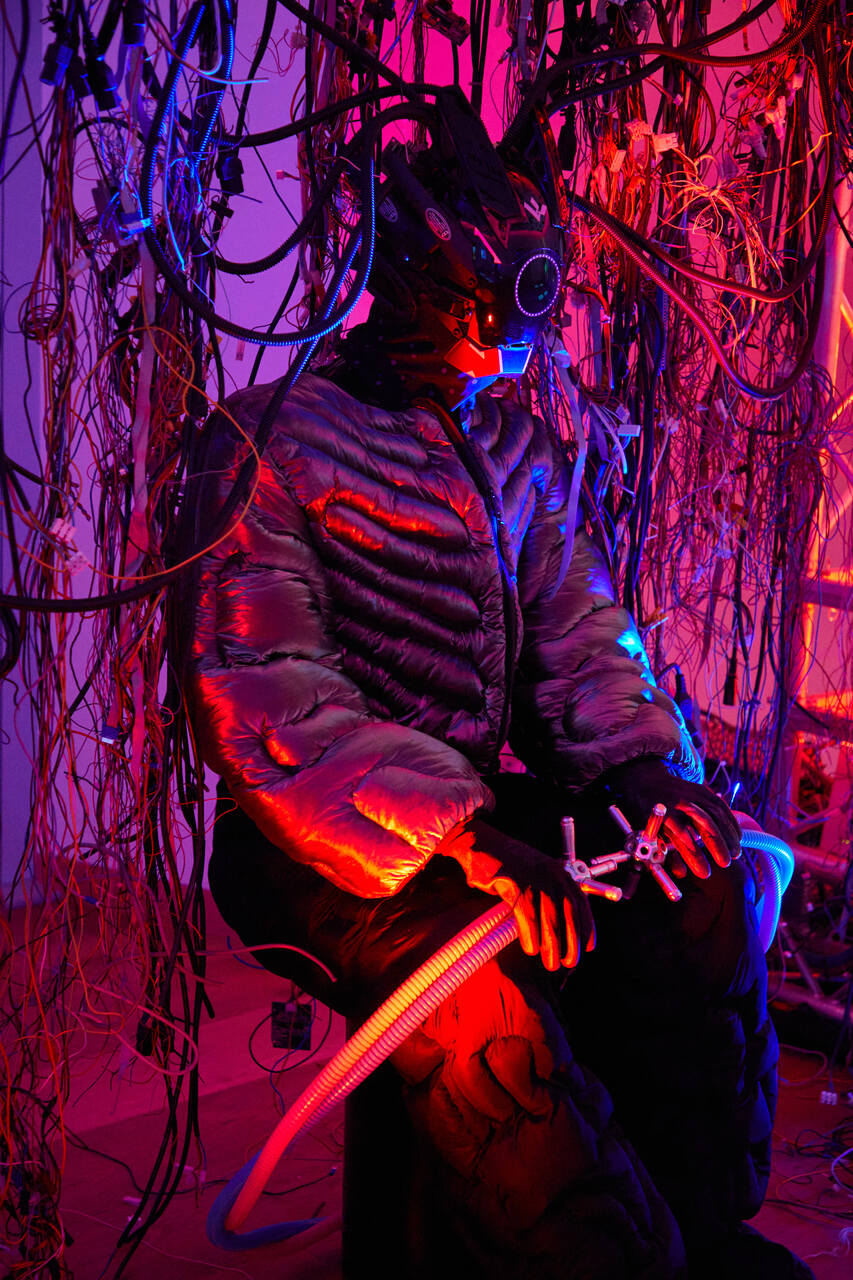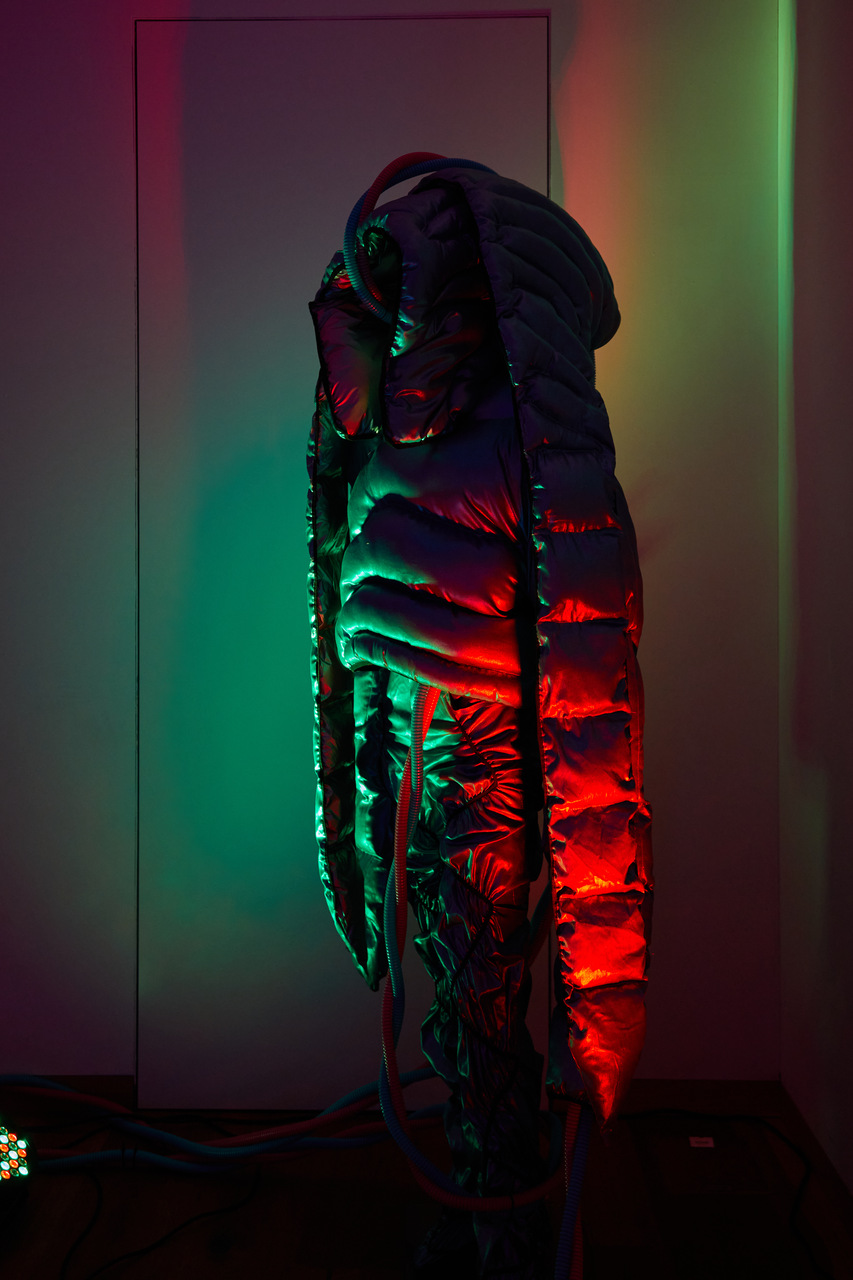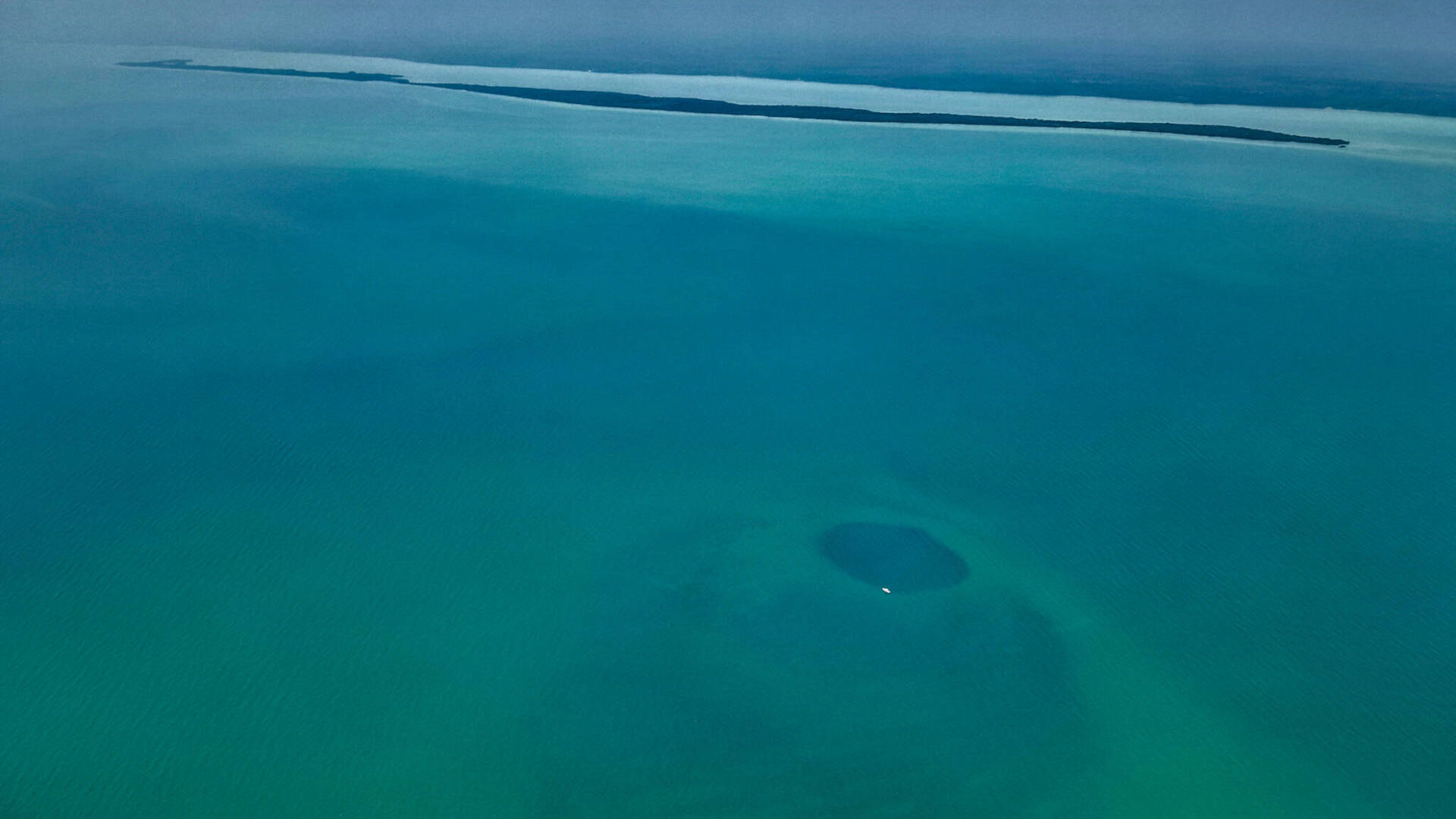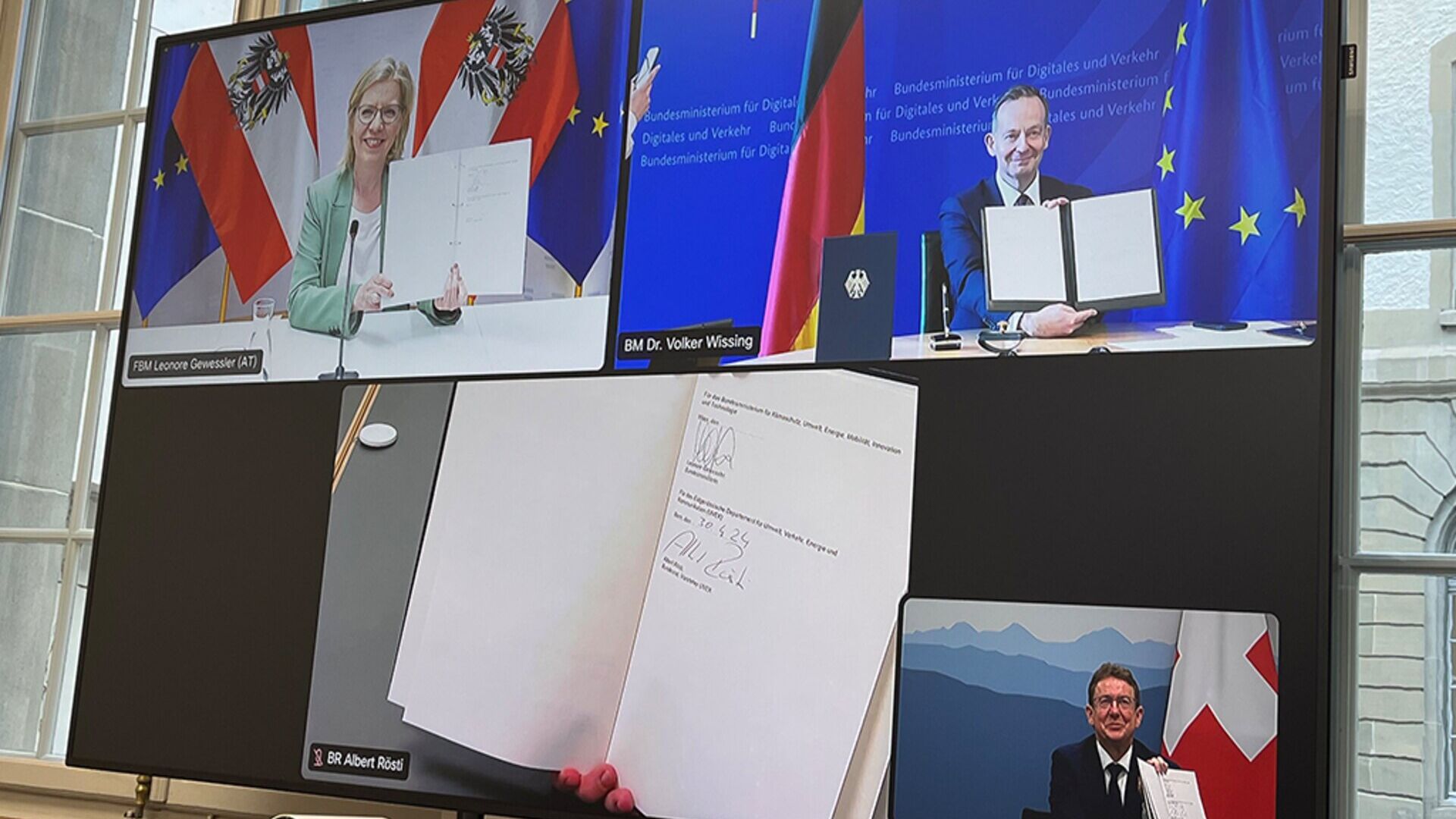All the reasons for the growing influence of AI in digital art
Analyzing the impact of generative AI on culture, society, and how we perceive traditional artistic expression
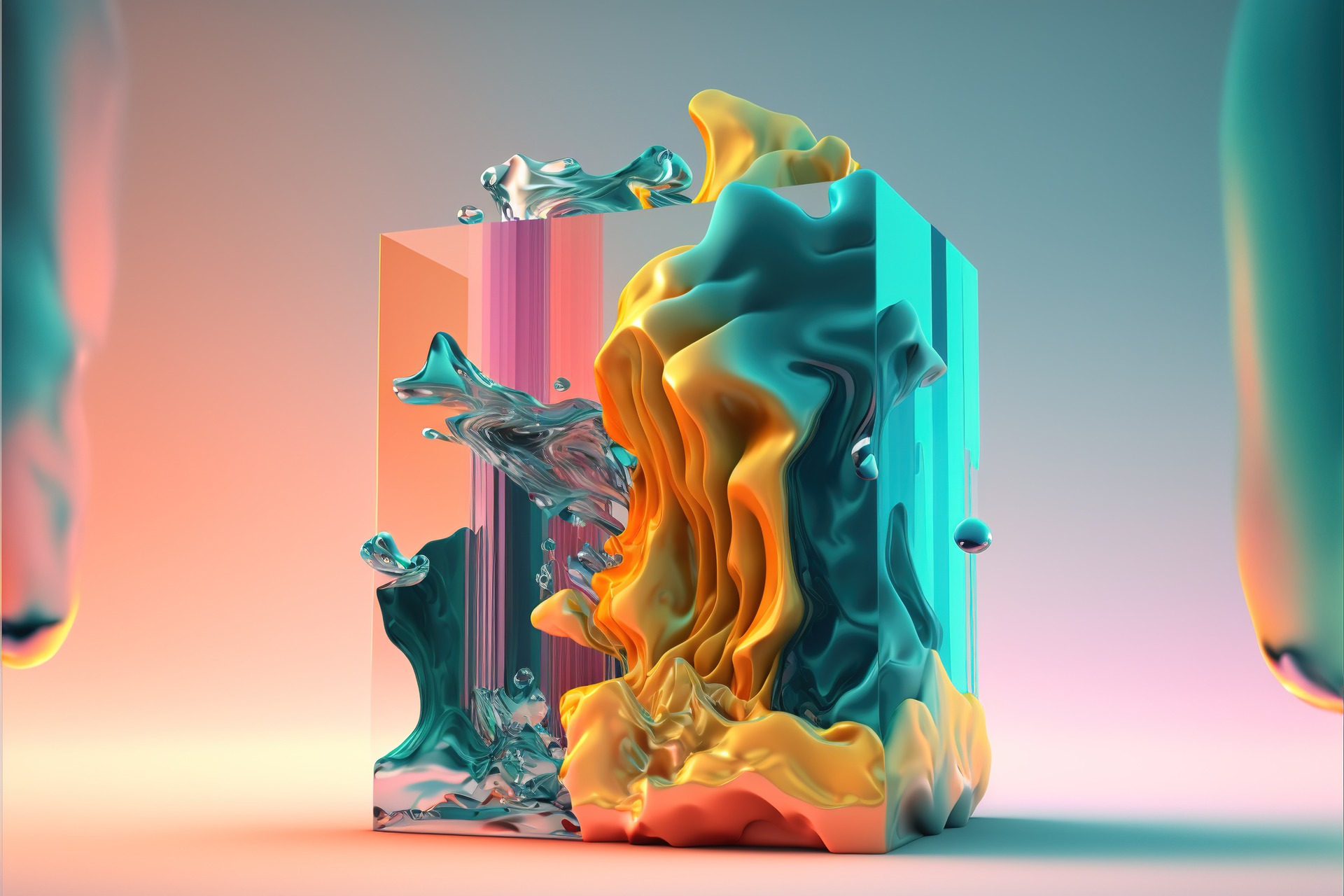
The advent of artificial intelligence has opened new horizons in the artistic field, radically transforming the creative process and the ways in which we conceive and enjoy art.
Powered by algorithms and neural networks, it has taken on an important role in the evolution of artistic expressions, exploiting the power of AI to generate unique and surprising works.
It represents a meeting point between human creativity and computational power, offering new perspectives and possibilities to digital artists and designers.
Generative art not only pushes us to explore new creative frontiers, but also invites us to reflect on the cultural and social implications of the intersection between technology and art.
The importance of generative digital art in the contemporary context is now evident: no one can any longer deny its relevance and futurity.
This creative tool not only introduces new modes of artistic expression, but also raises fundamental questions regarding the interaction between technology and human creativity.
The innovation of AR and its application to the world of art
Imagination and intelligence in power: it is the first "NFT Fest" in Lugano
An inevitable and crucial debate on the themes of the authenticity of the works and the role of the artist
The debate arises spontaneously on issues such as the authenticity of the work and the role of the artist.
Traditionally, the authenticity of a work of art has been associated with its provenance and the hand of a human being, but in the digital environment, where works can be reproduced and manipulated with ease, this conception has been called into question .
This is because generative digital works, created through algorithms and computational processes, raise questions about the very definition of authenticity.
While the artist remains the creator and mentor behind the work, his or her authority may be challenged by collaboration with AI and other technologies.
This circumstance raises questions about the responsibility and authority of the artist, since artificial intelligence can take an active role in the creative process, influencing the final result.
Ethics and responsibility play a crucial role, as the use of AI raises a number of complex ethical questions and dilemmas.
One of the main questions concerns the origin of the work and the role of the artist in the creative process.
So, while in the past the work of art was closely associated with the hand and vision of the artist, in the generative digital age the line between human creator and algorithm becomes blurred.
This raises questions about the nature of authenticity and the validity of algorithmically generated works: to what extent can a work be considered authentic if it was created primarily by an algorithm?
Digital art and the legend of… the lake Lugano monster
The first "experiential" tokens arrive with Notable's eNFTs

(AI illustration: Bafunno Group)
The vexed issue of privacy and data security of those involved in the creative process
Furthermore, the use of Artificial Intelligence raises concerns regarding intellectual property and privacy.
The algorithms used to create generative artworks often rely on large amounts of data, including personal news and sensitive information.
This leads to the need to carefully consider the implications for the privacy and data security of those involved in the creative process.
Furthermore, intellectual property issues become more complex when dealing with algorithmically generated works, as it can be difficult to determine who actually has the right to own and exploit the work.
Discovering digital art with the "Cyber Dreams" exhibition
At the Venice Film Festival a cinema on the wave of digitalisation
Synergies with software developers and engineers to create dynamic and surprising digital worlds
However, generative art also acts as a driver of technological innovation, a bridge between artistic expression and the new frontiers of technology.
In the field of computational graphics, generative artists exploit complex algorithms to create images and designs that go beyond the capabilities of the human hand, introducing fascinating visual approaches.
The synergy between art and technology not only stimulates visual creativity, but also nourishes the development of advanced tools and software, pushing artists themselves to improve their graphics processing and rendering capabilities.
In the virtual reality (VR) sector, generative art will play a crucial role in enriching immersive experiences.
Artists can collaborate with software developers and engineers to create dynamic and surprising digital worlds, transforming artistic enjoyment into a multi-sensory experience.
This opens new horizons for entertainment, training and simulation, profoundly influencing the design of virtual environments and our perception between physical and virtual.
NFT and digital art: the harmonic evolution that serves the real world
Anticipation for the "NFT Fest & Web3 Conference" is growing in Ticino
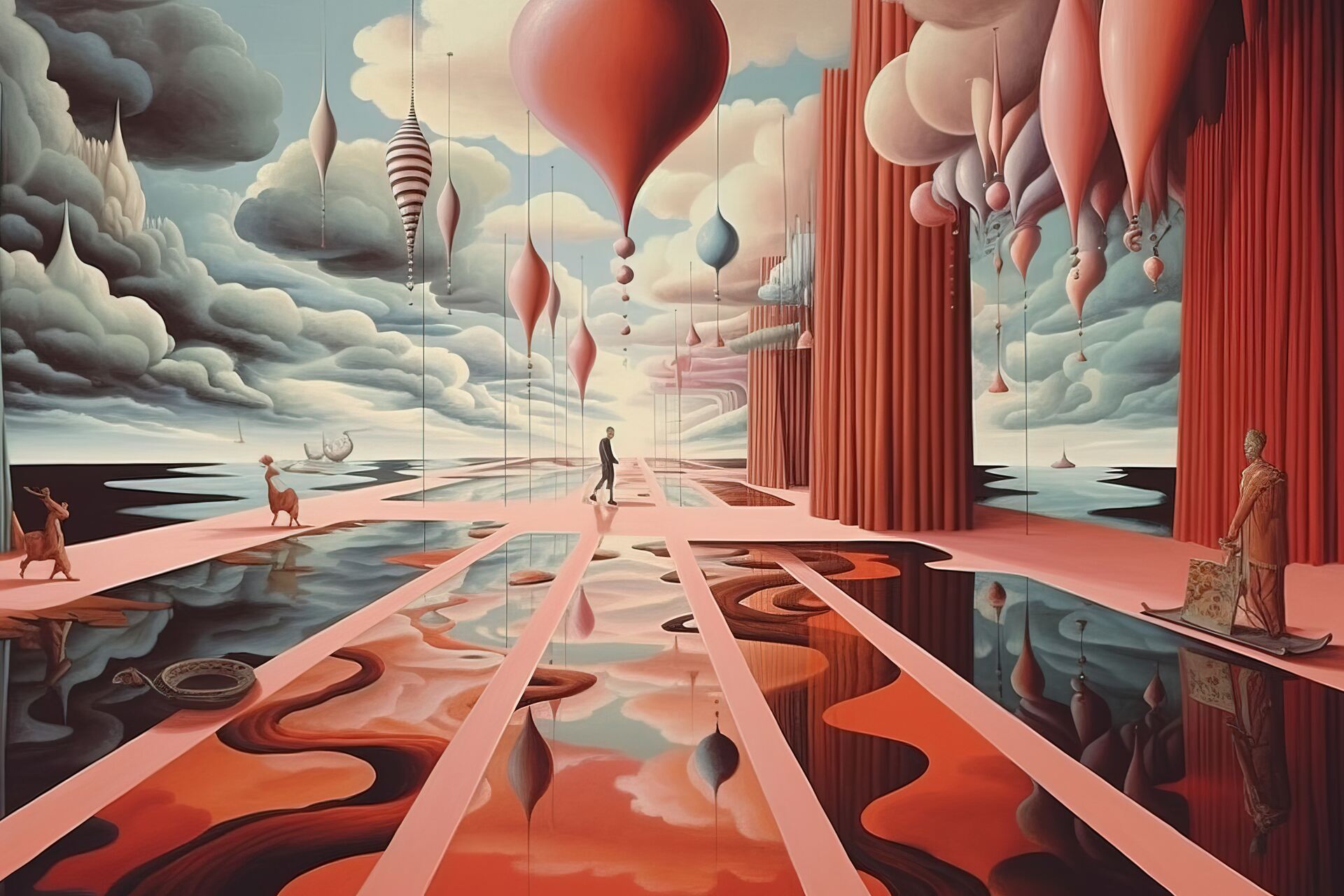
(AI illustration: Bafunno Group)
Interactivity and participation, involving the public in new forms of artistic co-creation
In conclusion, in the coming years we expect to see a continuous evolution of the techniques and tools used by generative artists, pushed further forward by the advancement of algorithms.
Generative art is expected to become increasingly interactive and participatory, engaging audiences in new forms of artistic co-creation.
One of the main challenges that generative digital art will have to face certainly concerns ethics and responsibility.
It is critical that the artists, developers and managers involved work together to develop ethical and regulatory guidelines.
However, along with the challenges, numerous opportunities also emerge, from entertainment and science to planning and design, and education.
From the Alfa Romeo F1 Team Stake by BOOGIE to art for… the fans
In Lugano, NFTs also mark the digital transformation
The digital artwork “Lady Unveiled” by Gloria Gatti and Maurizio Seracini
The monster fish of Lugano in 3D Augmented Reality by Roberto Giavarini
A 1:1 NFT for the Lamborghini Aventador LP 780 4 Ultimae Coupé
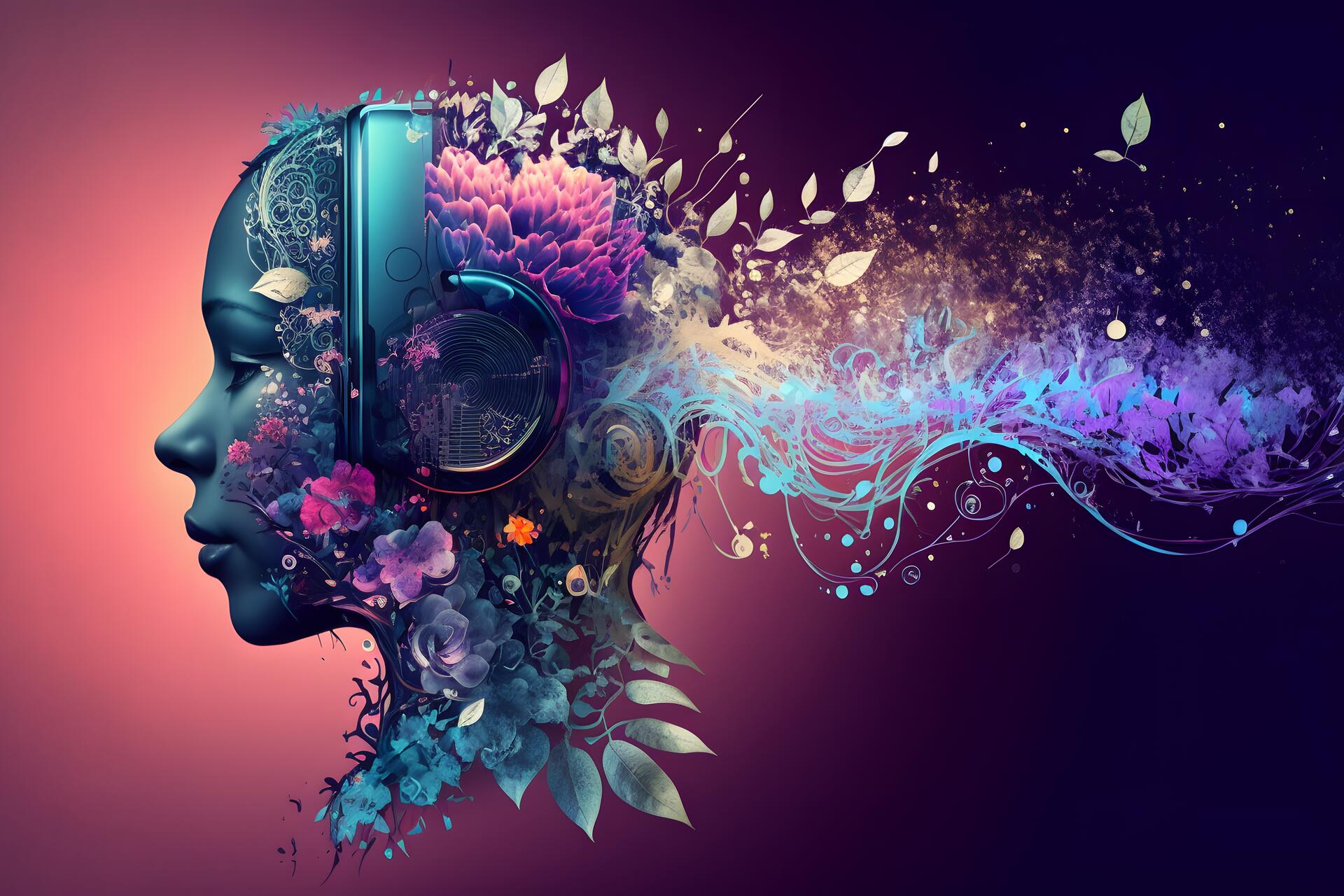
You may also be interested in:
Taam Ja' is the deepest “blue hole” in the world: the discovery
Marine cavity probed off Yucatan Peninsula, found four times deeper than previous record-breaking sinkhole in Belize
In Brazil the first meeting in the world between biosafety and synchrotrons
In Campinas, a NB4 level maximum biological containment laboratory will be connected to the light sources of a particle accelerator
In Alto Adige today EDIH NOI is the new point of reference for AI
4,6 million euros from the PNRR fund will be allocated to Bolzano for services to local companies in the digitalisation of intelligence…
by Editorial staff Innovando.NewsEditorial staff of Innovando.News
Austria, Germany and Switzerland for "more innovative" cargo railways
DACH Ministers Leonore Gewessler, Volker Wissing and Albert Rösti: the introduction of Digital Automatic Pairing is a key element
by Editorial staff Innovando.NewsEditorial staff of Innovando.News

